Hello, travel community! It's Khoa again! Nice to be back, in my today's post. How are you today? We are entering the first days of this summer. This summer you intend, to go somewhere to travel? Today's article on Khoa will introduce to everyone a famous tourist city of Vietnam. The province that I want to talk about is Thua Thien Hue province. In Khoa's previous article, which introduced the tomb of a Vietnamese emperor, in today's travel article Khoa, I would like to introduce to everyone, the ancient capital of the feudal dynasties. Vietnam's last.
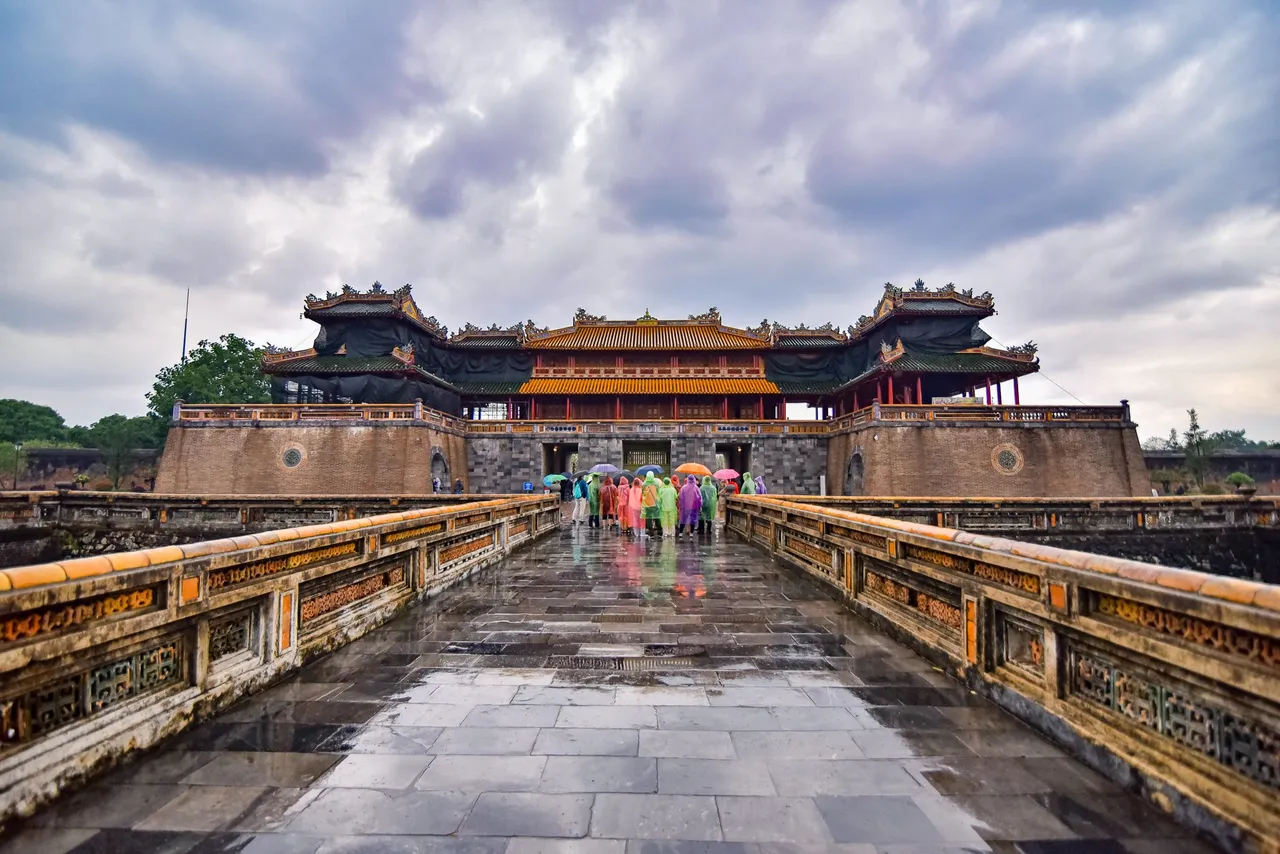
At the beginning of the article, Khoa will briefly introduce to everyone about the last feudal dynasty of Vietnam. In the history of Vietnam, stretching over the years, there are more than 10 dynasties in the history of the feudal period. The history of a country is not only the stories of the past, but it has the present and the future. Each dynasty has its prosperity and existence, without the past, how can it be today. The last feudal dynasty in Vietnam was the Nguyen Dynasty, established in 1802 and maintained until 1945. In 1802 when the Tay Son Dynasty, was defeated by Nguyen Anh's army, leading to its collapse. In 1802, when the country was unified, King Nguyen Anh ascended the throne and took the reign of Gia Long. Over 143 years, the Nguyen Dynasty had a total of 13 kings. In 1945, after the reforms and revolutions, the last feudal monarchy of Vietnam officially collapsed and the last king of the Nguyen dynasty, King Bao Dai, abdicated and lived in exile in France.
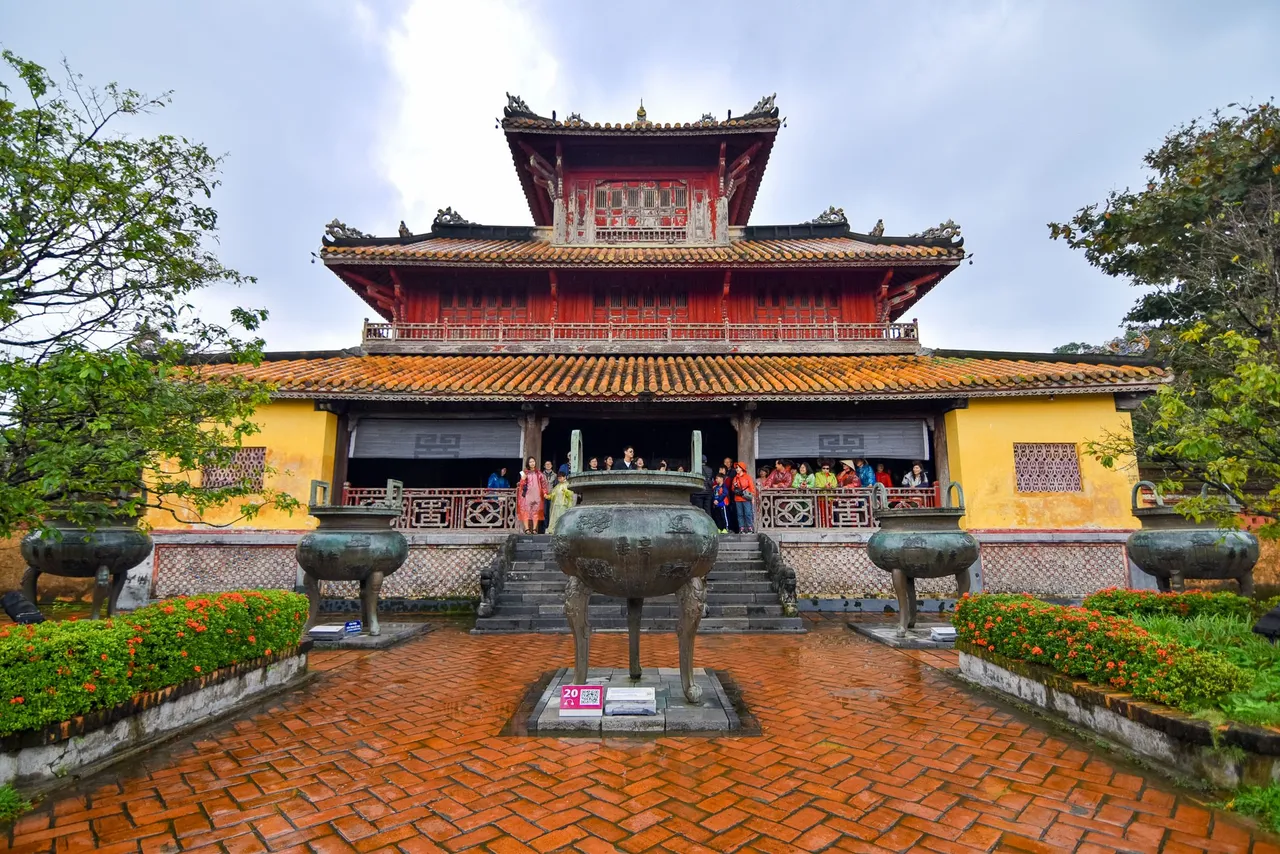
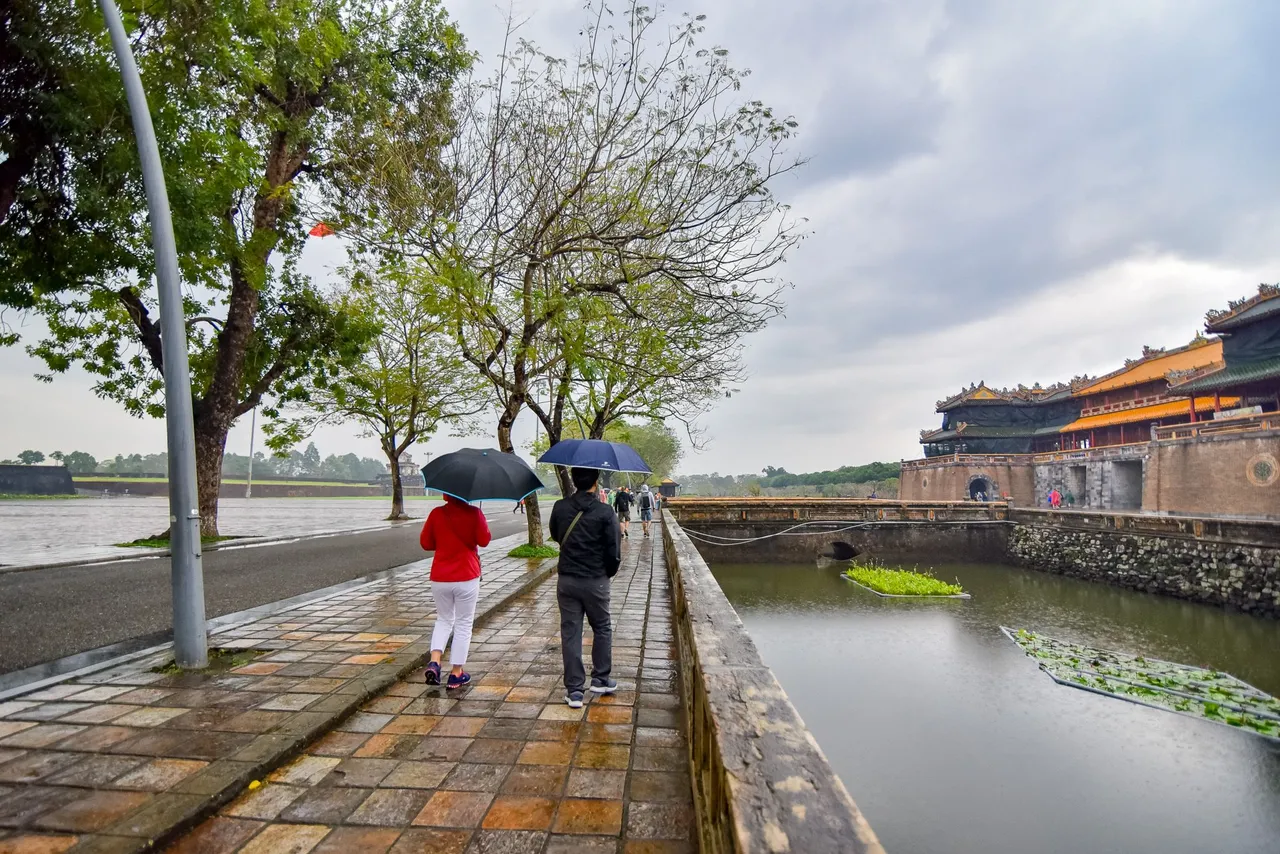
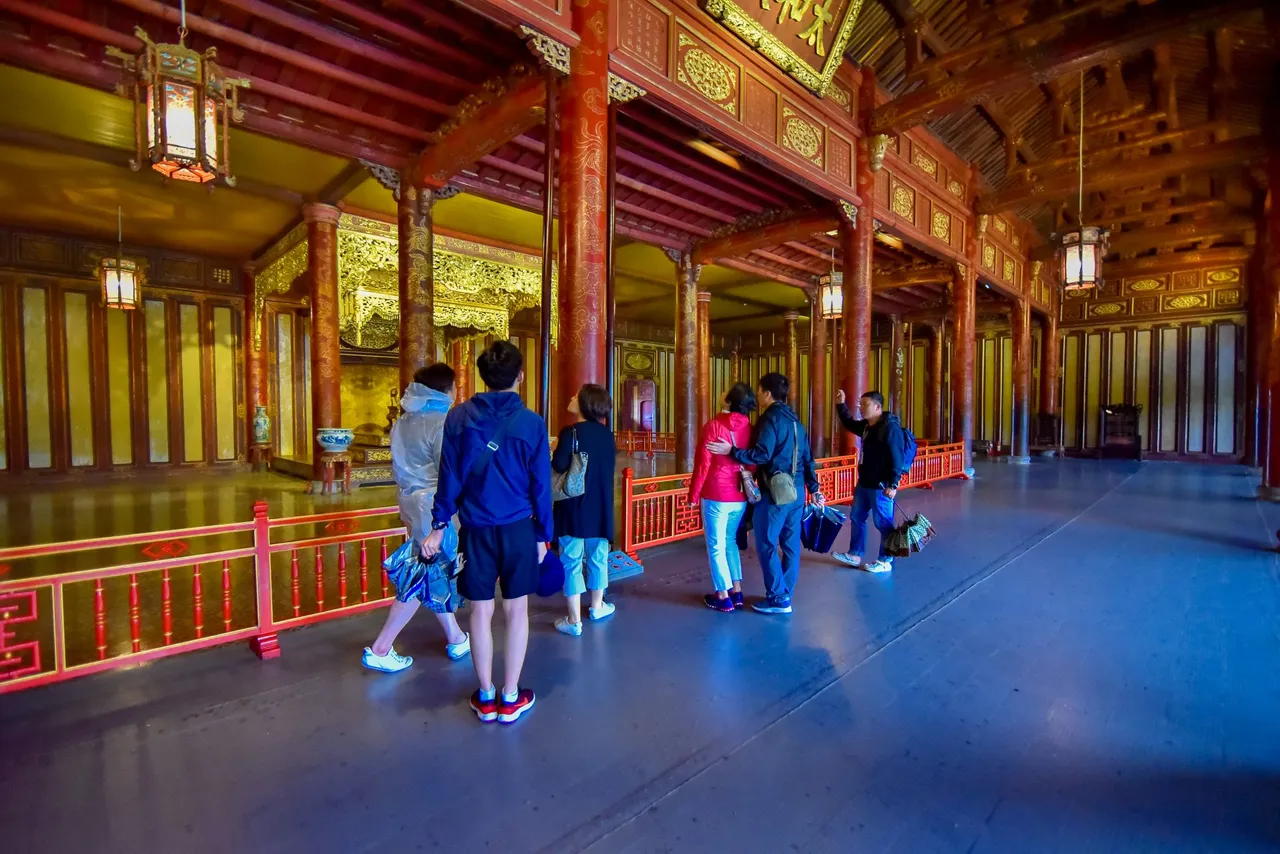
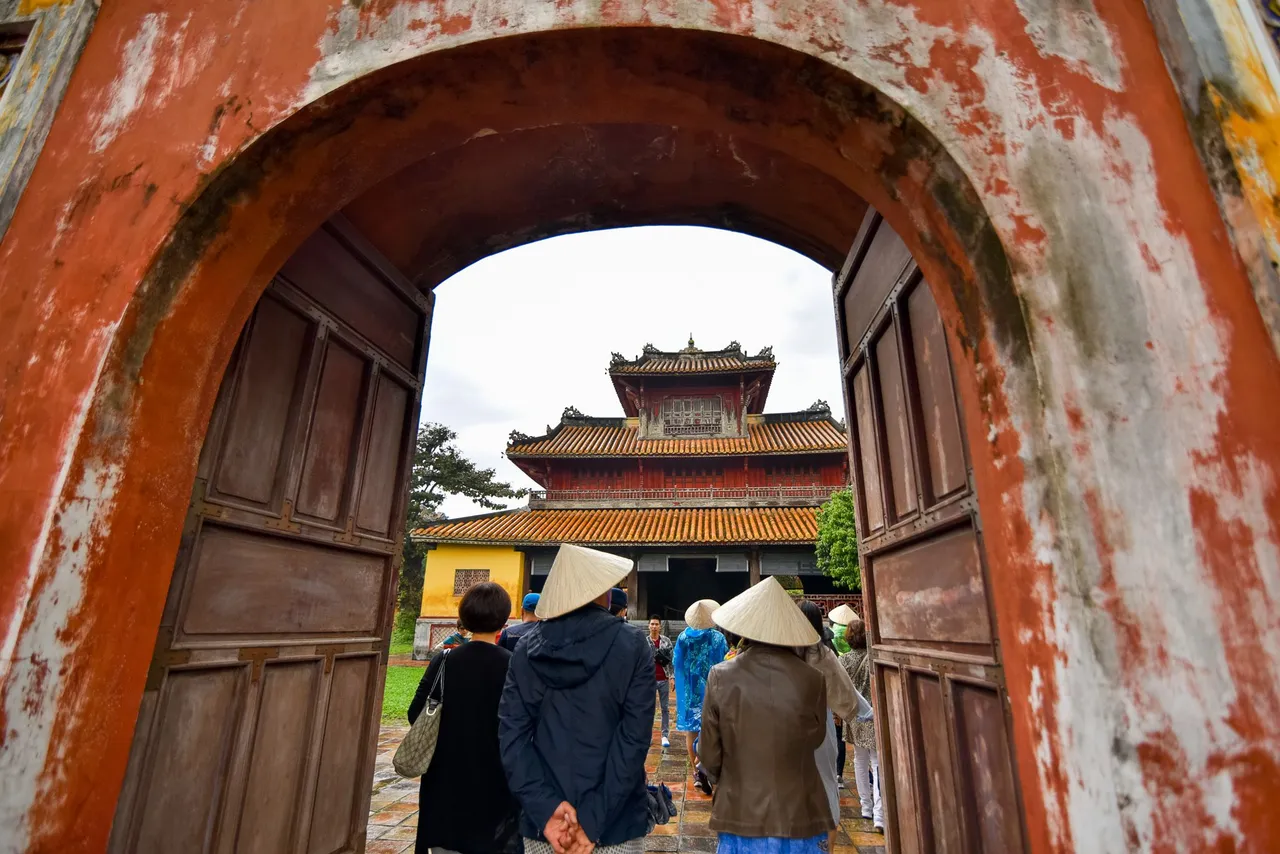
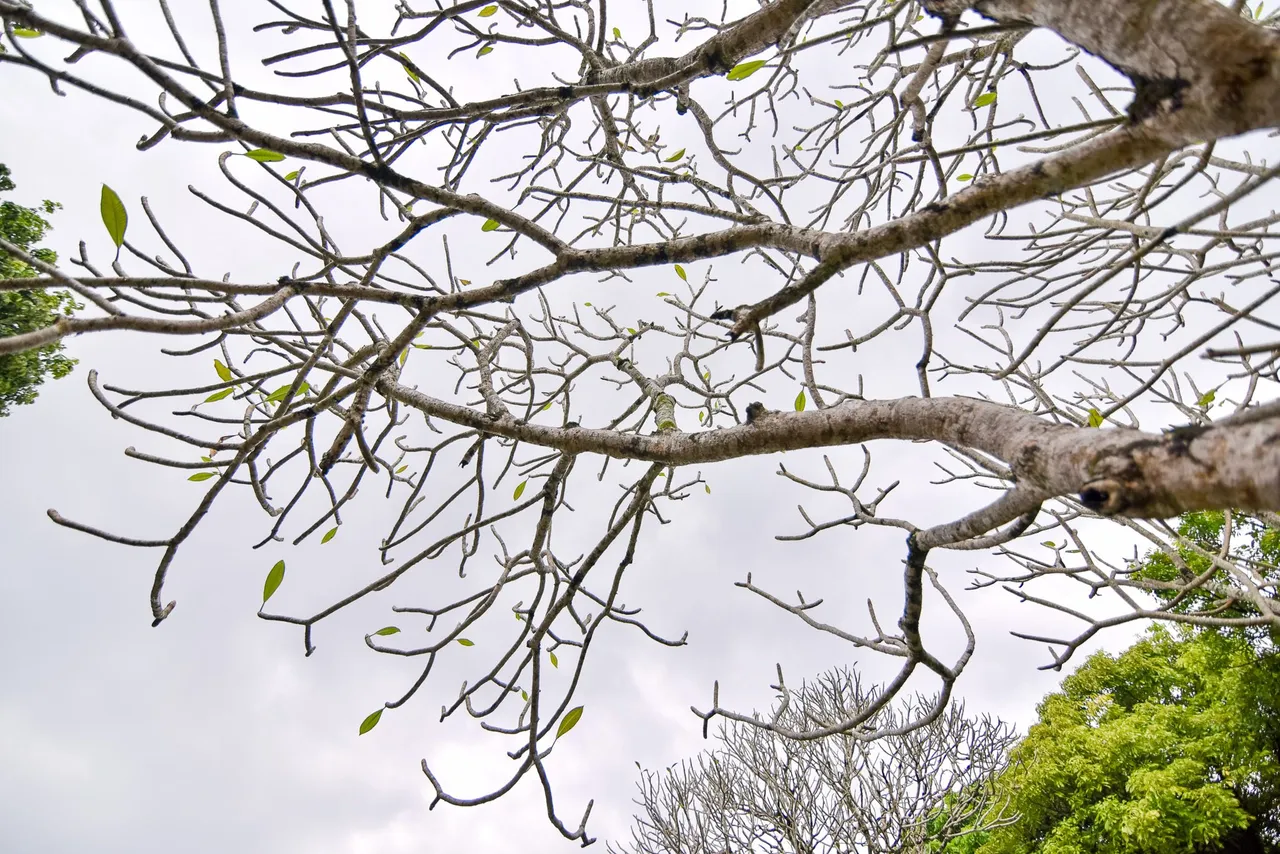
Today, Hue Ancient Capital is one of the famous tourist destinations, attracting many international tourists to visit. Hue Monuments Complex is one of the first world cultural heritages of Vietnam. Thua Thien Hue province is one of the provinces that still retain the ancient features of an old dynasty. In addition to tourist attractions, Hue Ancient Capital is also one of the places with the most delicious cuisine in Vietnam. The dishes of the Hue royal court are still kept today. In this article, I will introduce to everyone, that is the imperial city of Hue. To get here, visitors can come here by many different means, which can be cars and planes. Currently, the airport of Thua Thien Hue province has no international routes. Therefore, international tourists who want to visit Hue city, can go to Da Nang international airport and travel 100km from Da Nang city, to reach Thua Thien Hue province.
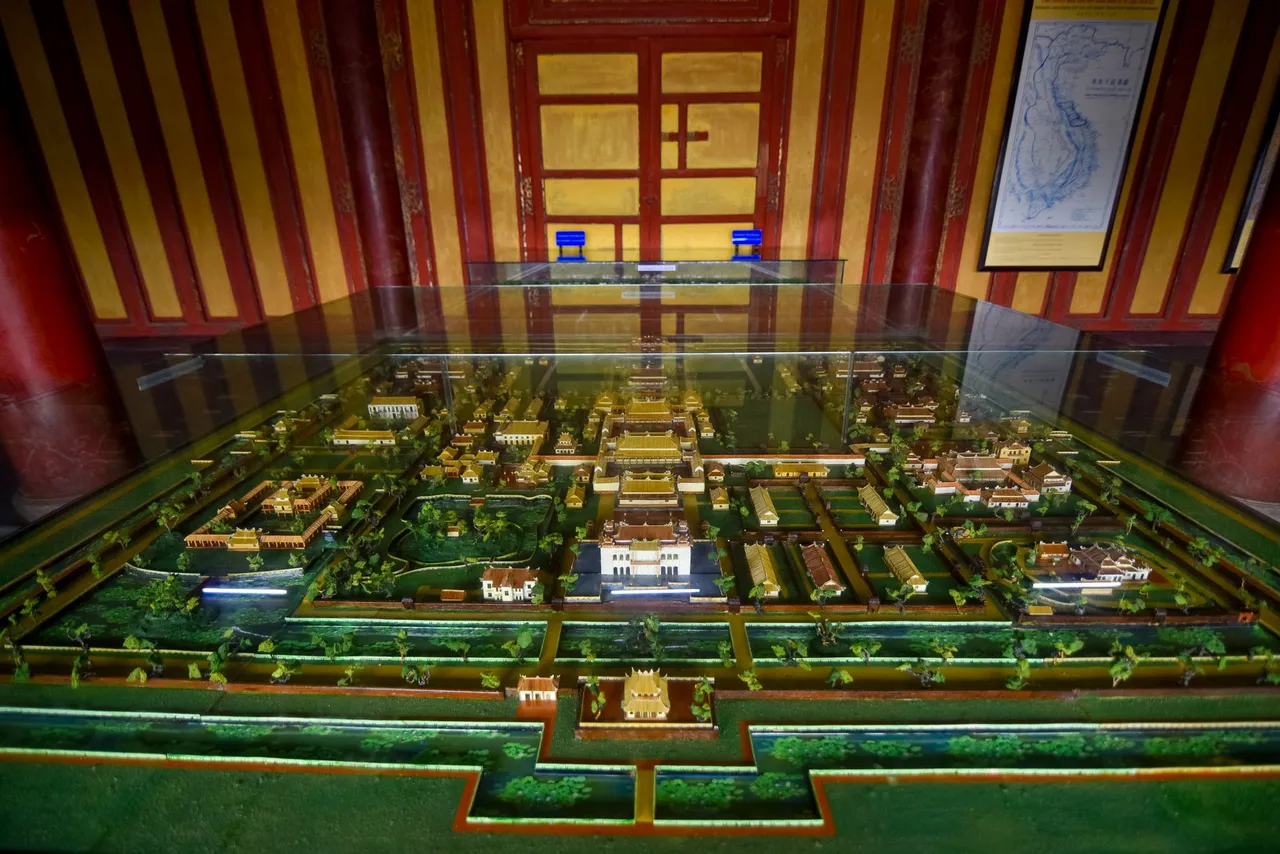
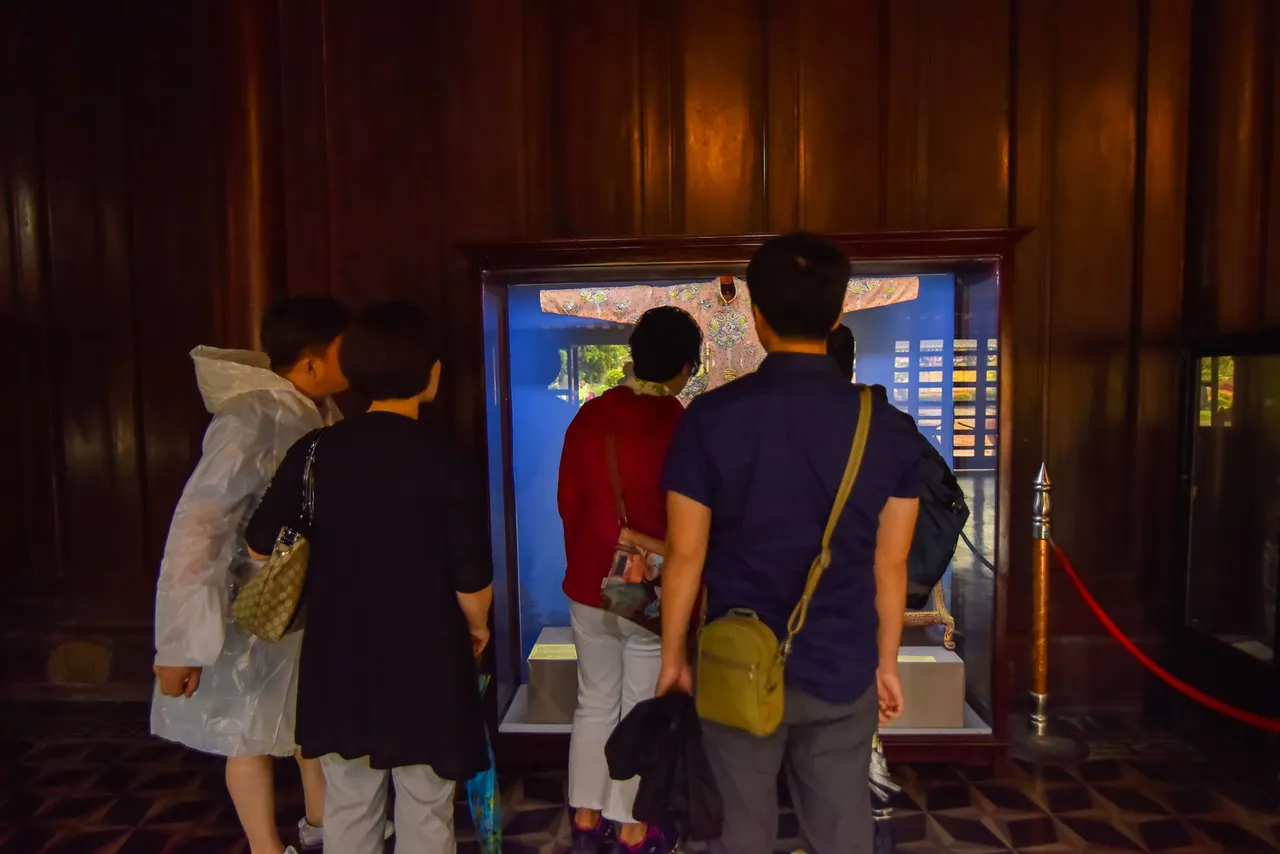
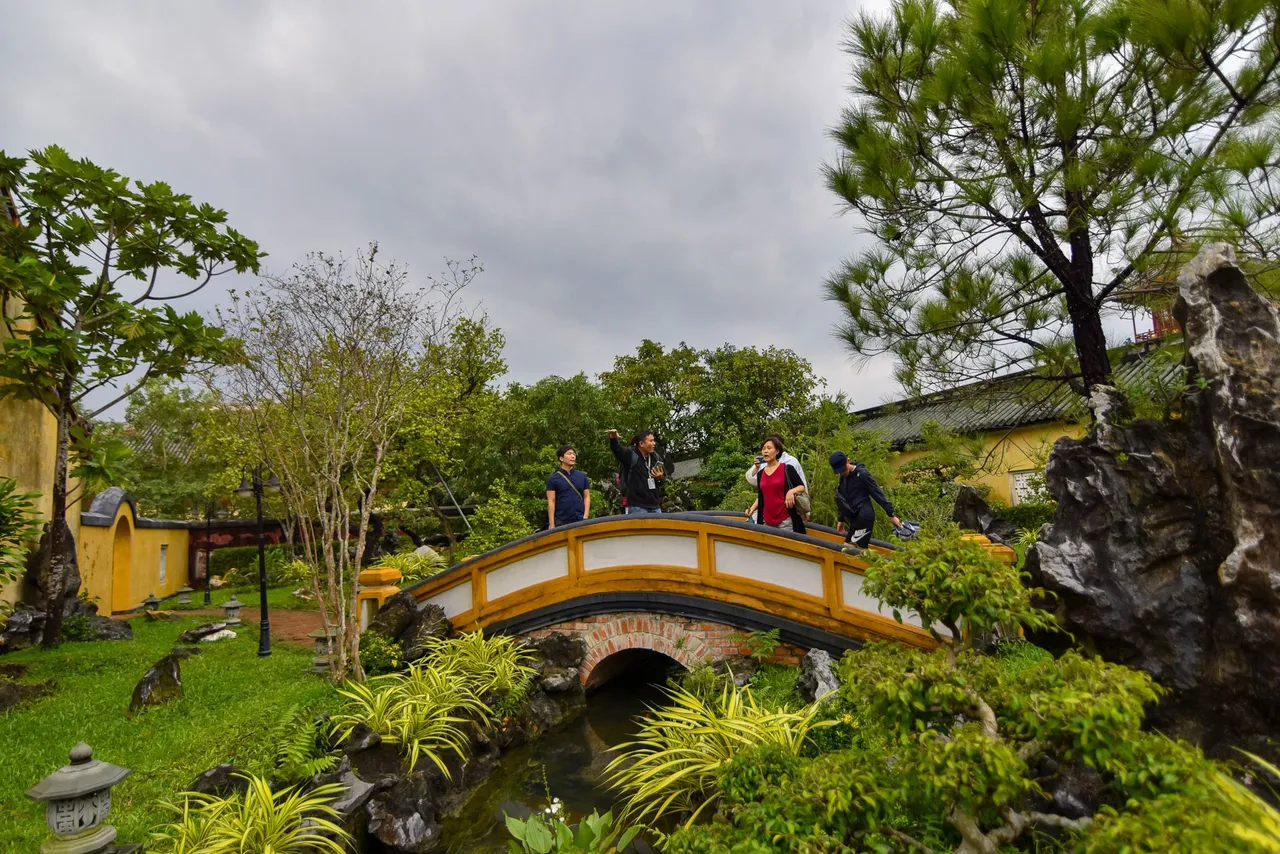
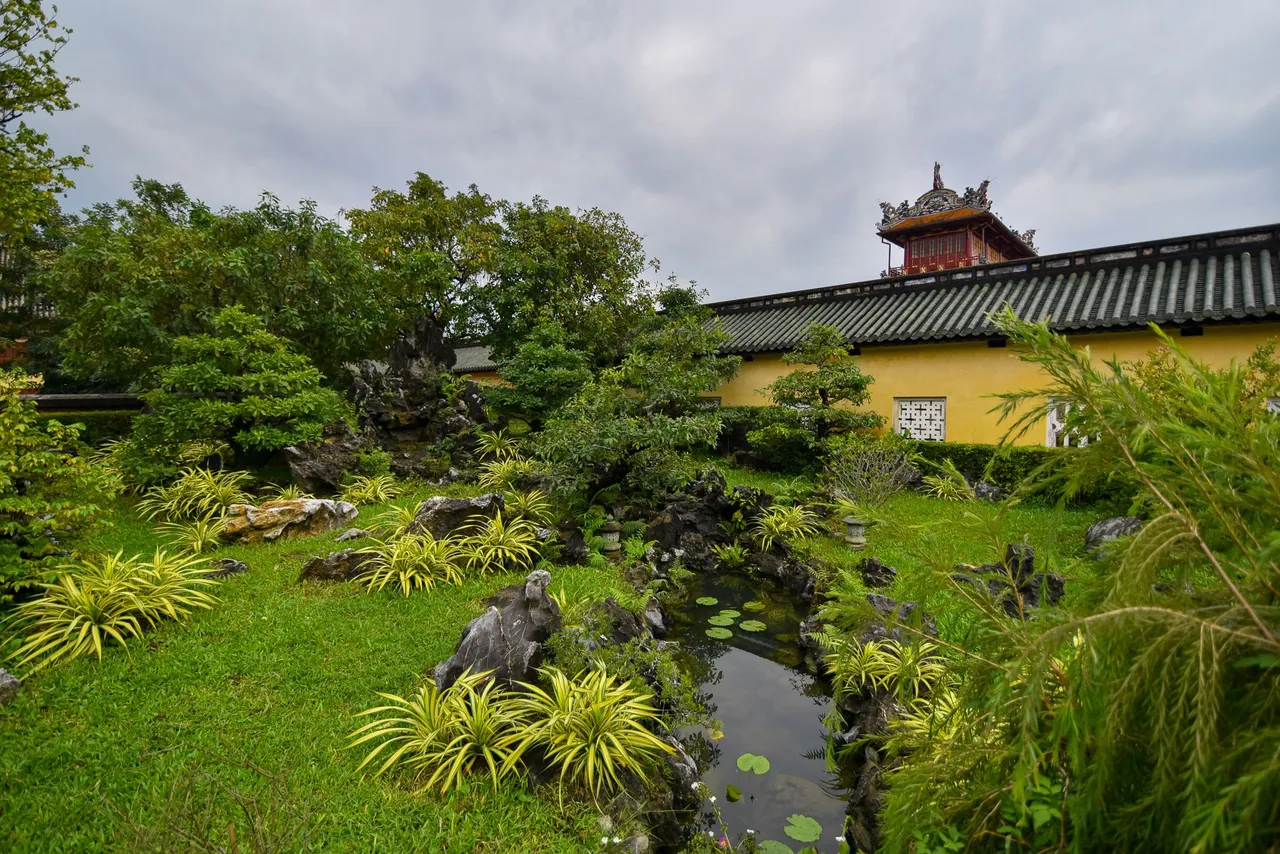
After a distance of 100km from Da Nang city, to Hue city. Visitors will cross the Perfume River, on the Trang Tien bridge, of Hue city. All visitors will have to walk inside the city gate, visitors can also visit by tram, to visit the inside of Hue citadel. The tram can only go around the citadel, to shorten the sightseeing time. The ticket price to visit Hue Citadel will cost 300,000Vnd/for 1 visitor. Currently, the front gate of the city is being restored. After nearly 200 years, Hue citadel still keeps everything intact. However, inside the citadel, there are still some palaces destroyed, by two wars between France and America. In front of the city gate area, there is a very large flagpole, this is the square of Hue city. Hue Citadel was built in 1803, after more than 30 years, the new Hue Citadel was completed.
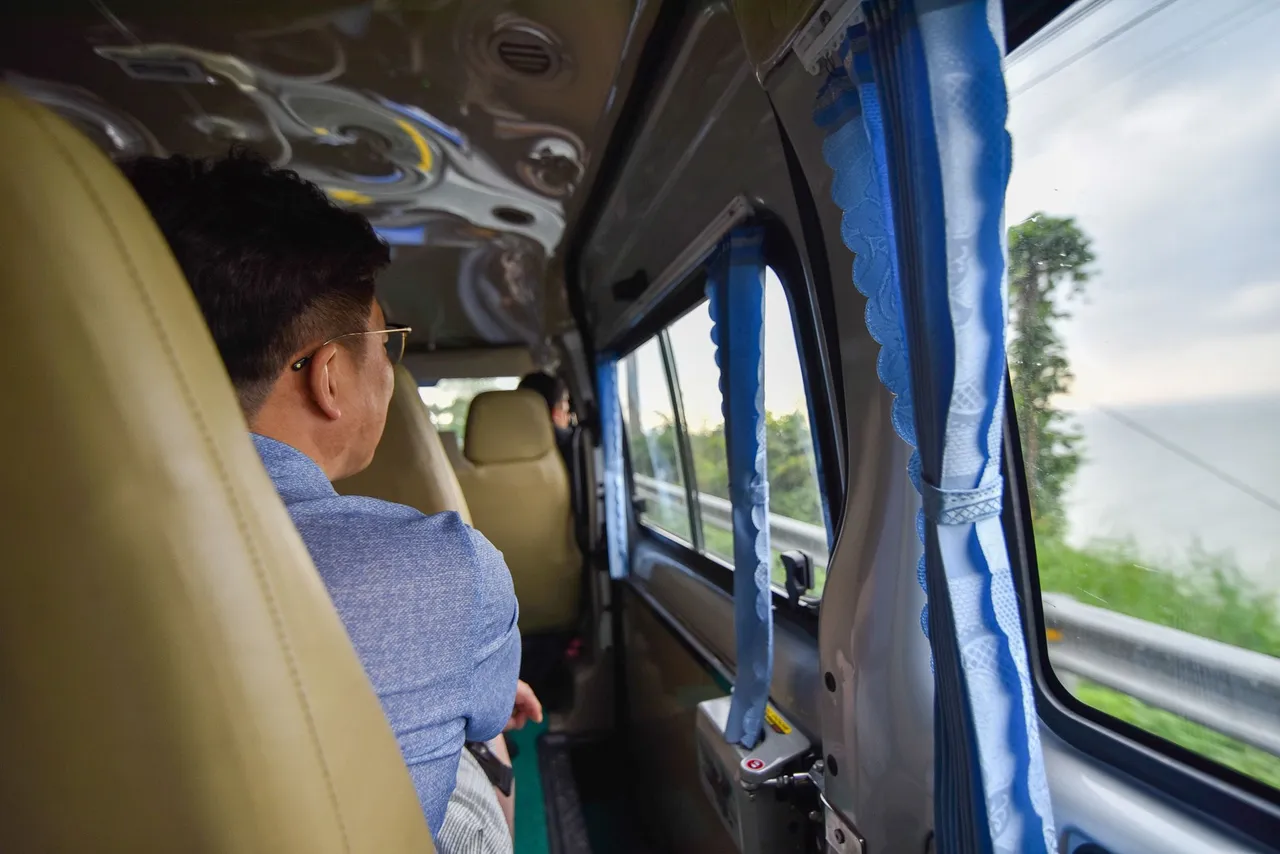
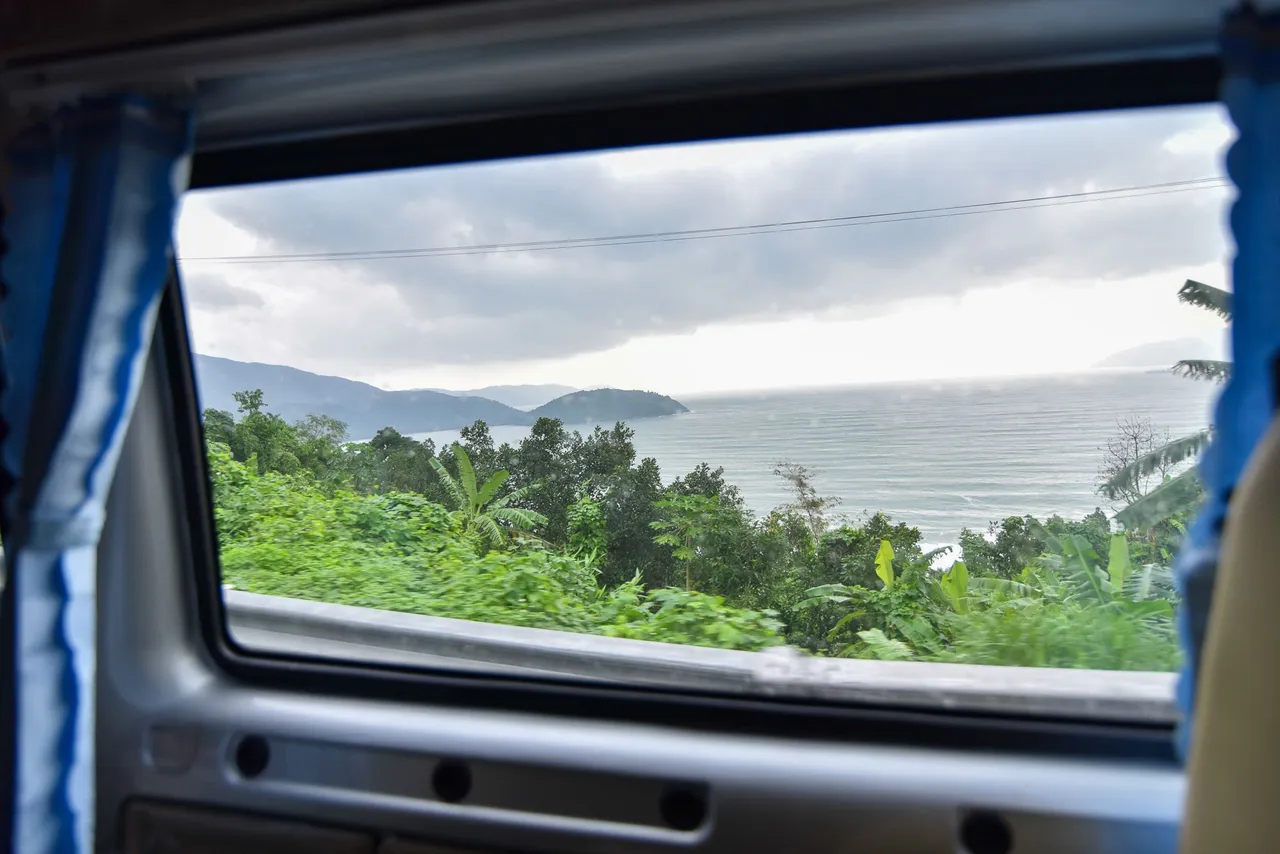
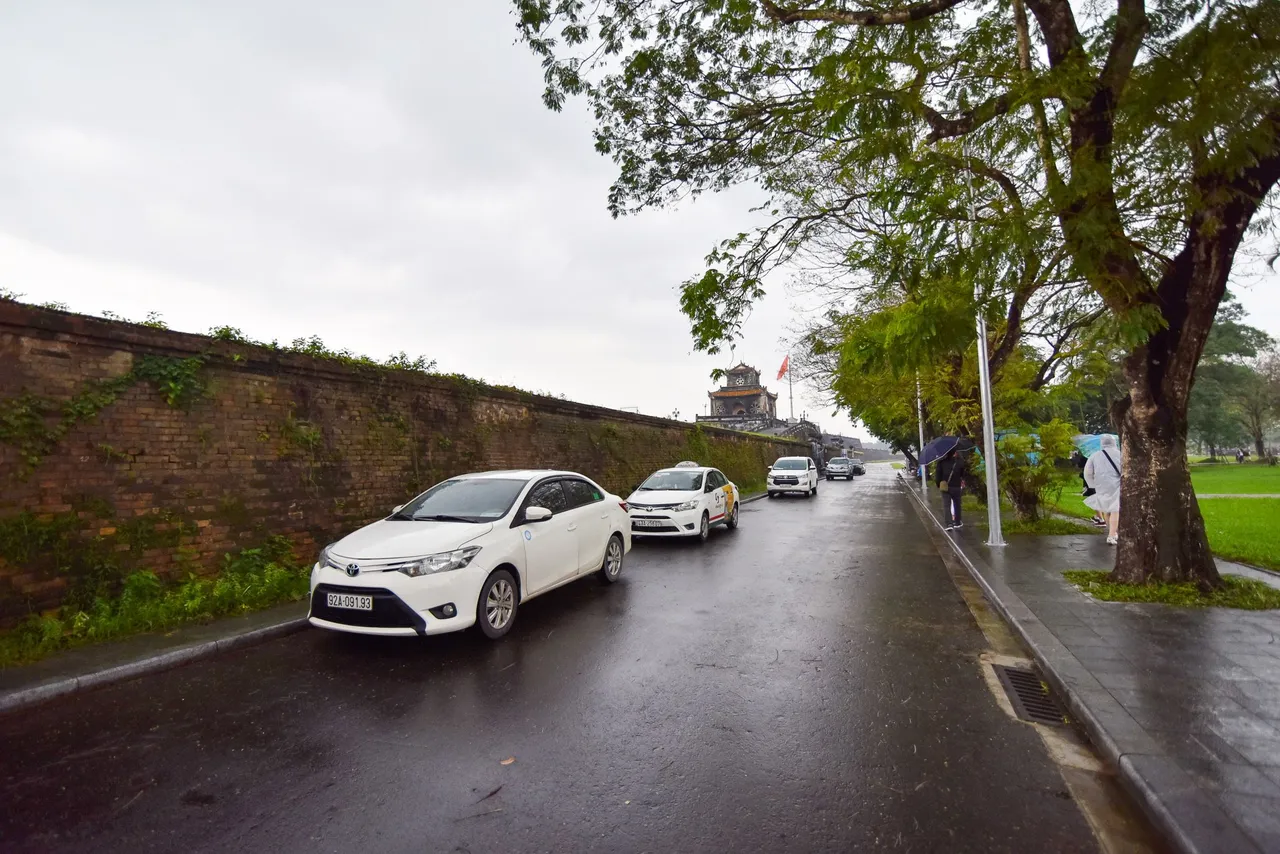
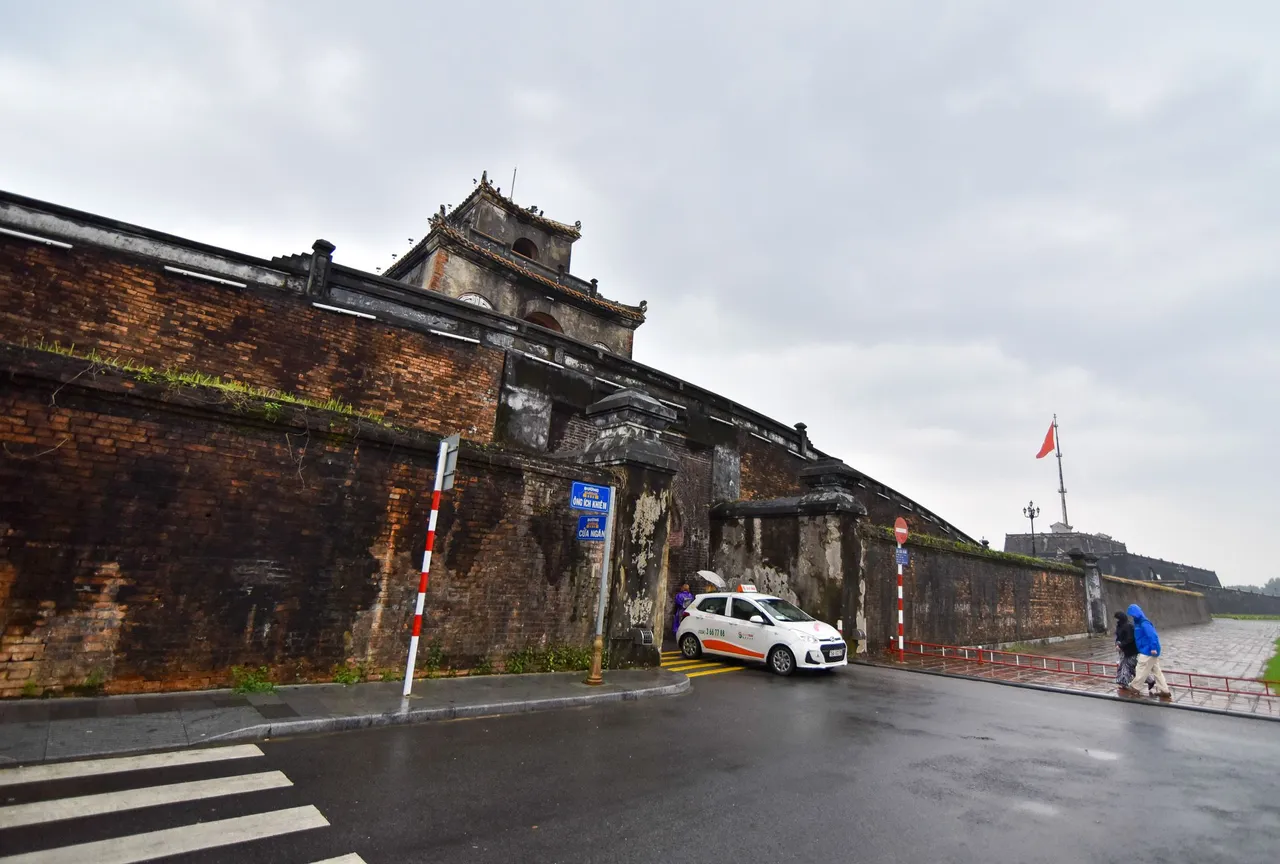
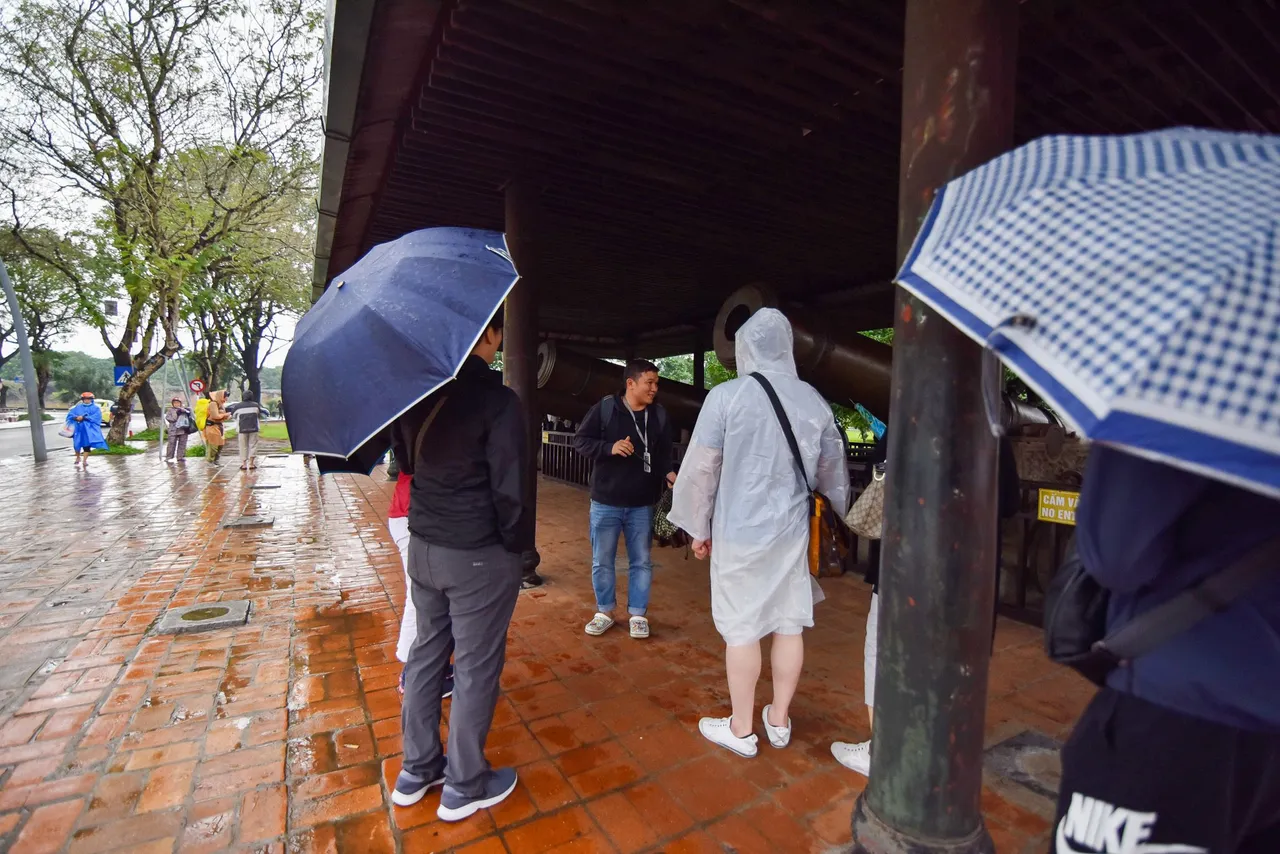
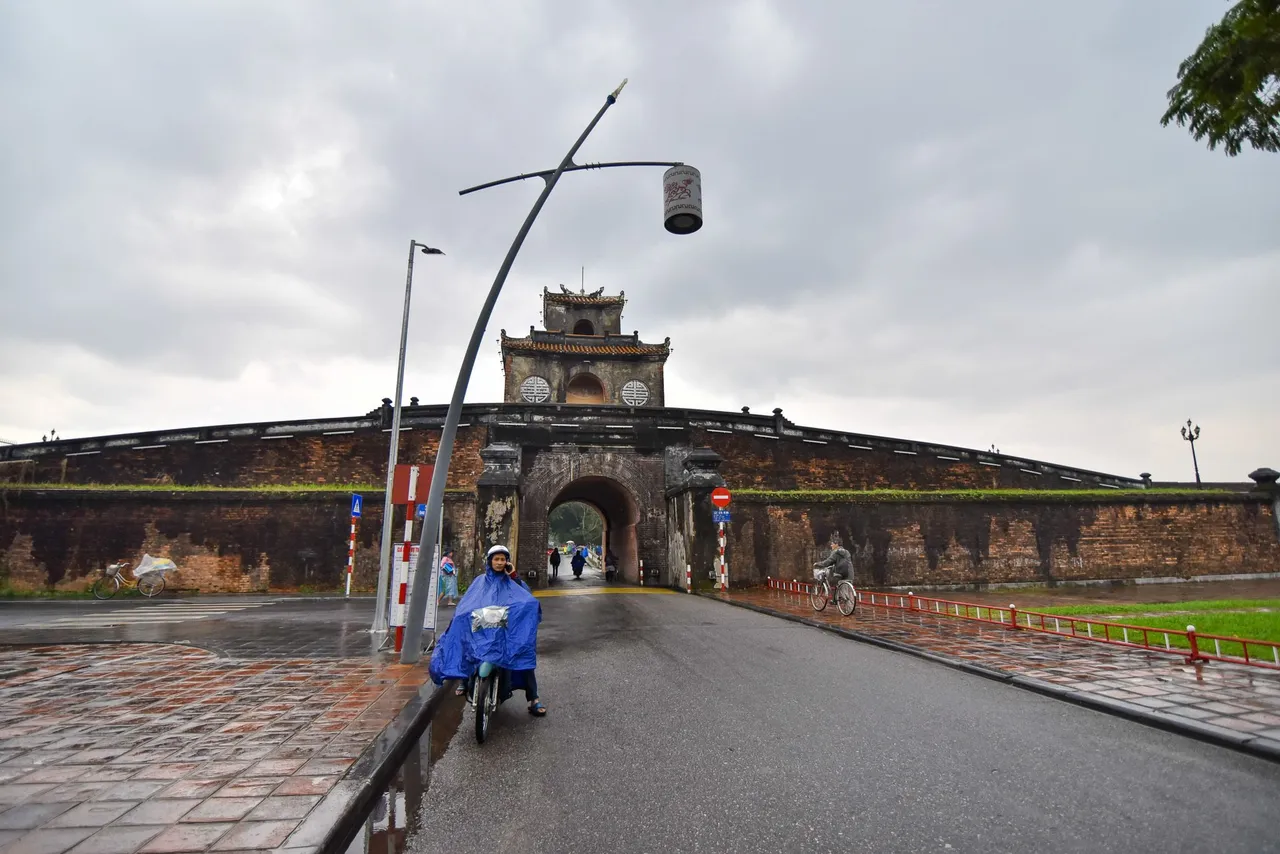
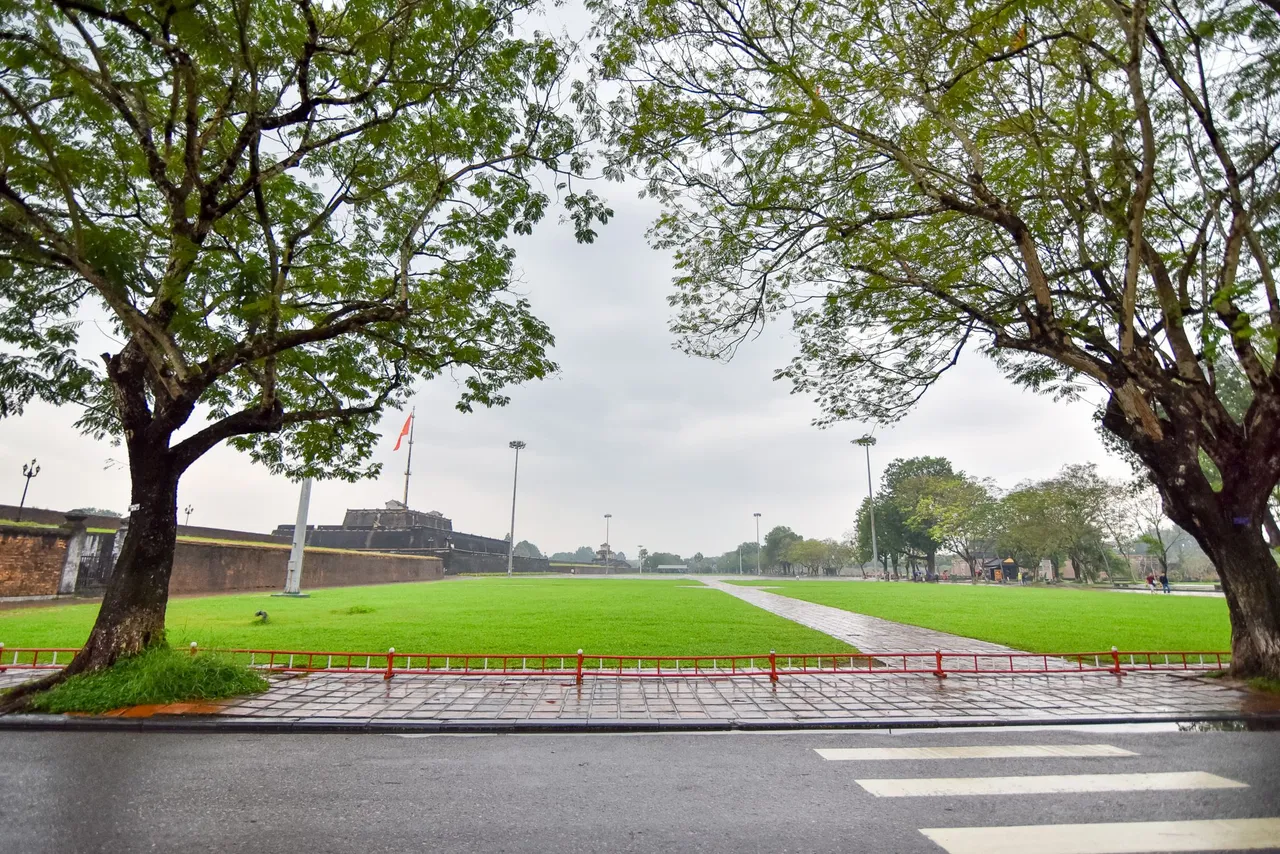
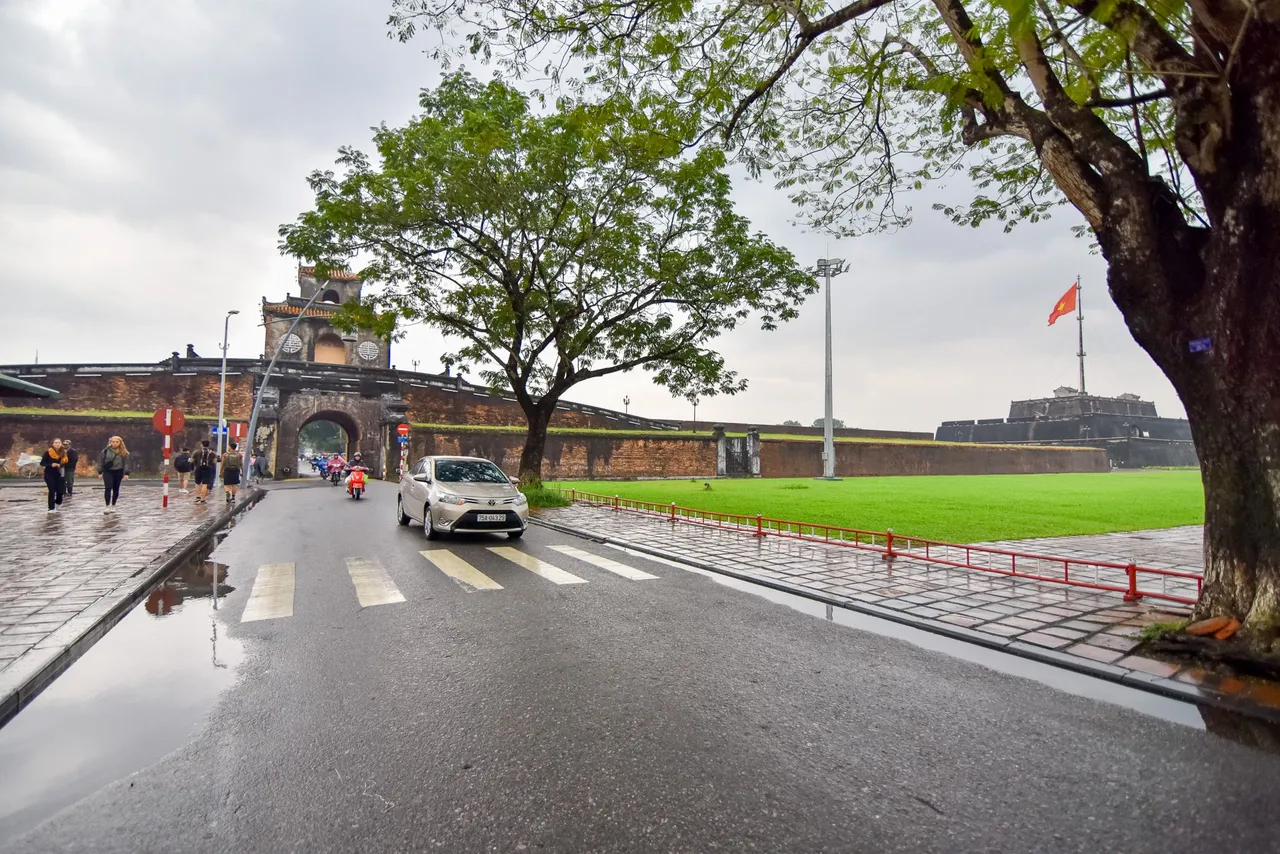
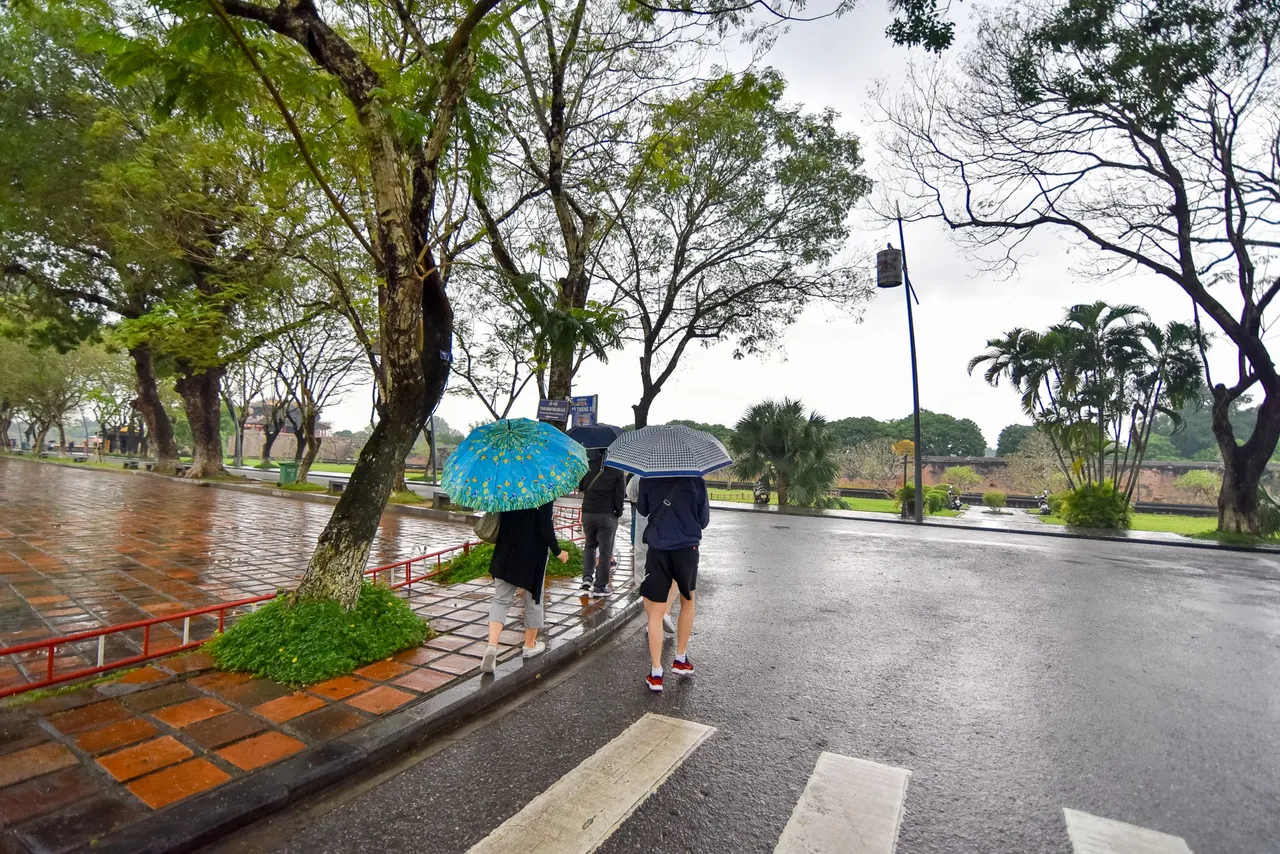
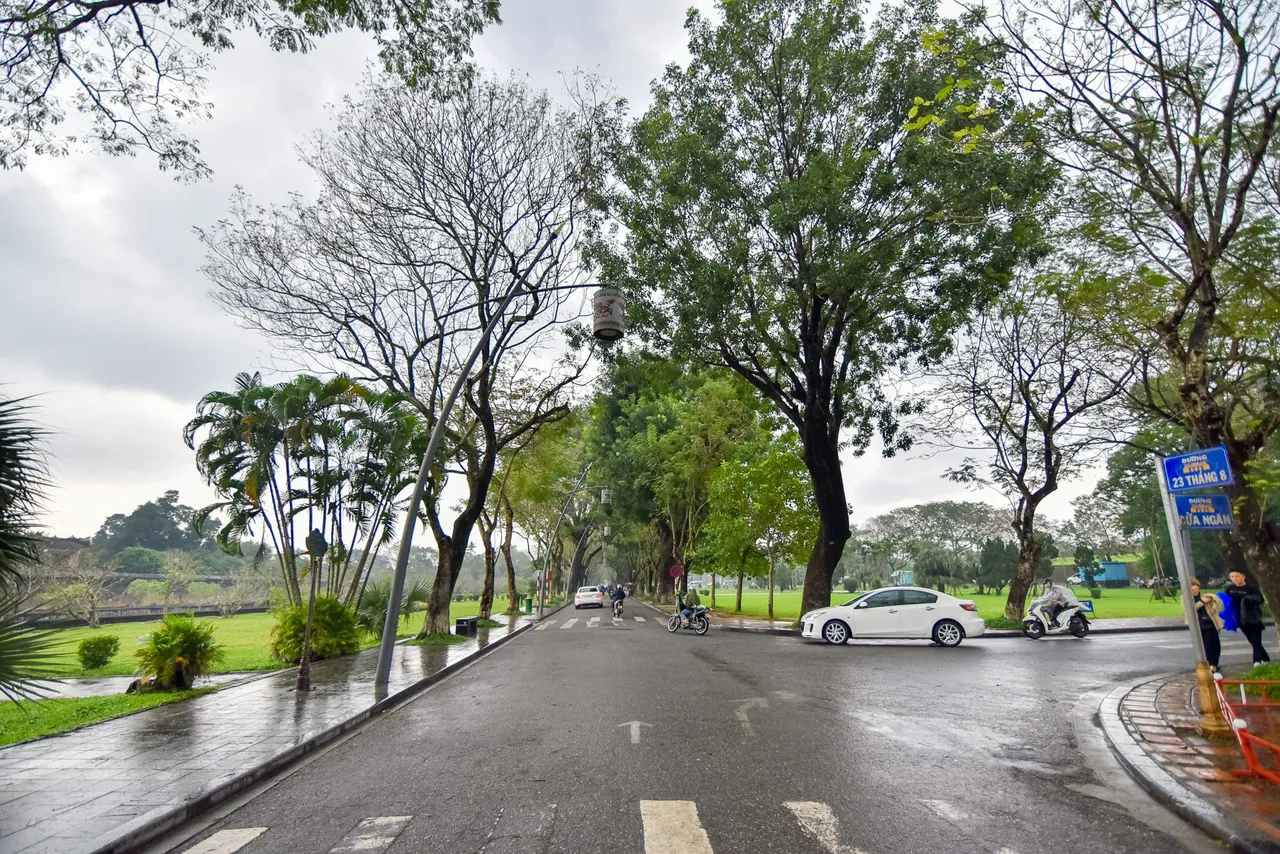

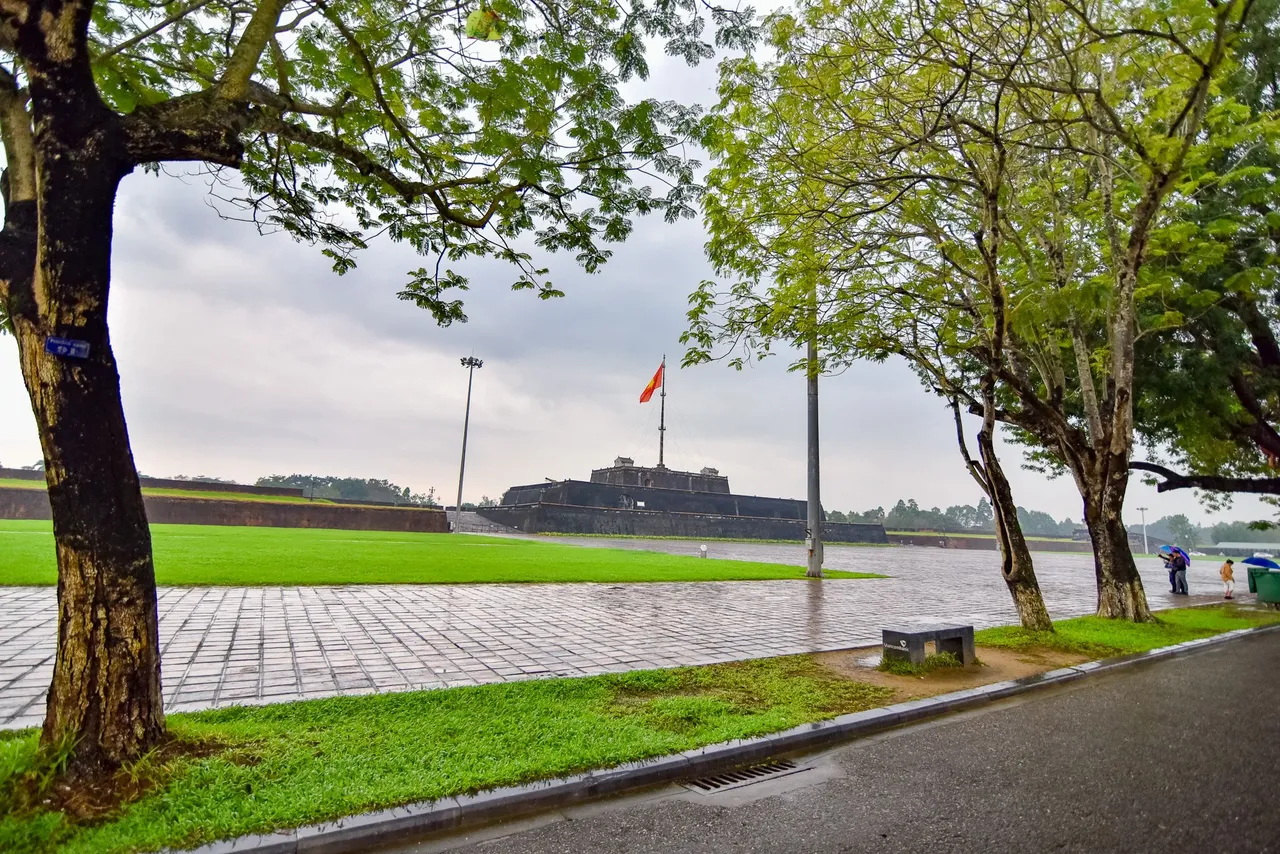
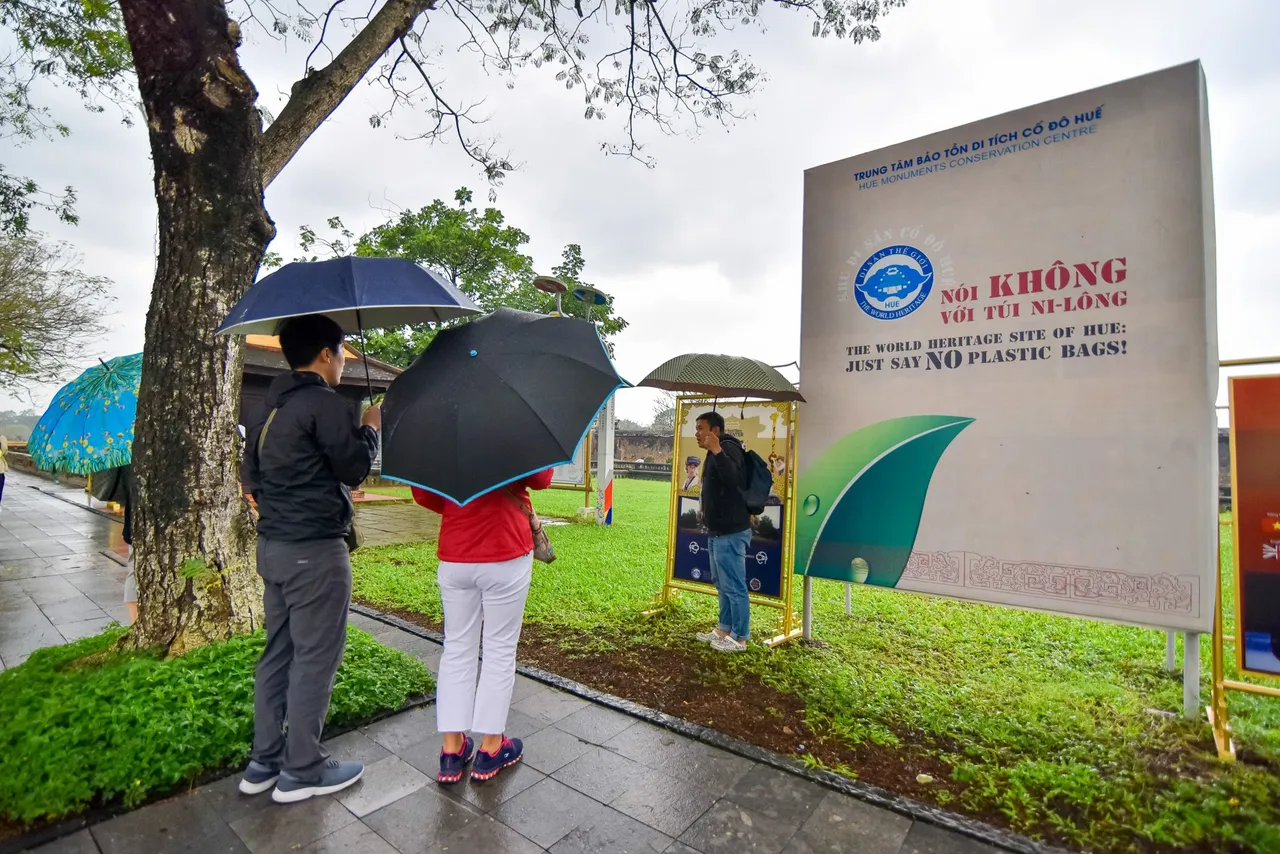
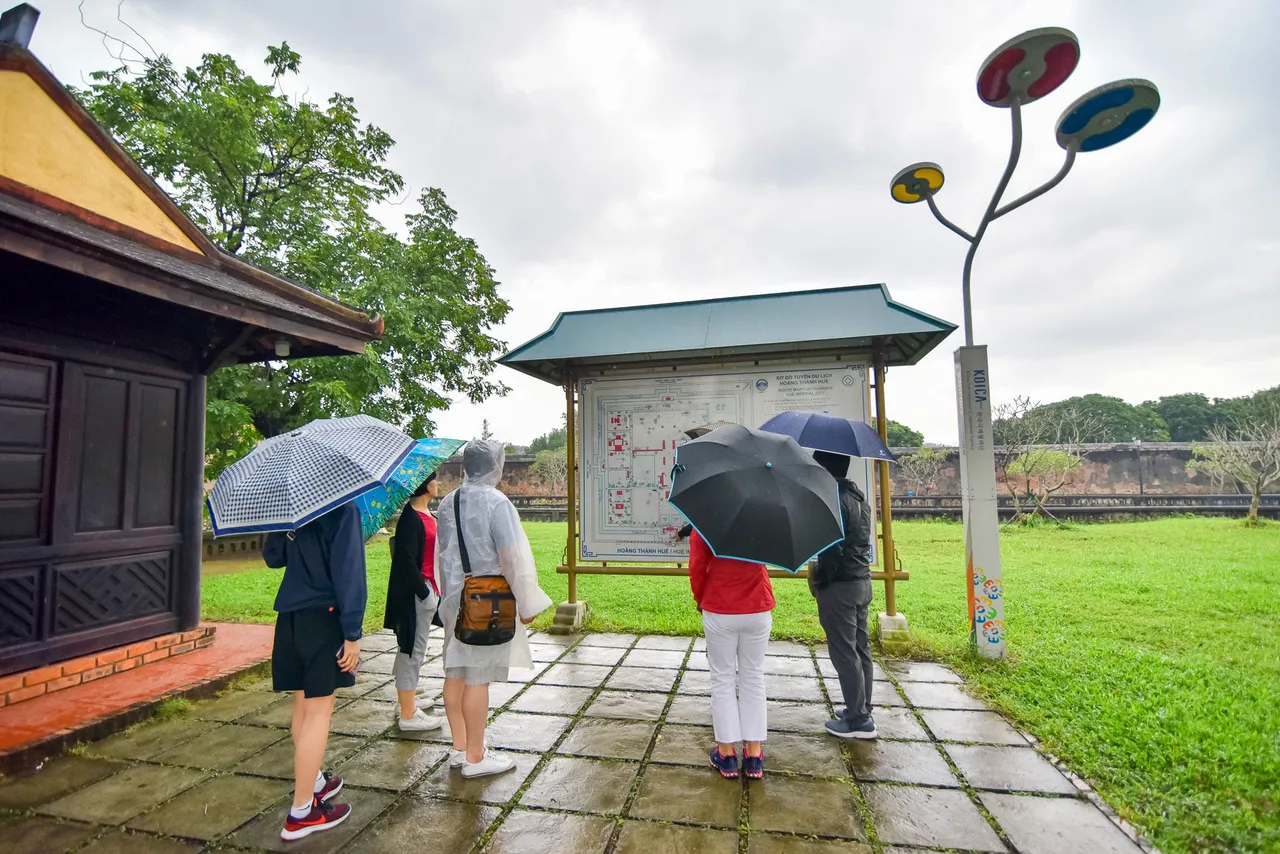
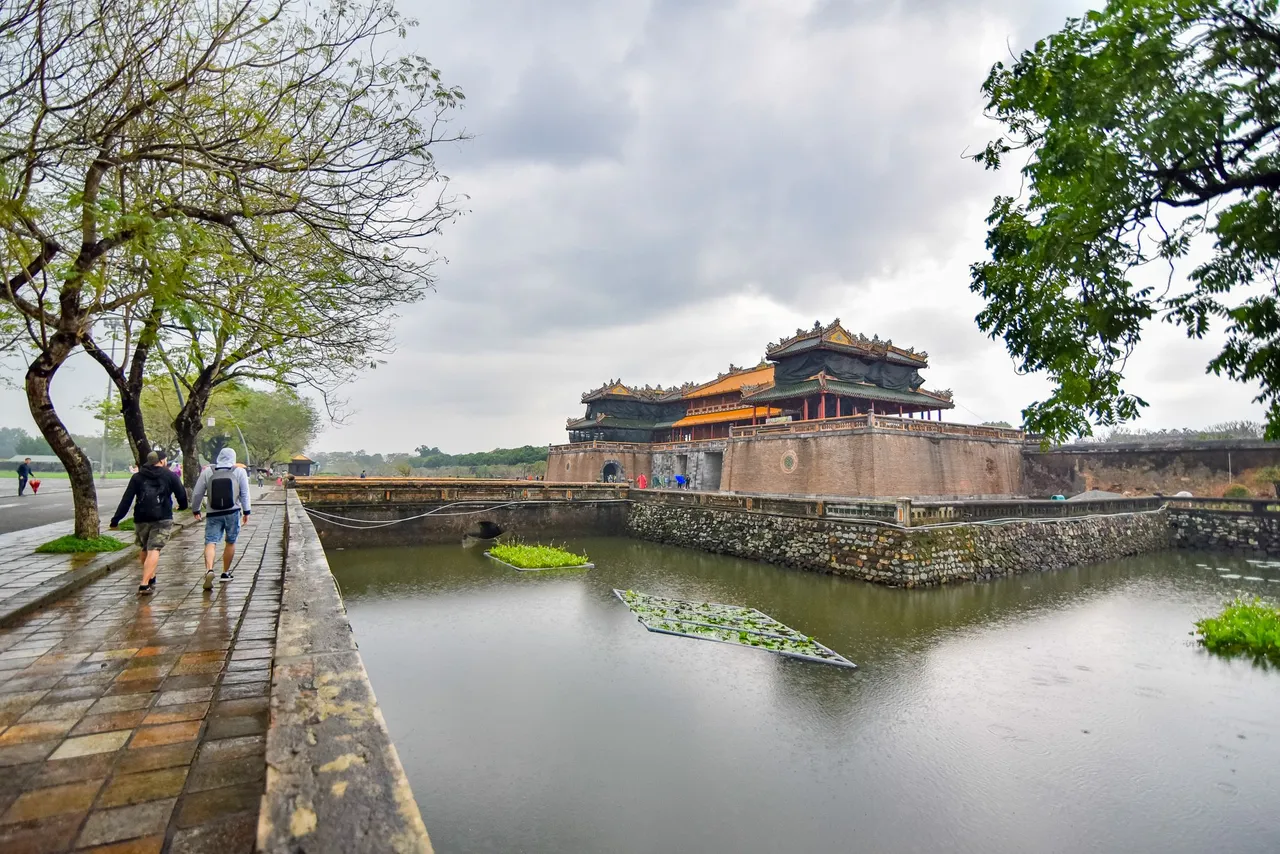
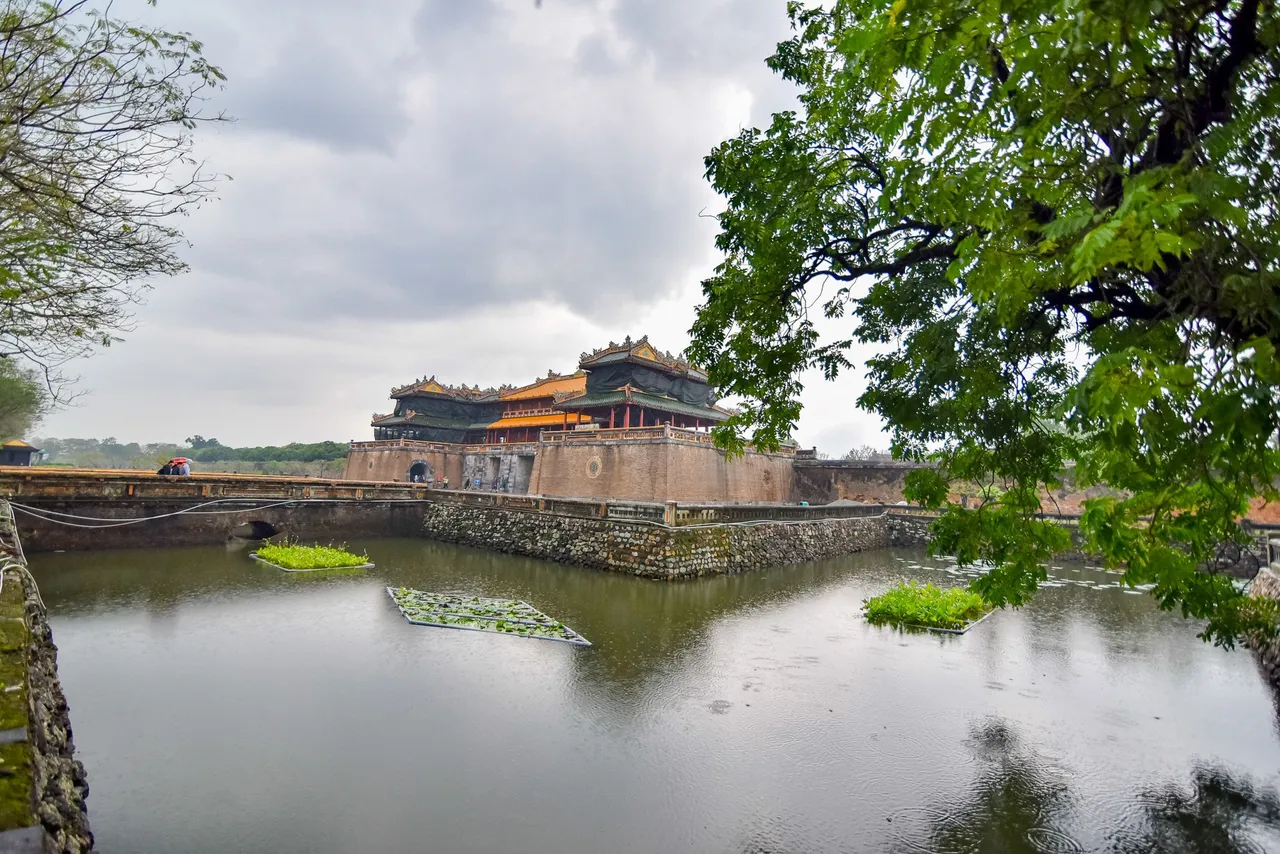
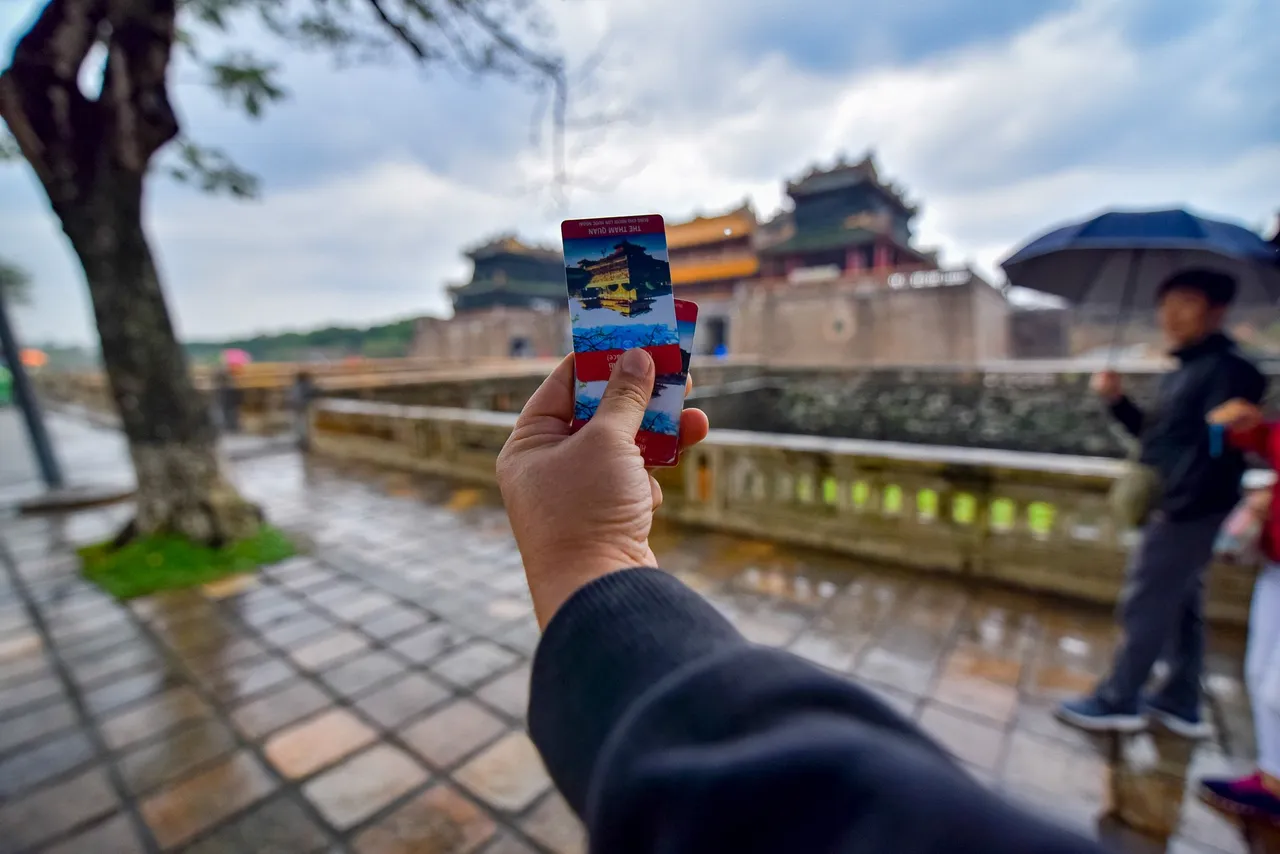
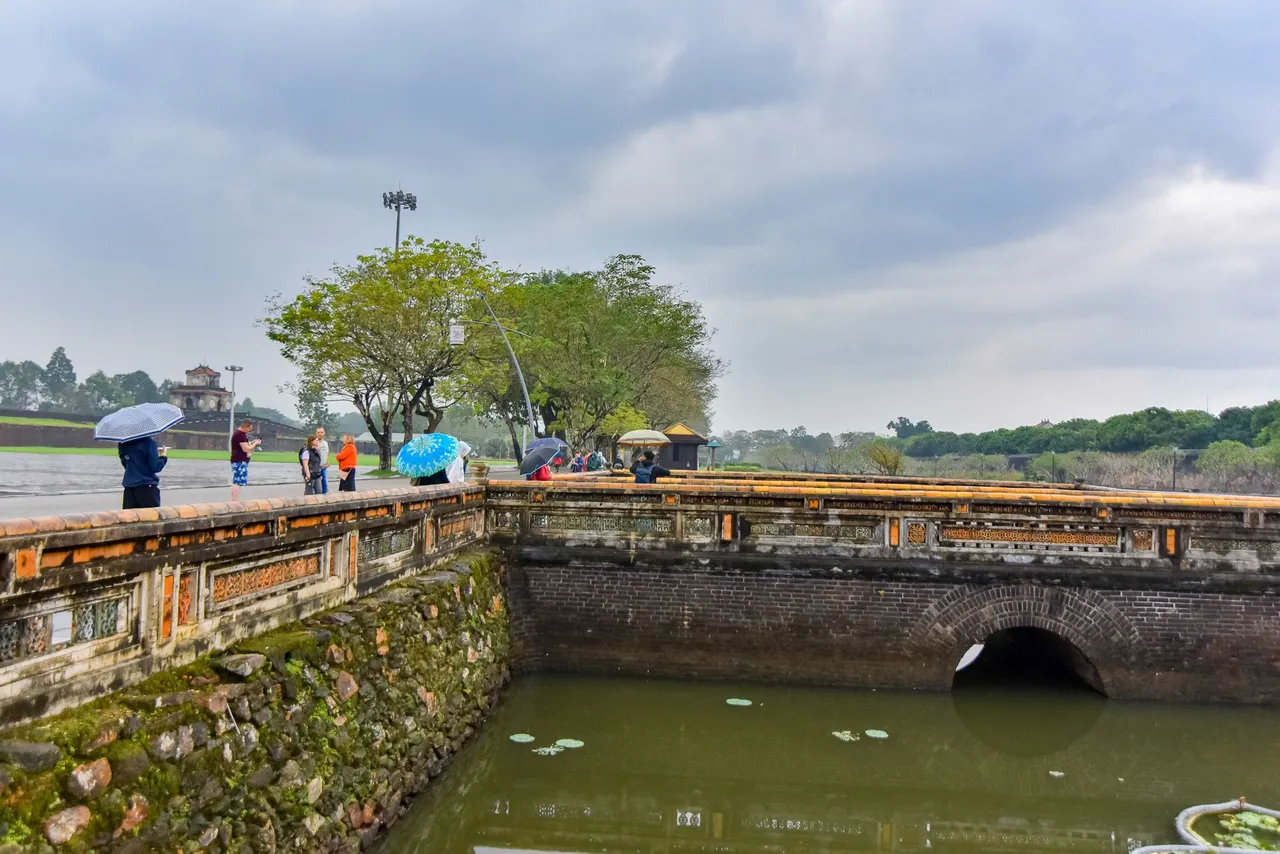
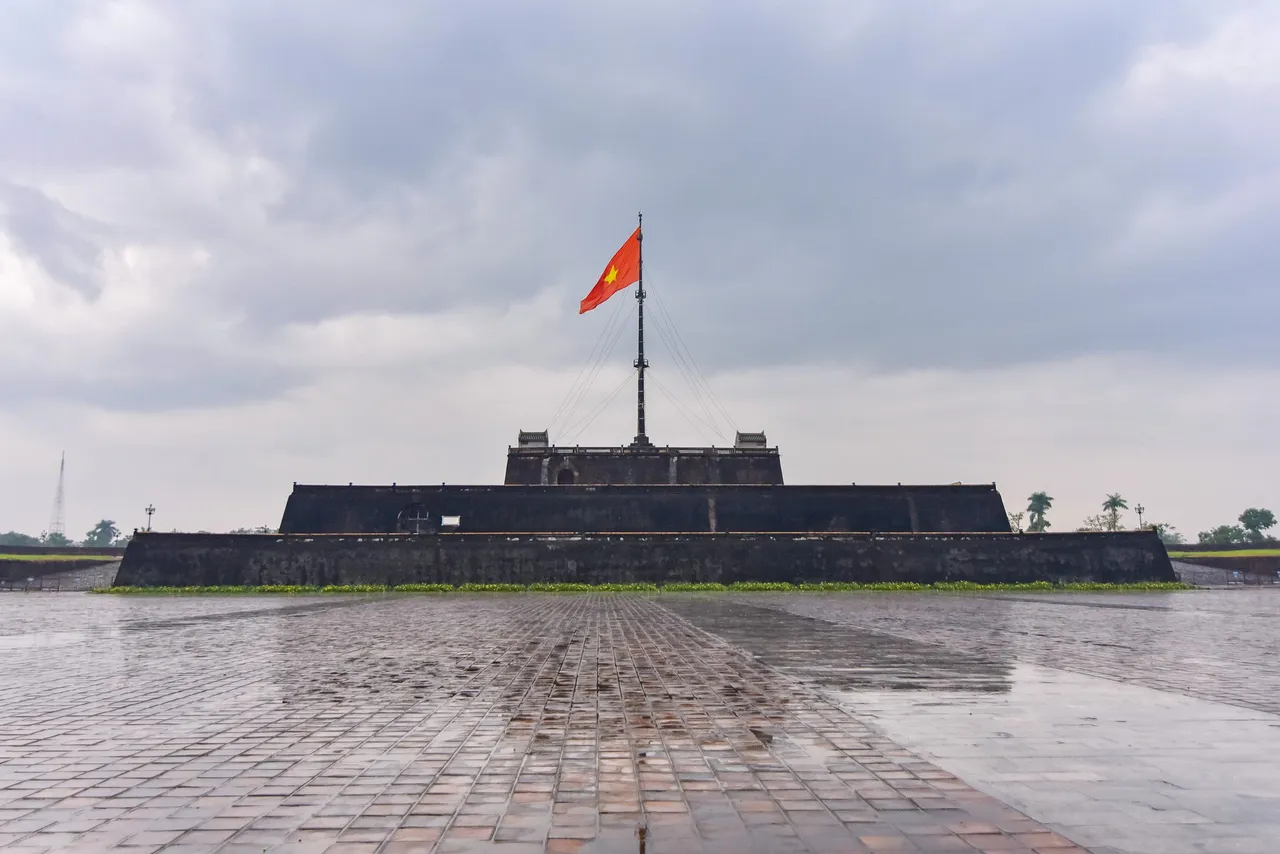
Stepping inside the city gate, the first place that visitors will step through is the Ngo Mon area, passing through the Nghi Mon gate visitors will pass through Trung Dao Bridge, there are large fish ponds on both sides. It will be quite interesting when the schools of fish here are quite crowded, you can buy food and feed the fish here. After passing through Trung Dao Bridge, visitors will enter the Dai Trieu Nghi courtyard area. Important ceremonies will take place here. In front of the Trieu Nghi, the courtyard area is Thai Hoa Palace, this is the main area of Hue Citadel. The king's throne will be located at Thai Hoa Palace, most visitors will not be allowed to take pictures here and that is the regulation of Hue citadel. Step out behind the area of Thai Hoa Palace, which is an automatic interpretation area for visitors and a 3d map of the imperial city of Hue. Because the imperial city of Hue is quite large, visitors who are just visiting for the first time can find out the sightseeing route for themselves.

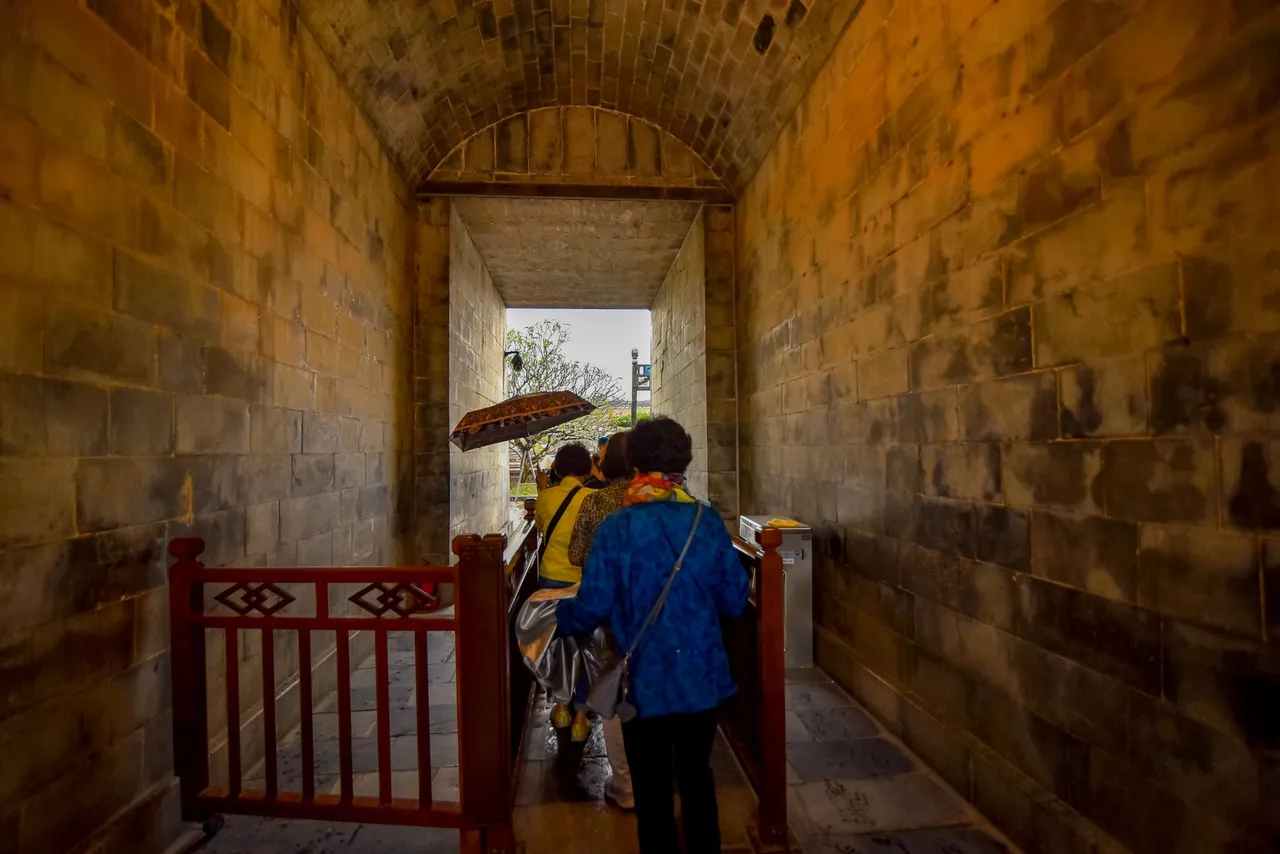
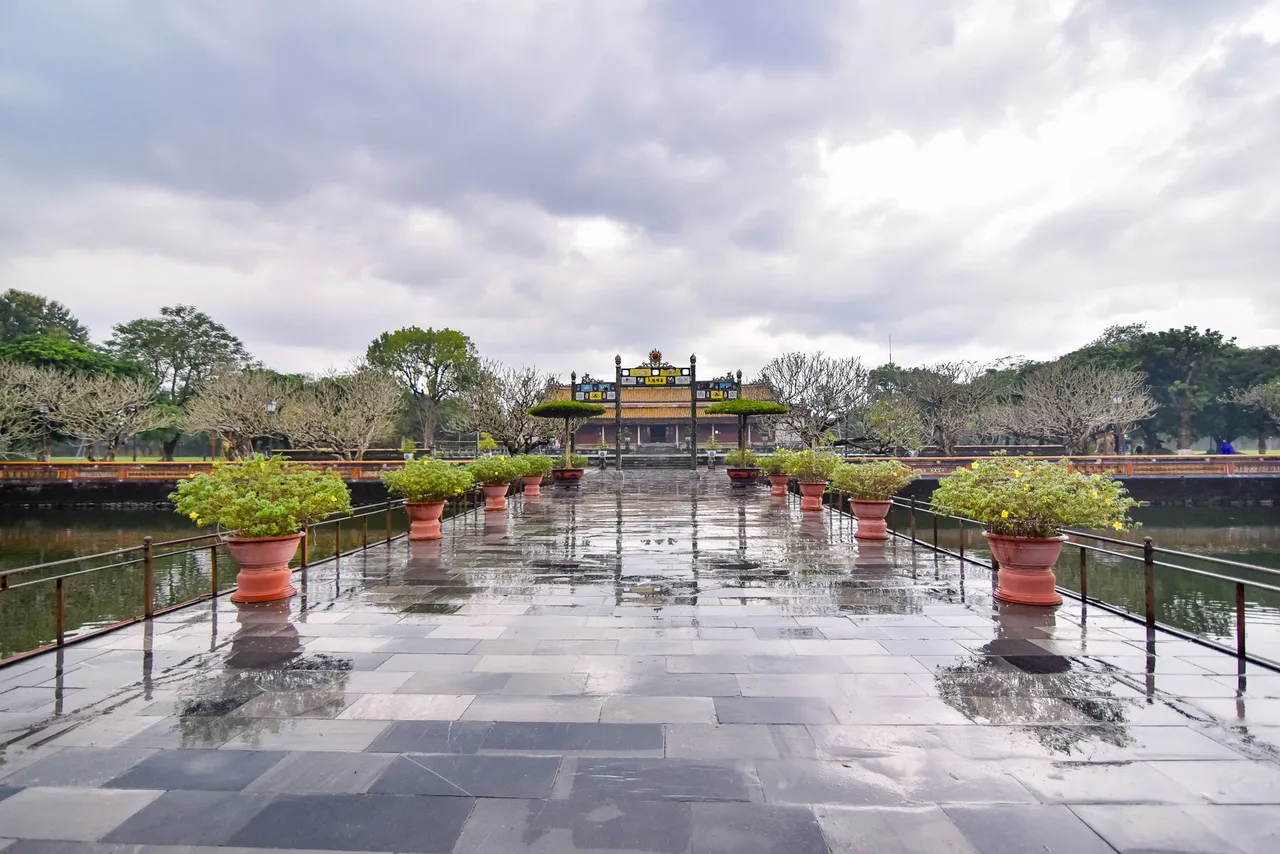
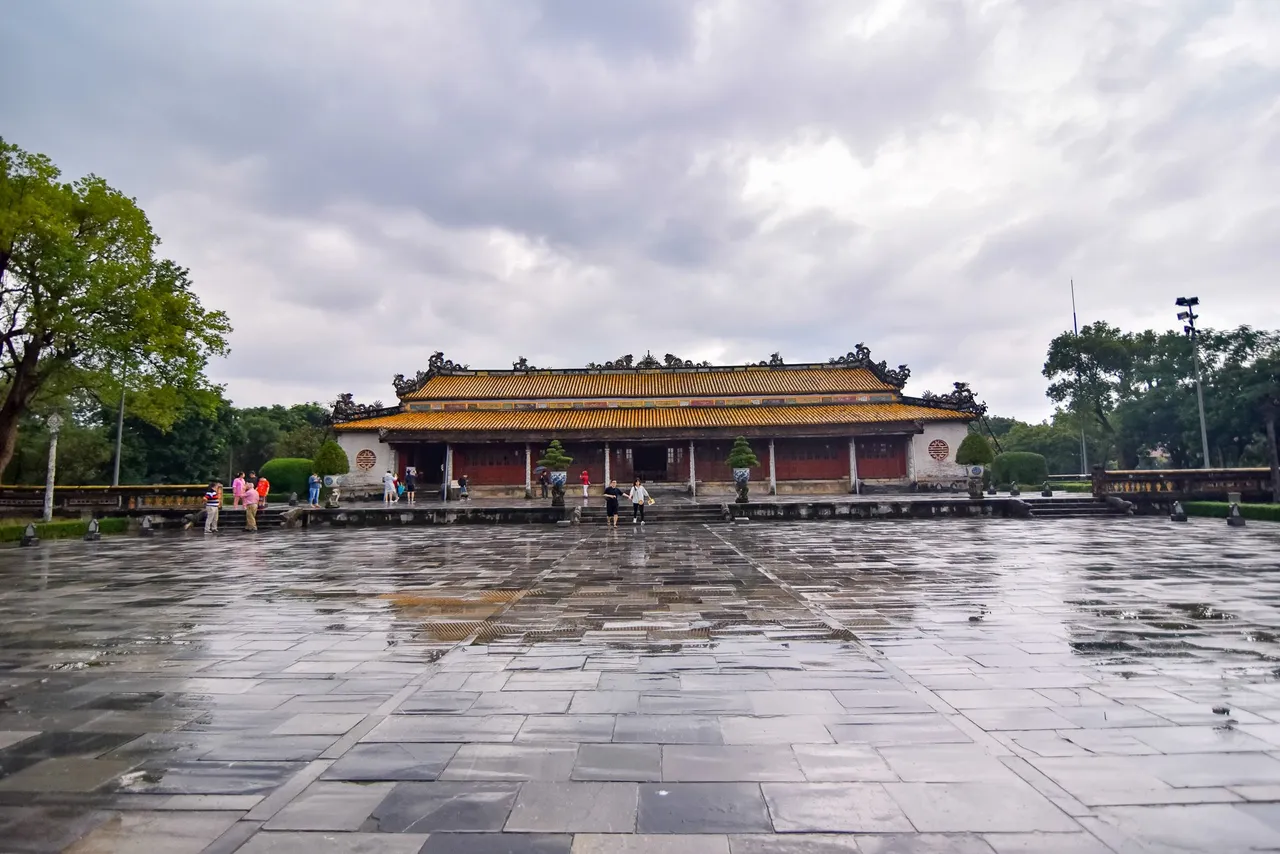
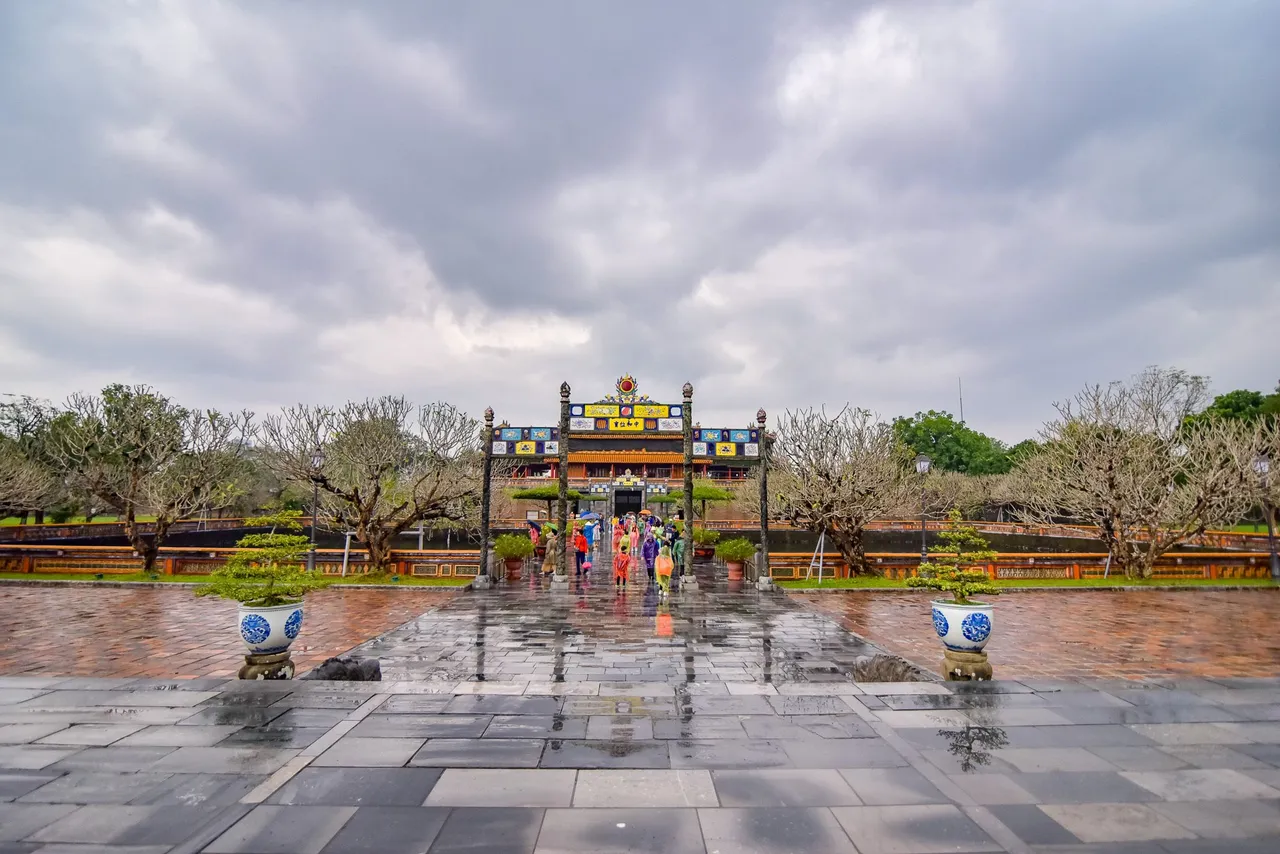
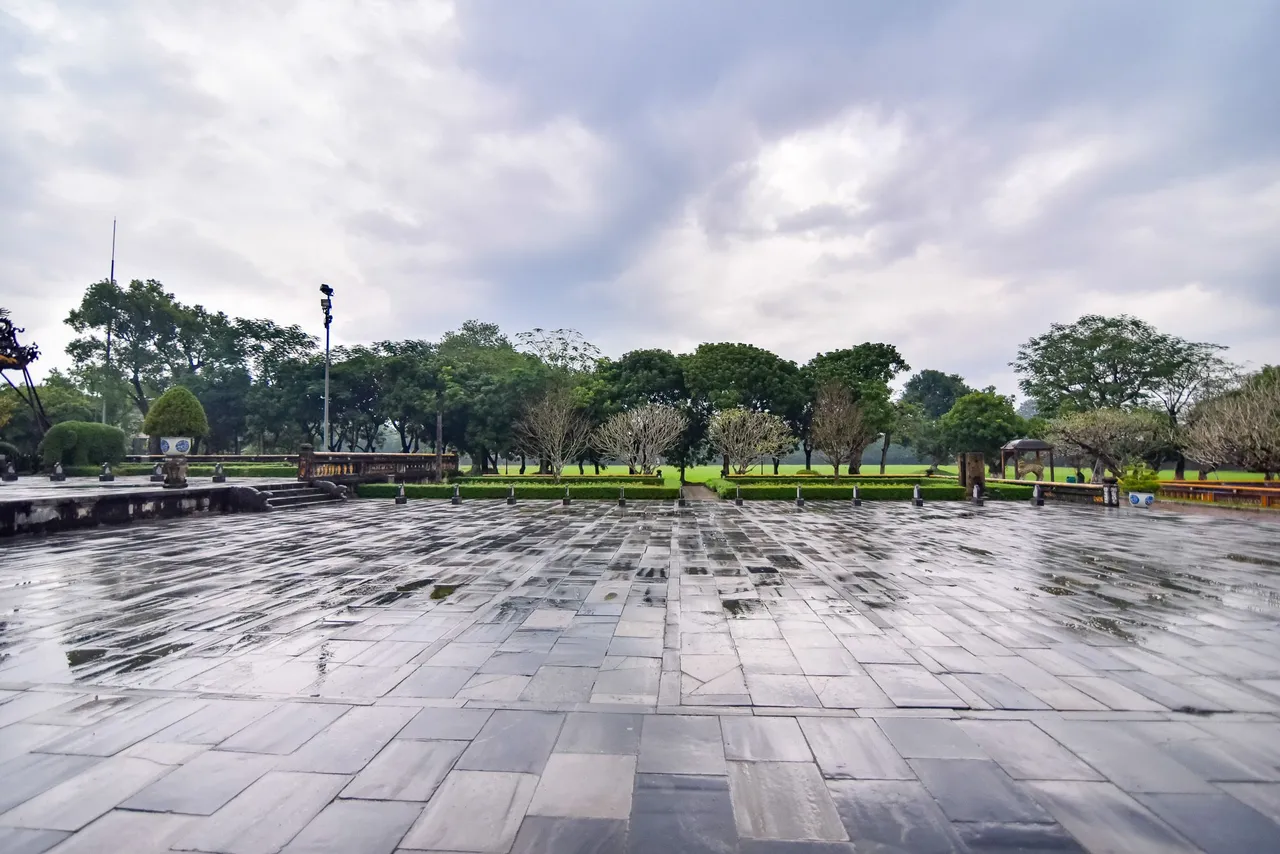


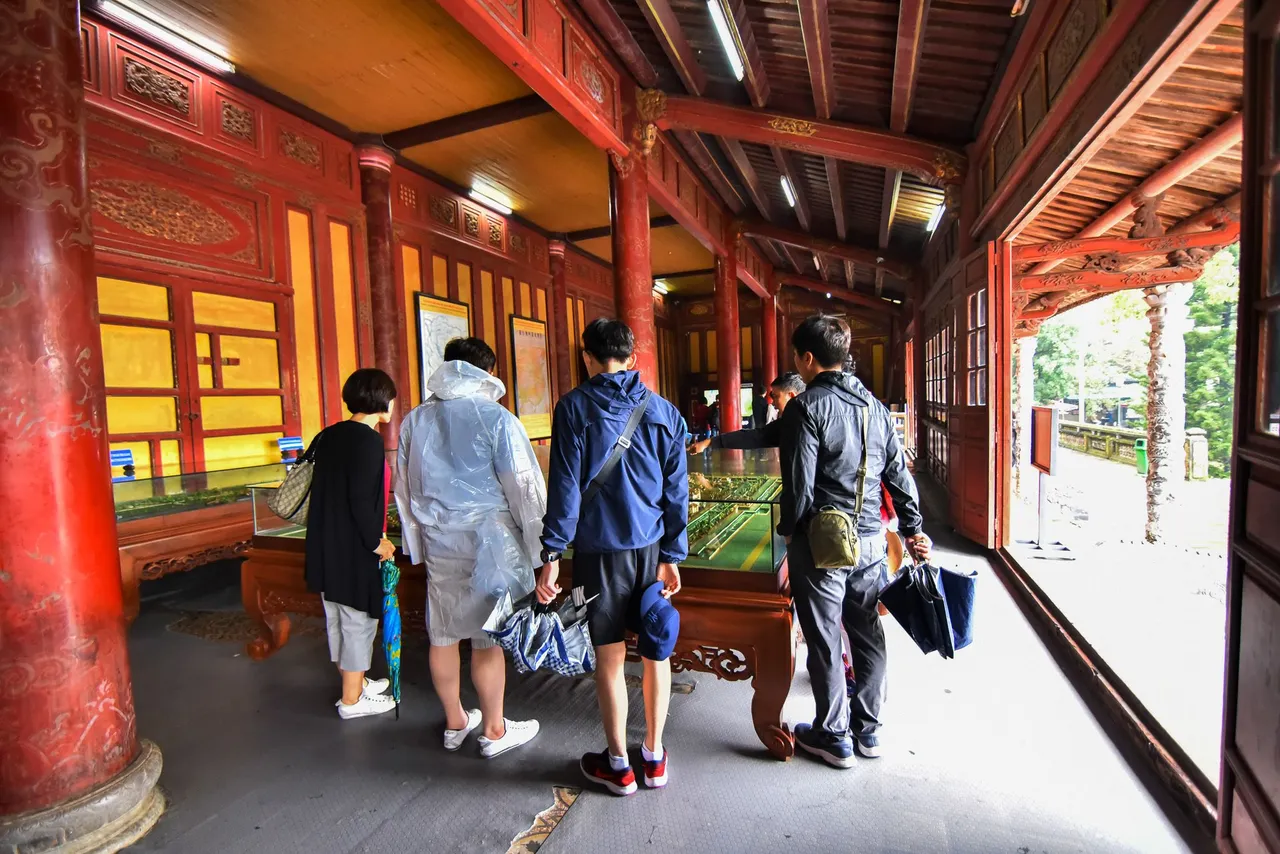
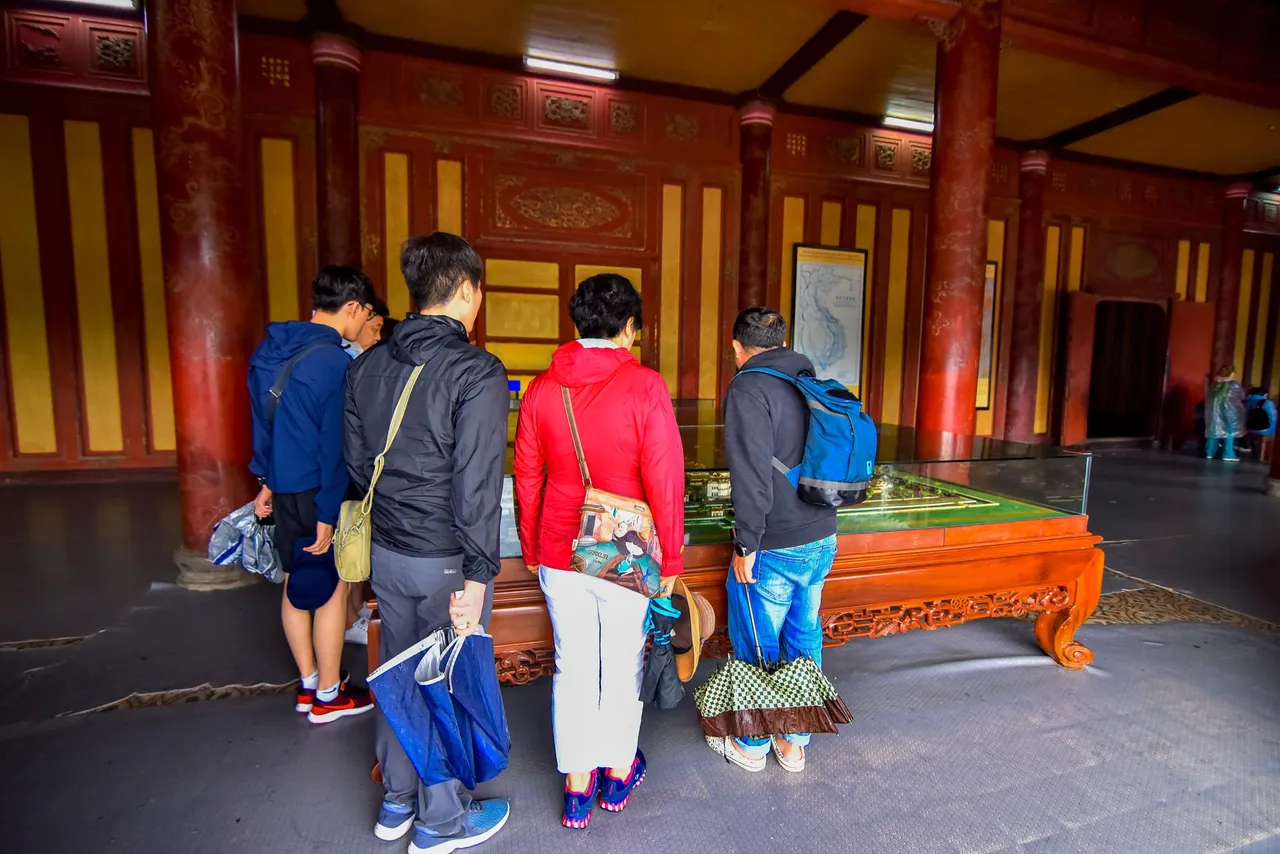
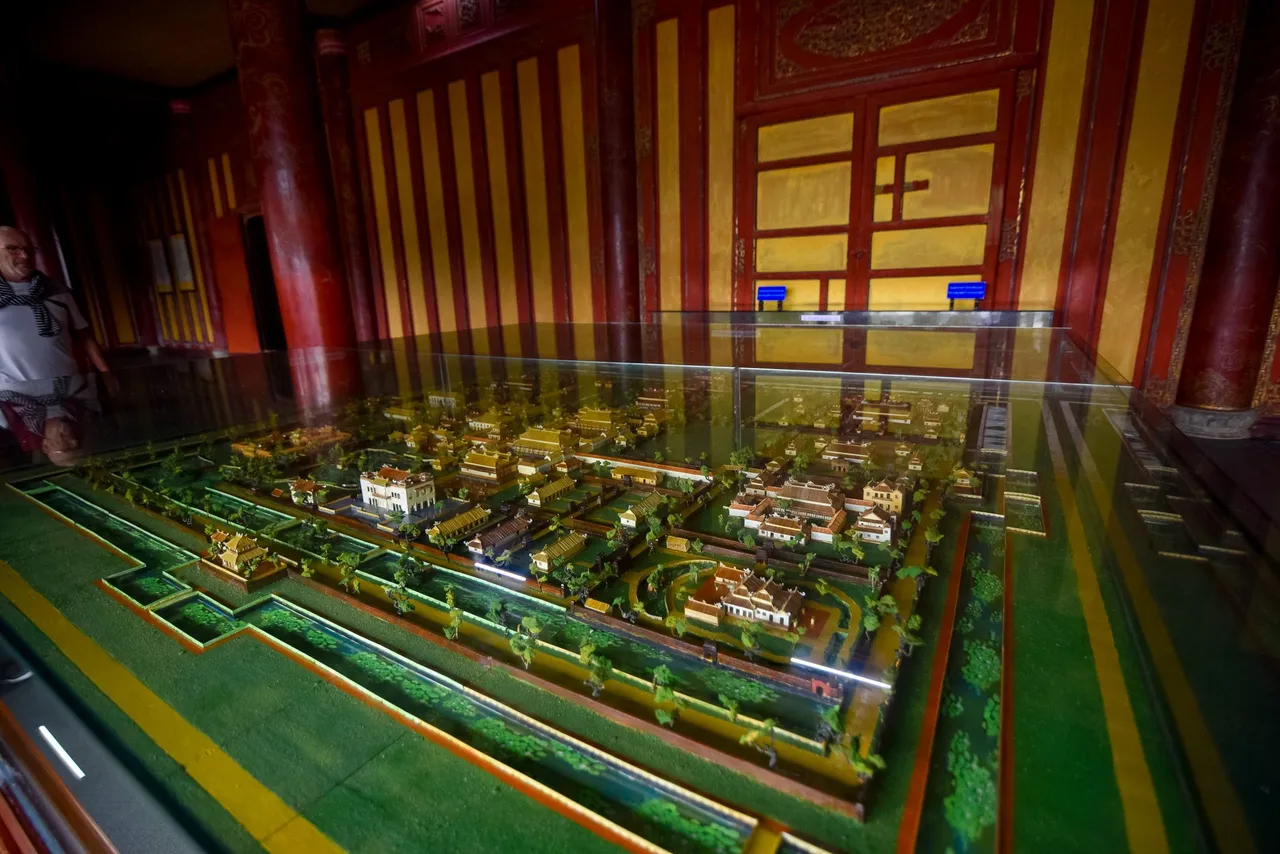
Hue Citadel is quite large, with 4 gates and 6 side gates, leading to the outside and inside the Hue Citadel, there are many palaces. Behind Thai Hoa Palace are Ta Vu and Huu Vu, this is the place to prepare the mandarins and martial arts officials to prepare for the court meeting. Ta Vu is on the left and Huu Vu is on the right.
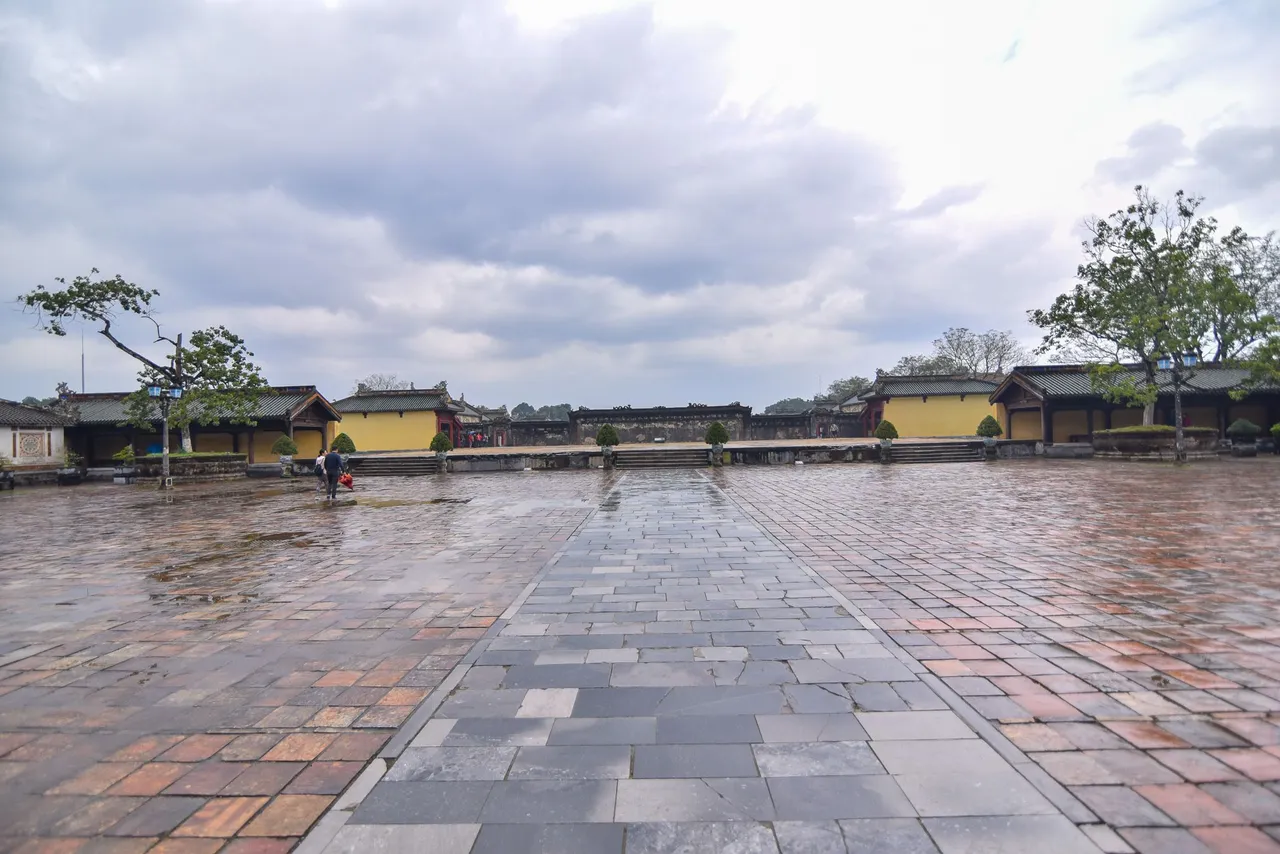
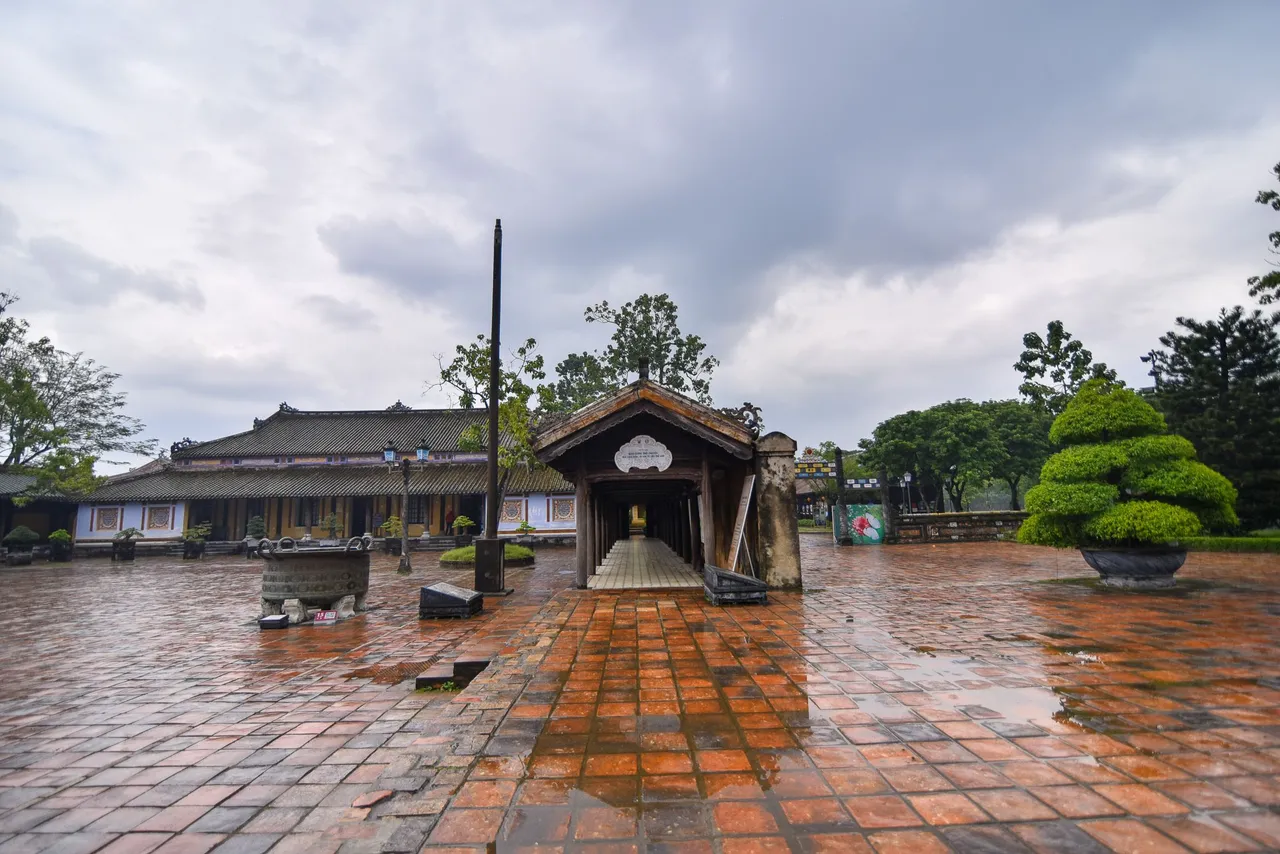
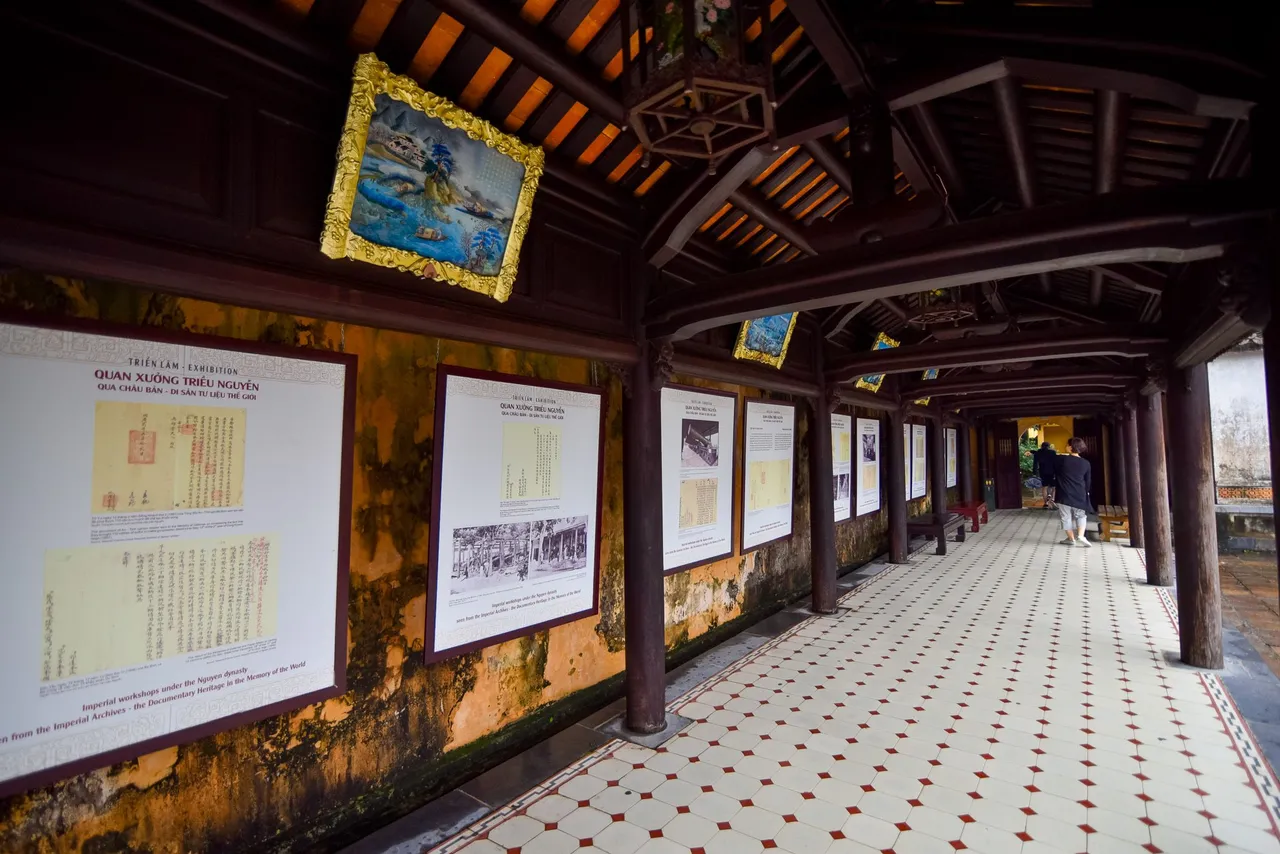
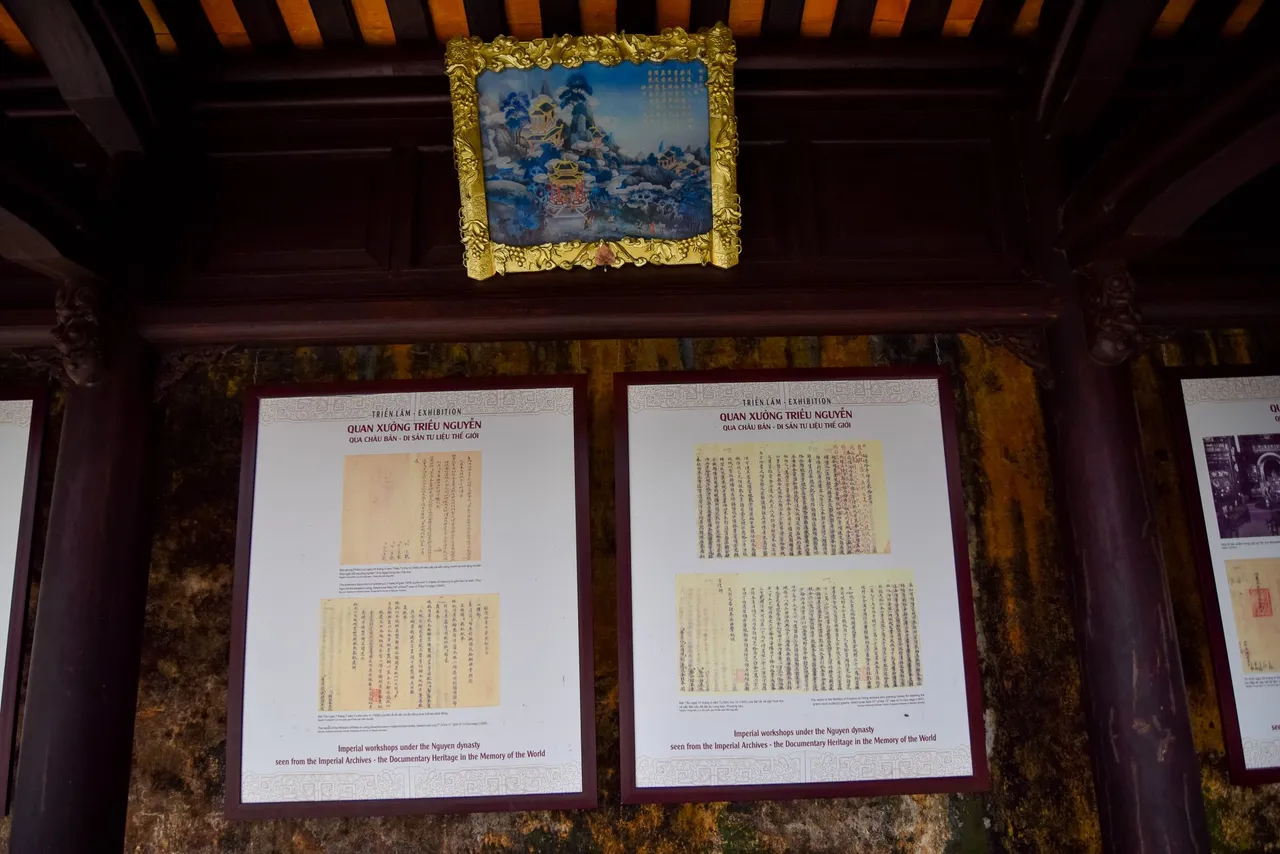
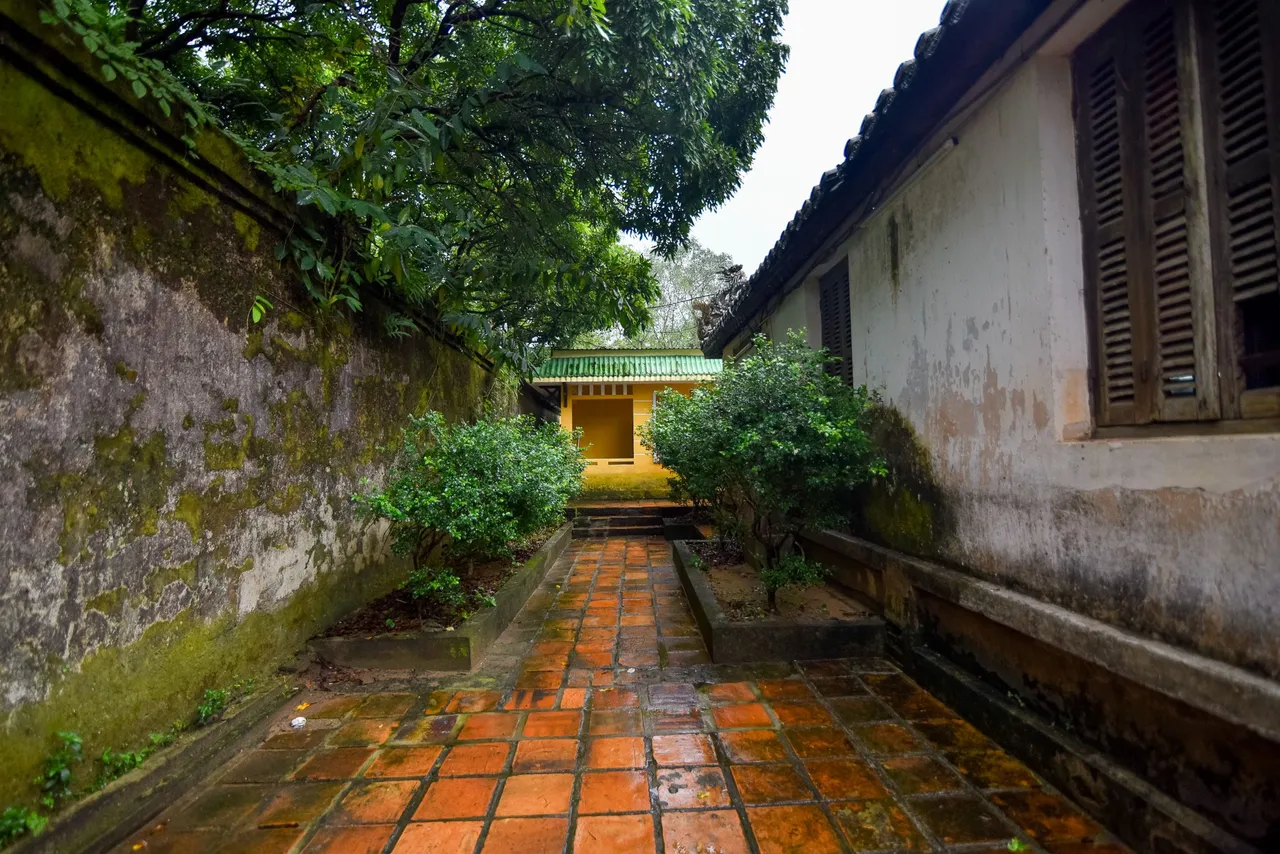
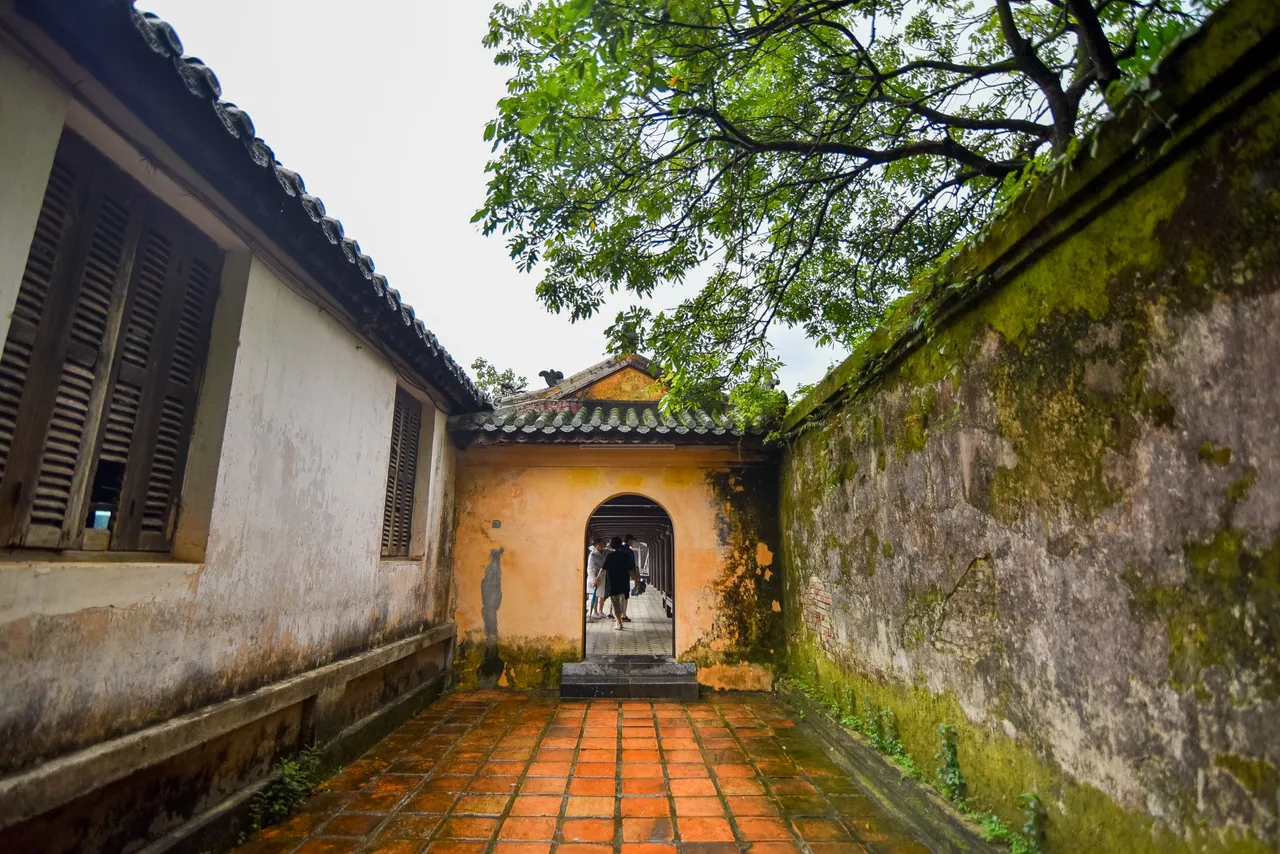
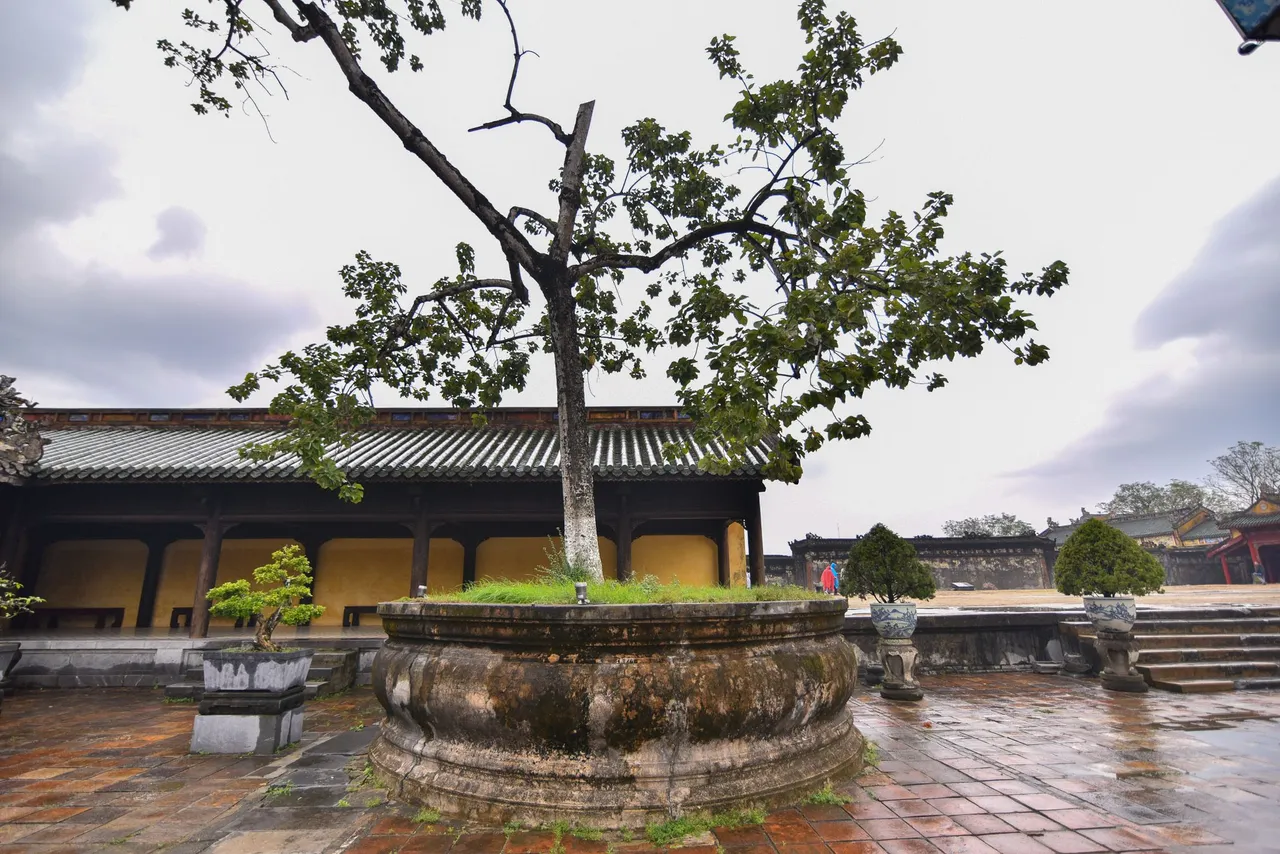
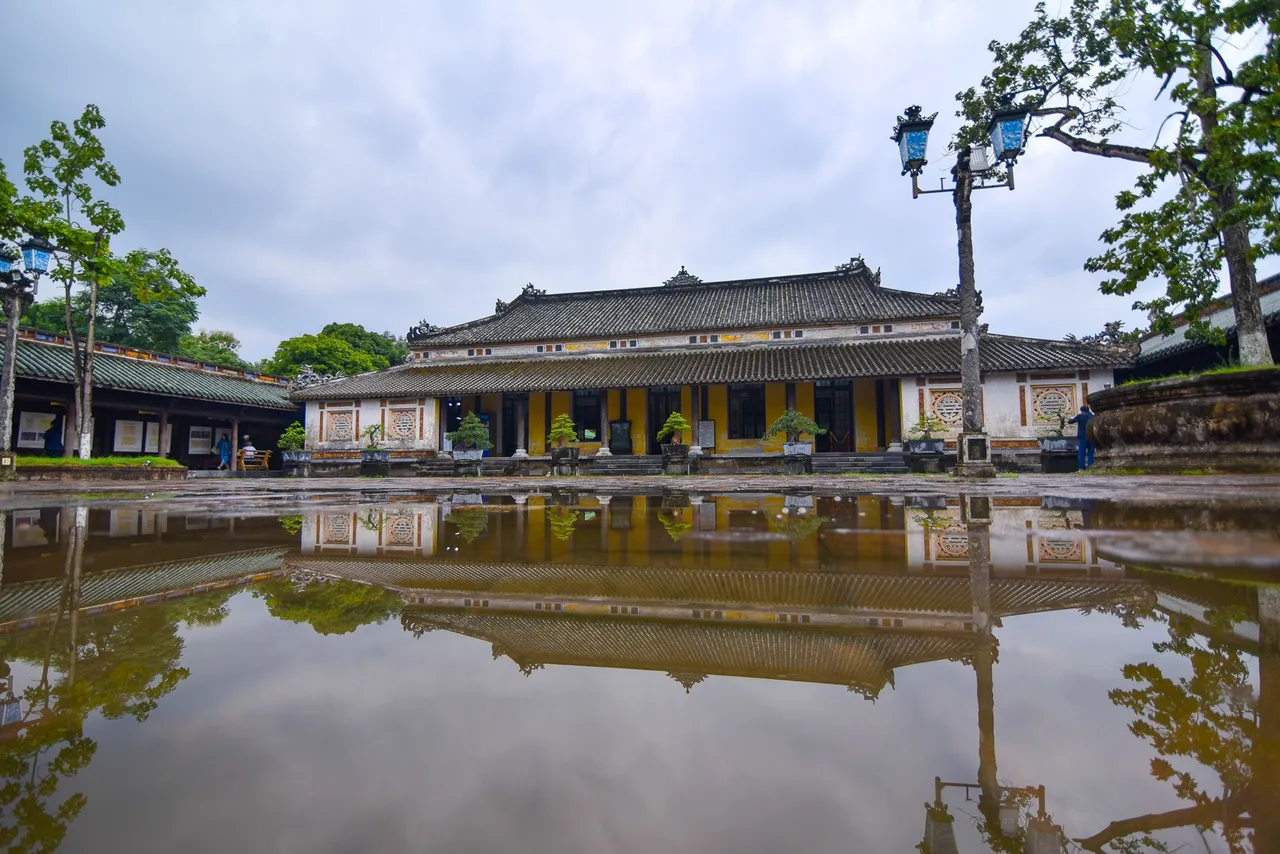
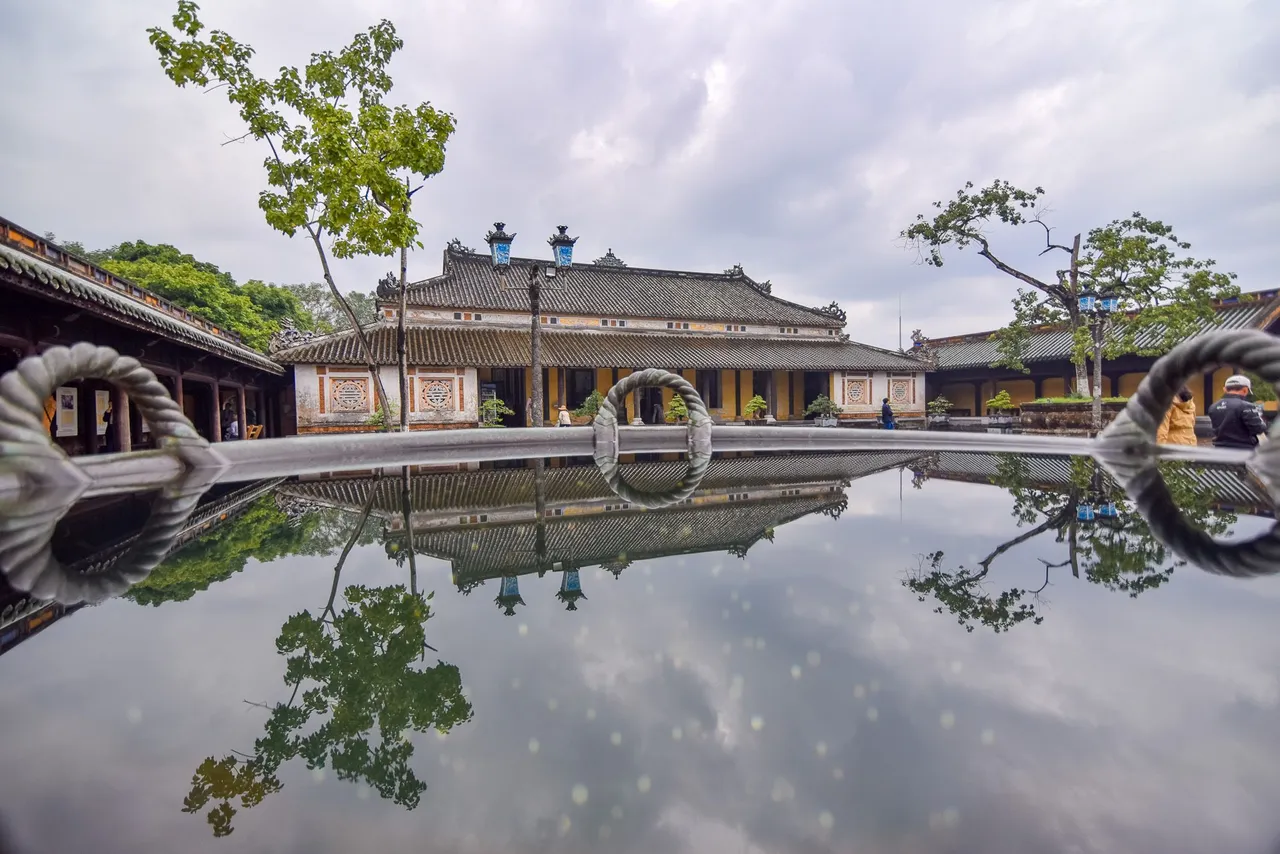
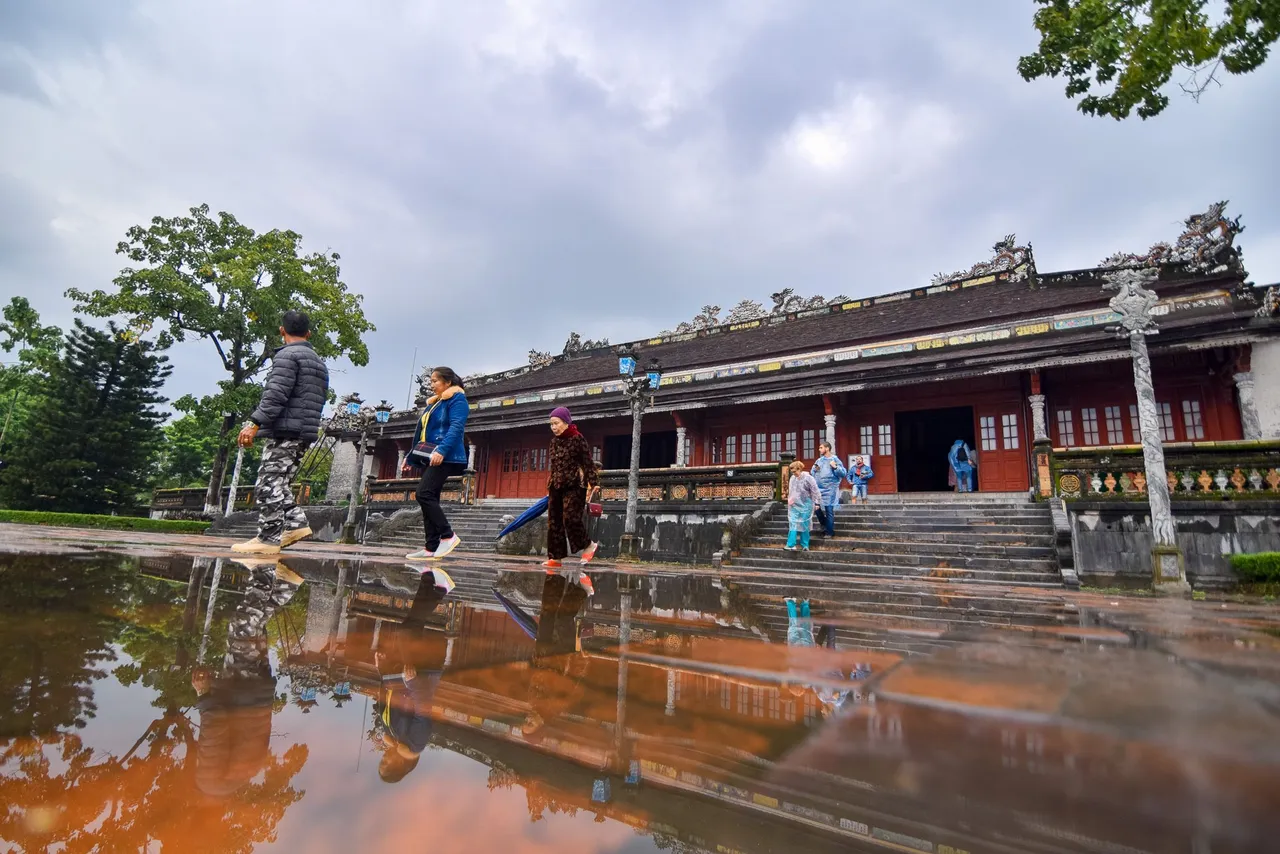
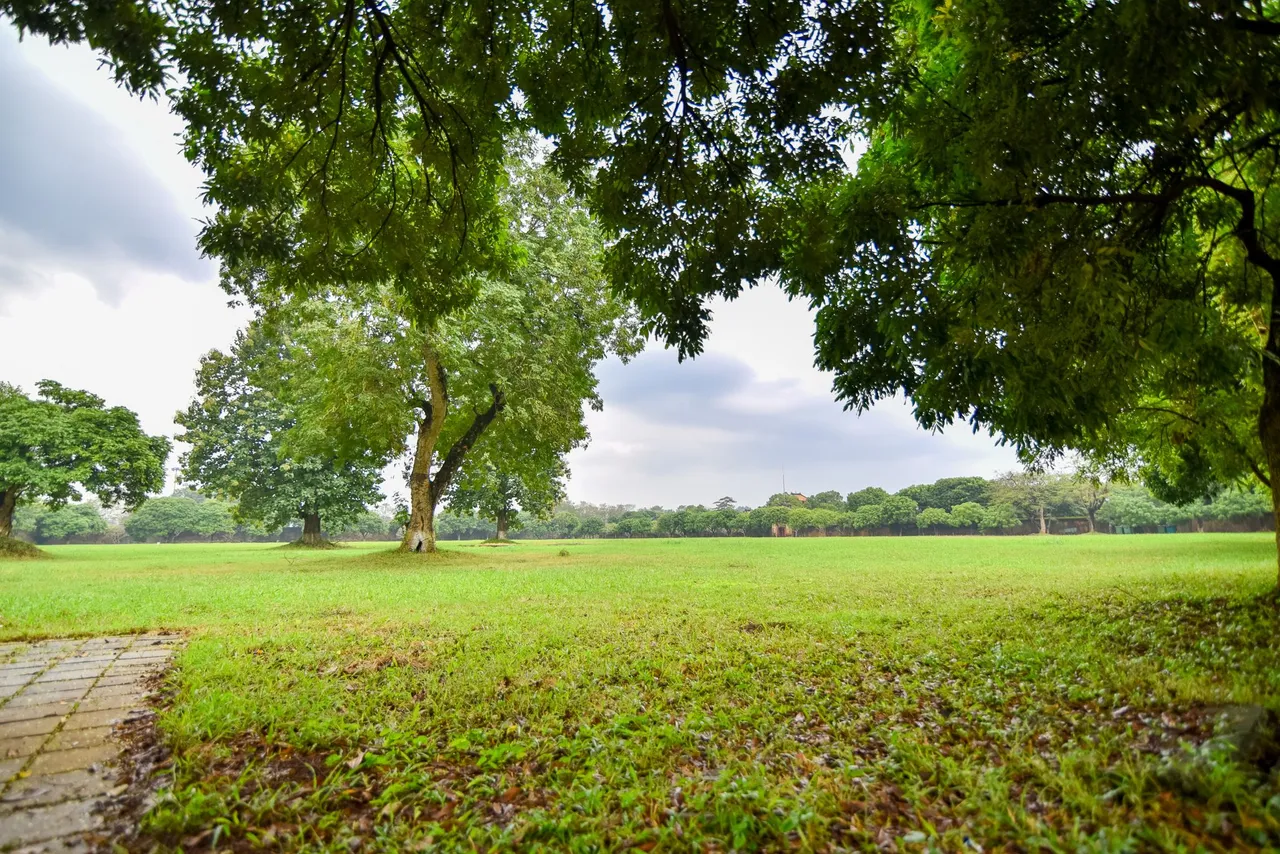
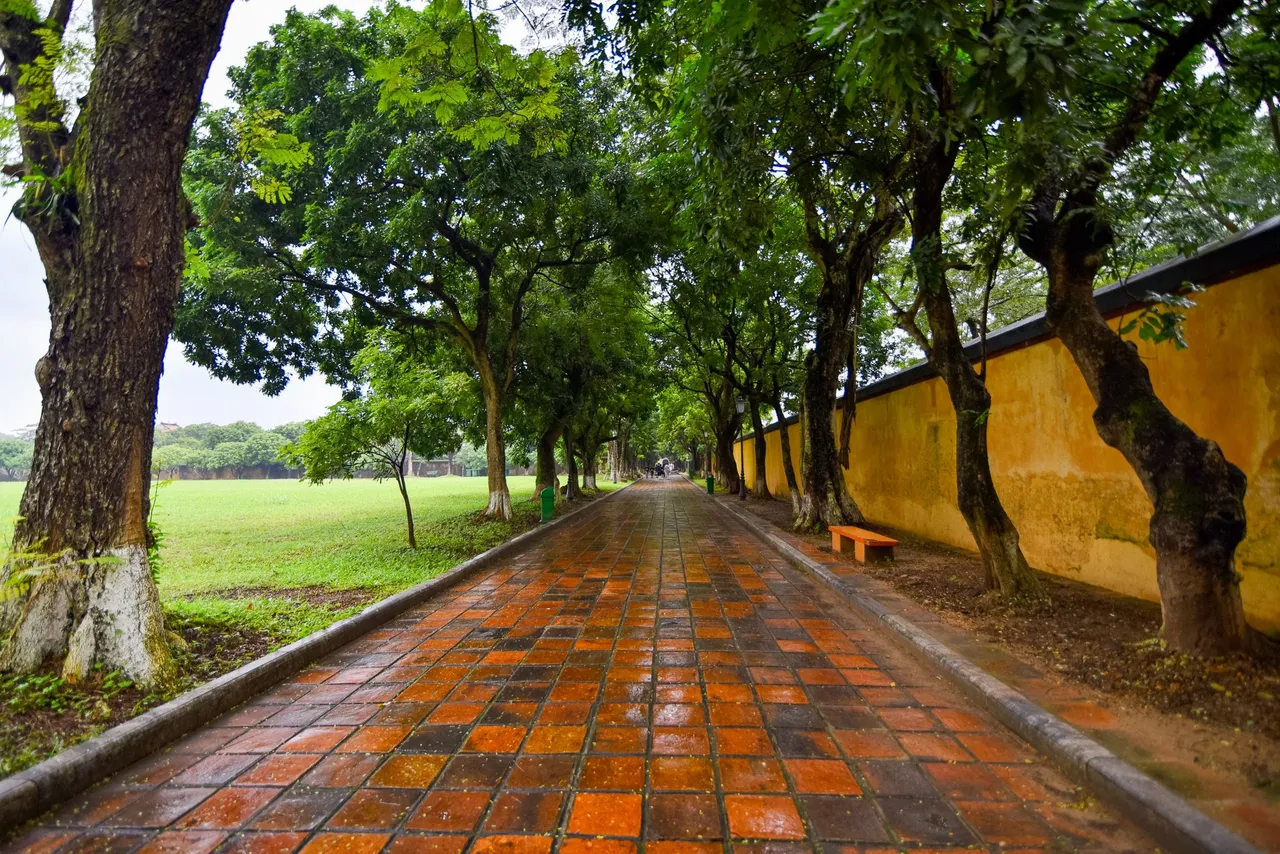
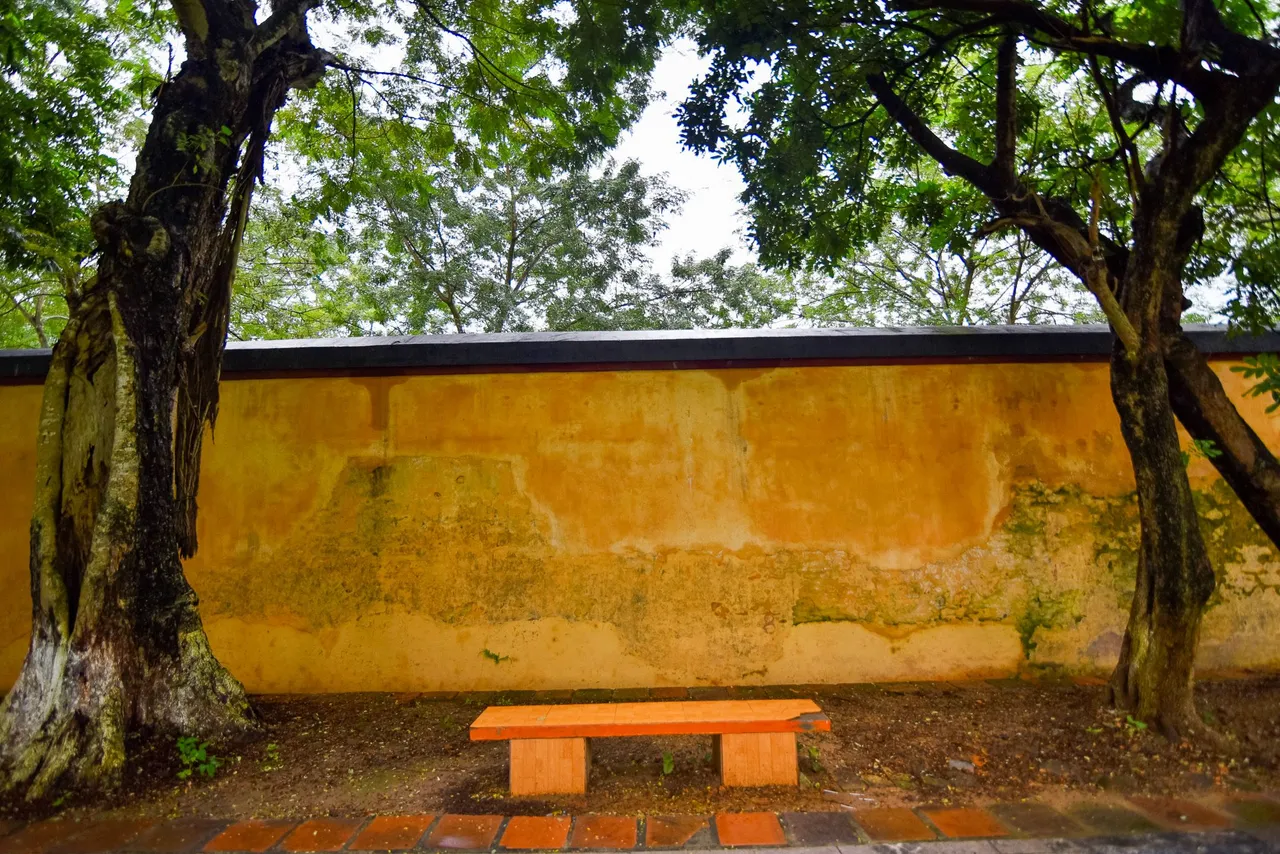

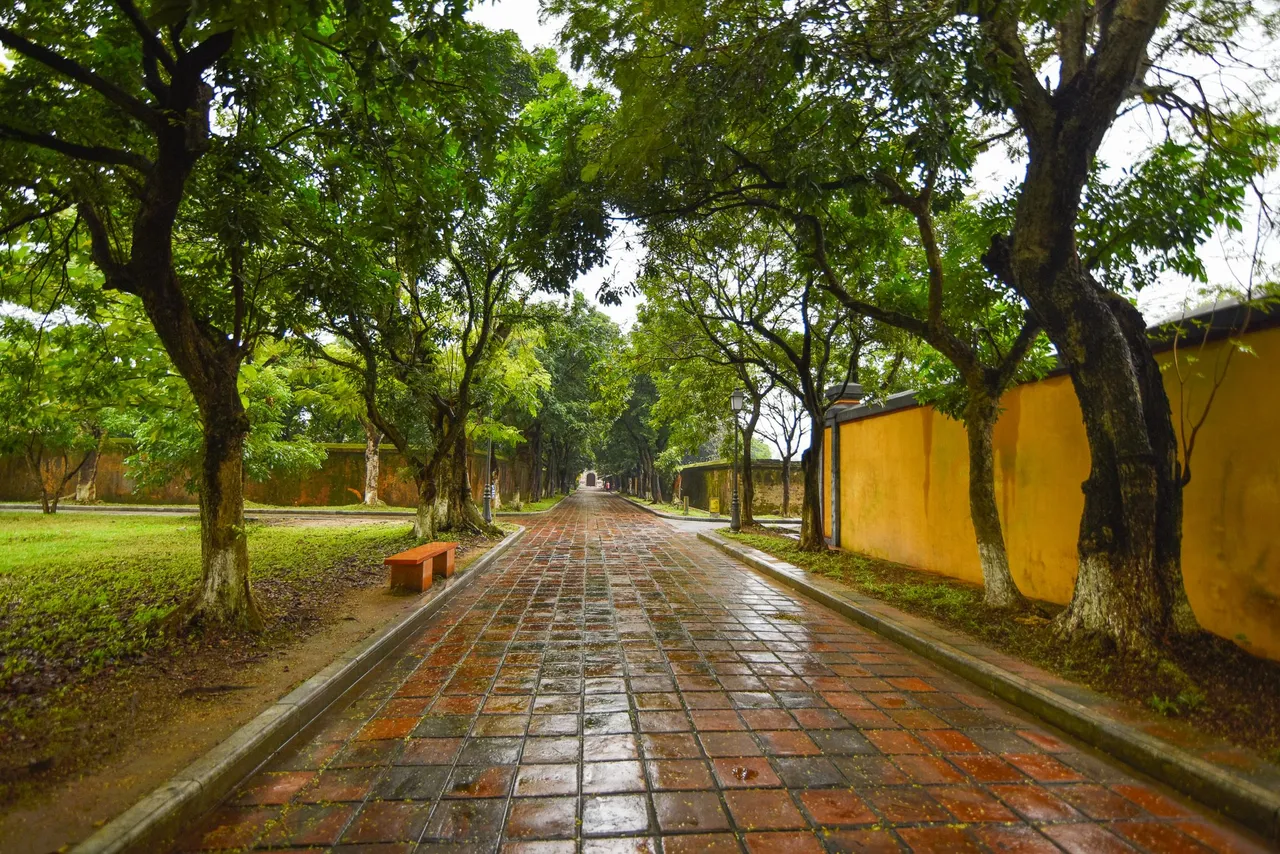
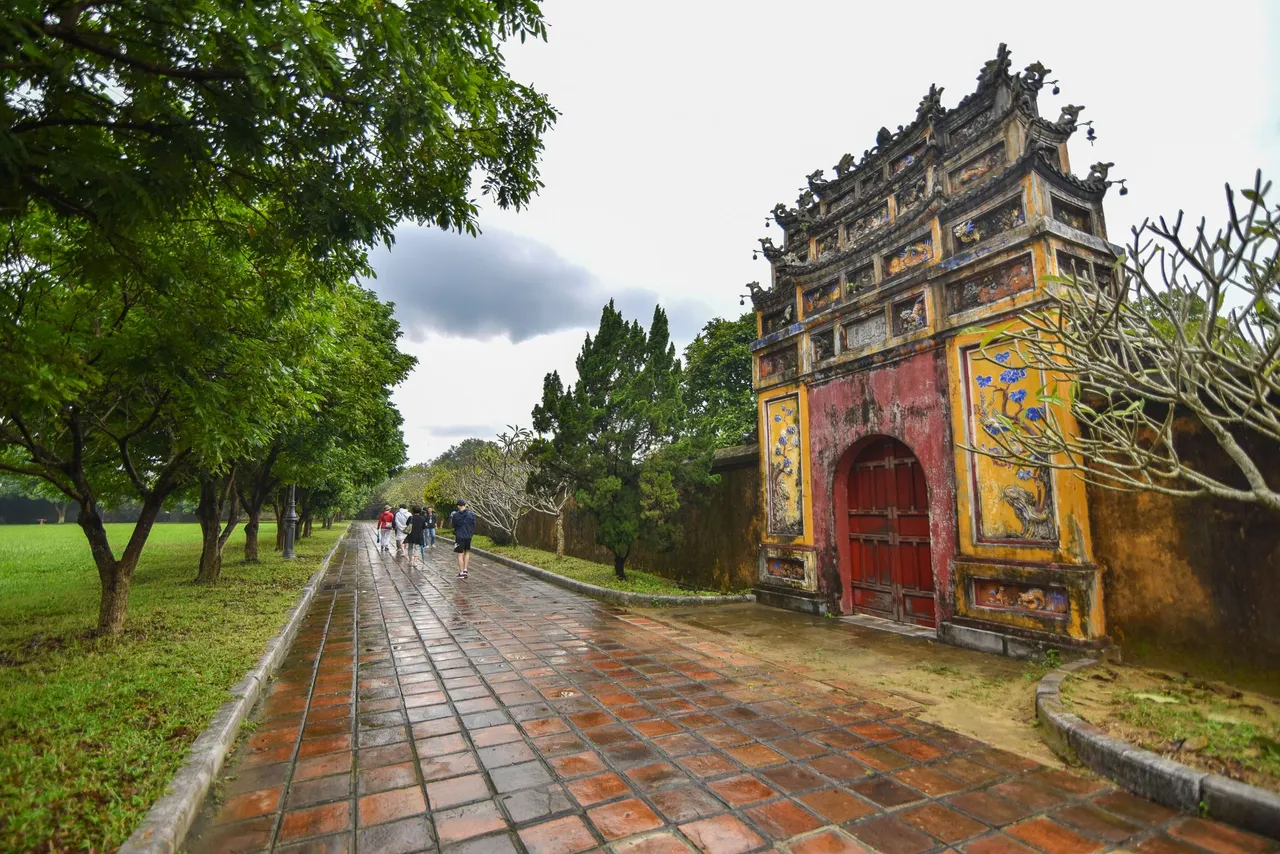

After visiting Ta Vu and Huu Vu, visitors can continue by tram or walk. Normally, the first tram that will lead visitors to visit is Hien Lam Cat. This place is considered a memorial and memory of the merits of the Nguyen kings and officials who made great contributions to the country. Outside the yard, there are Nine Peaks made of copper, up to nine peaks, placed outside the yard. Each of the nine peaks represents a separate name, corresponding to a king.
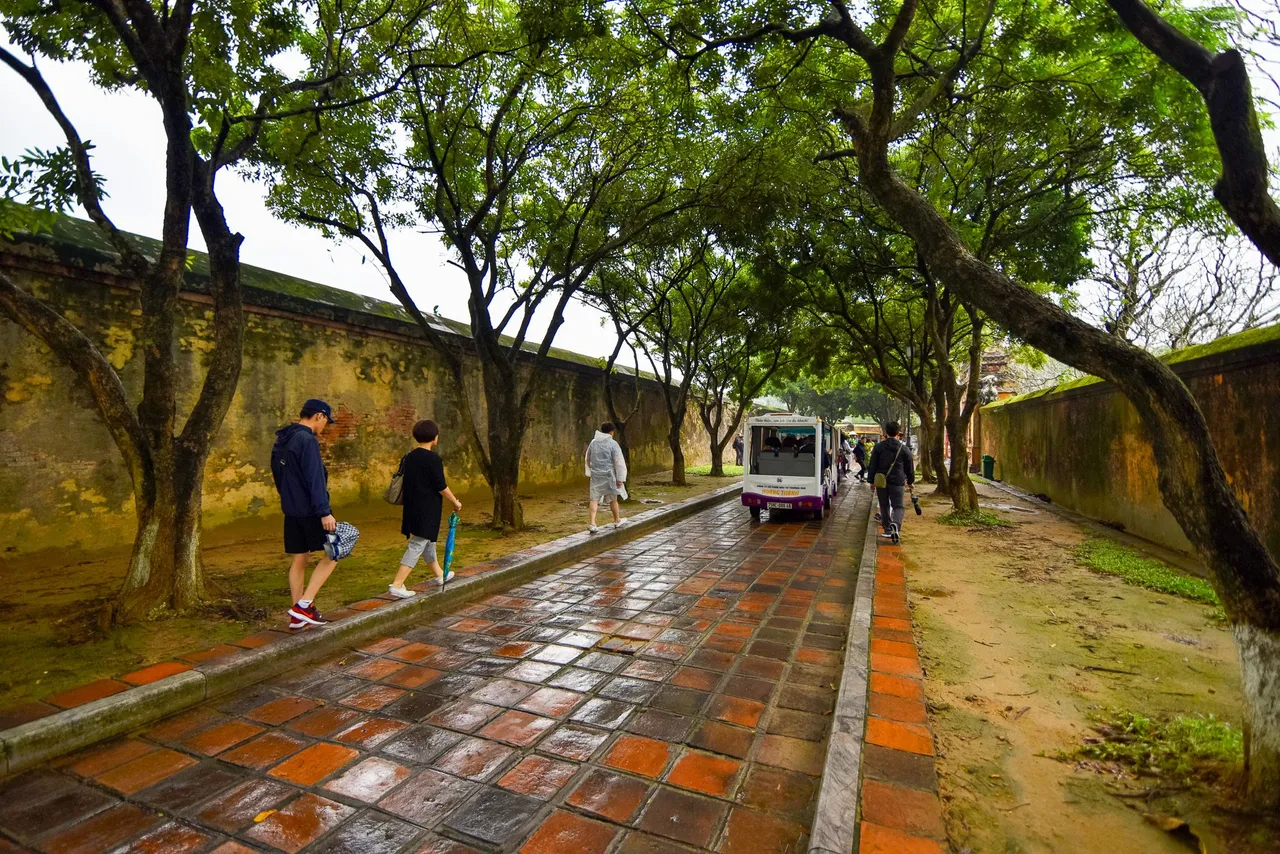
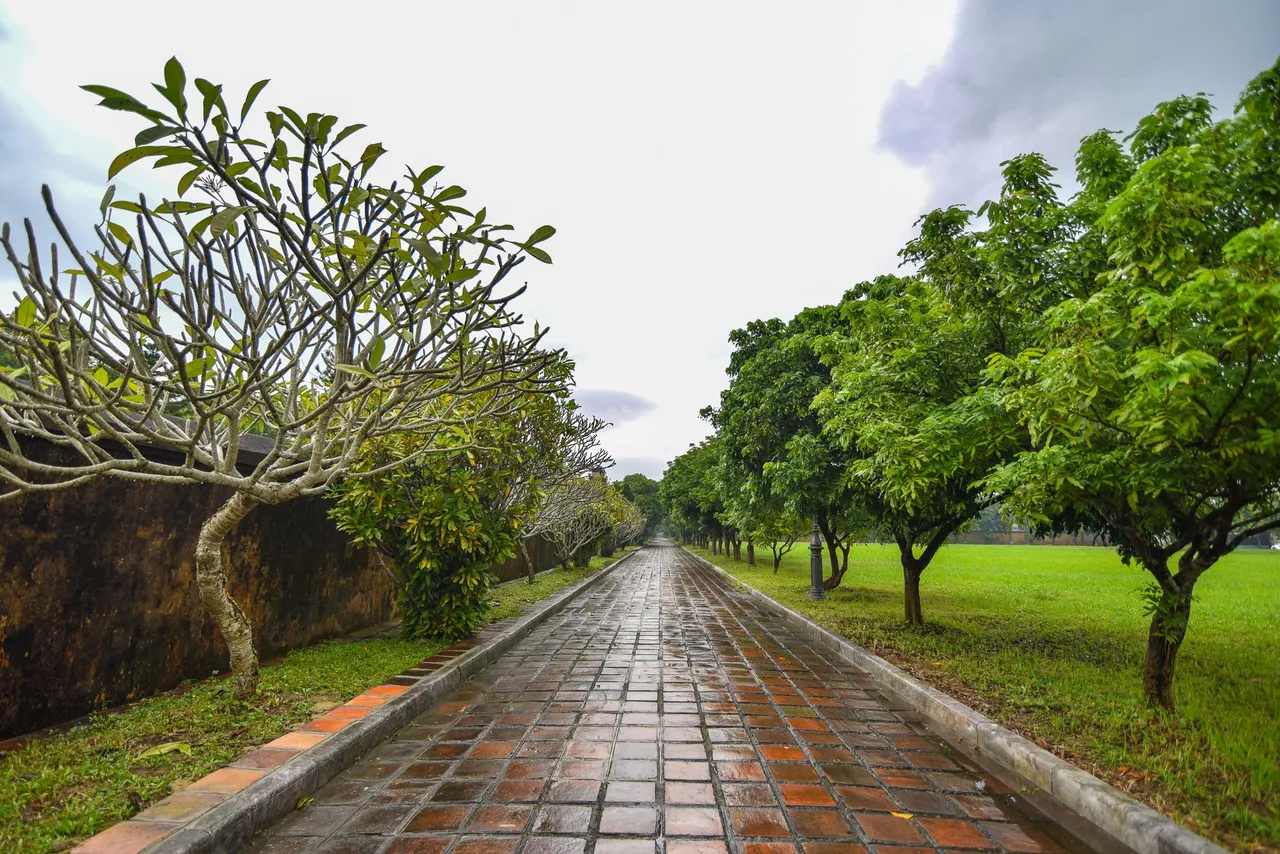


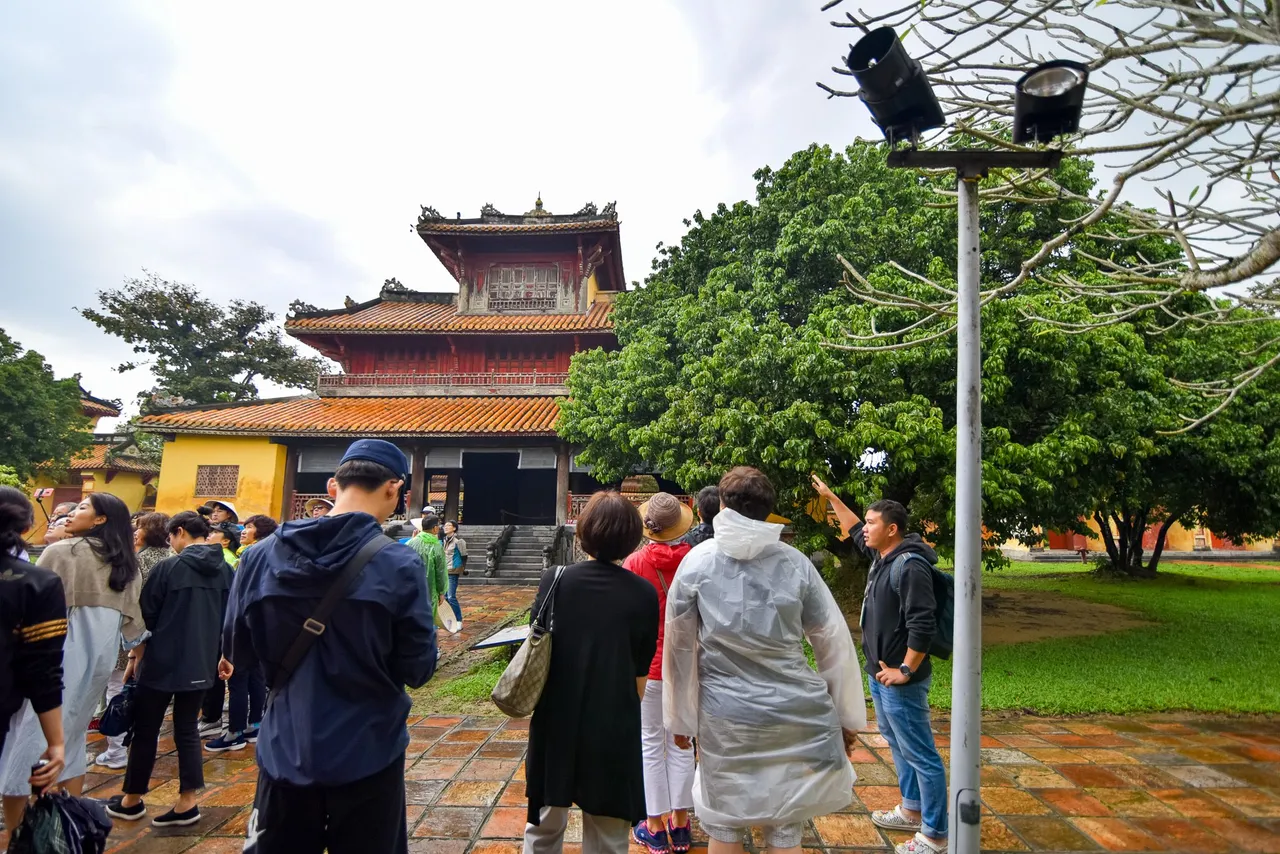
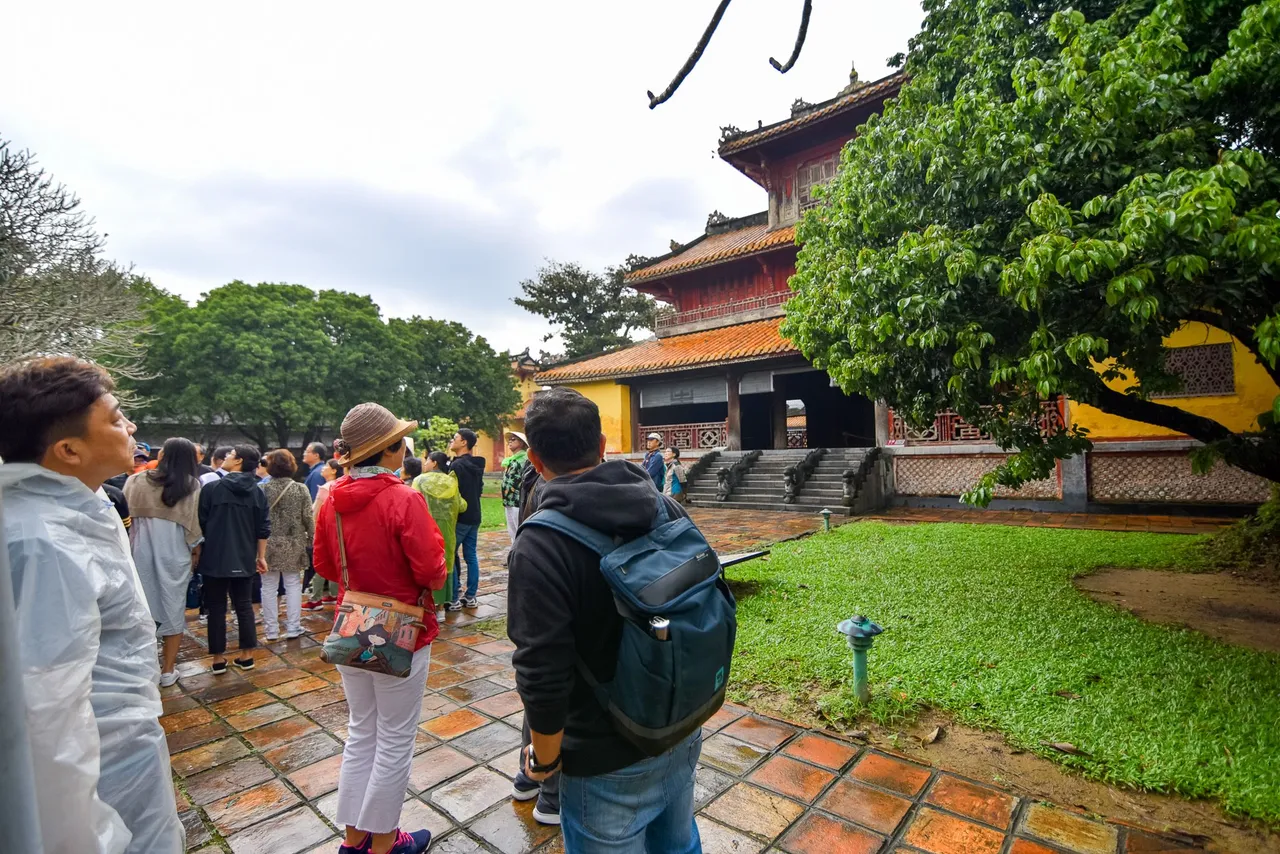
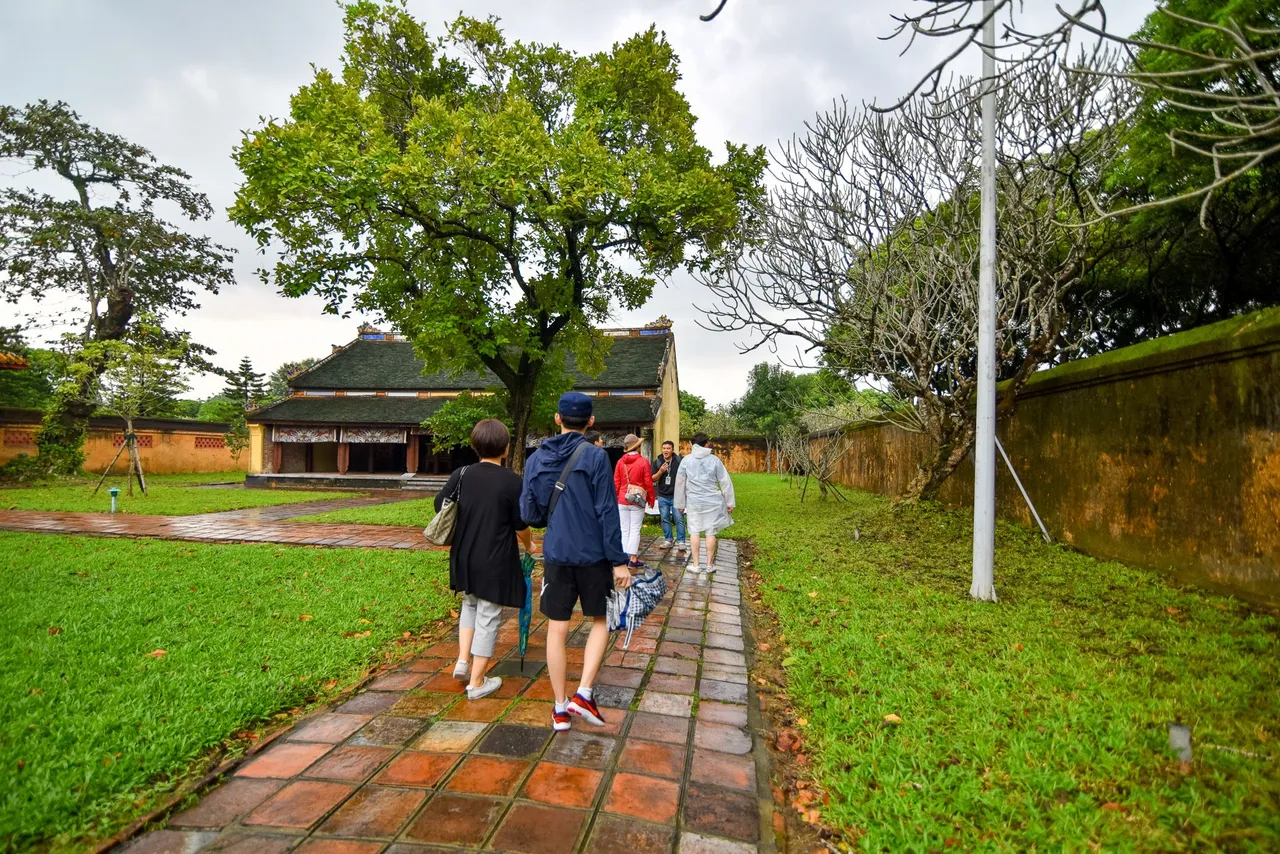
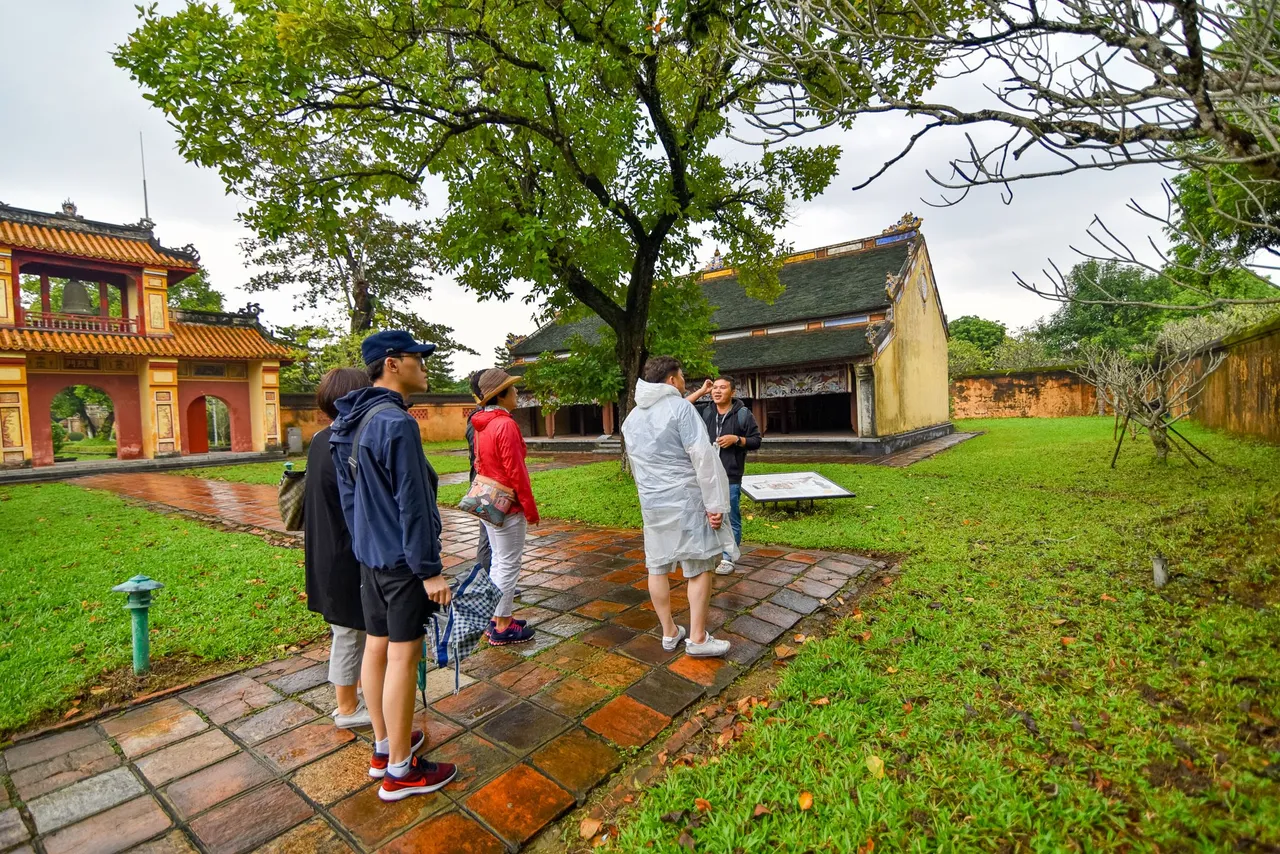
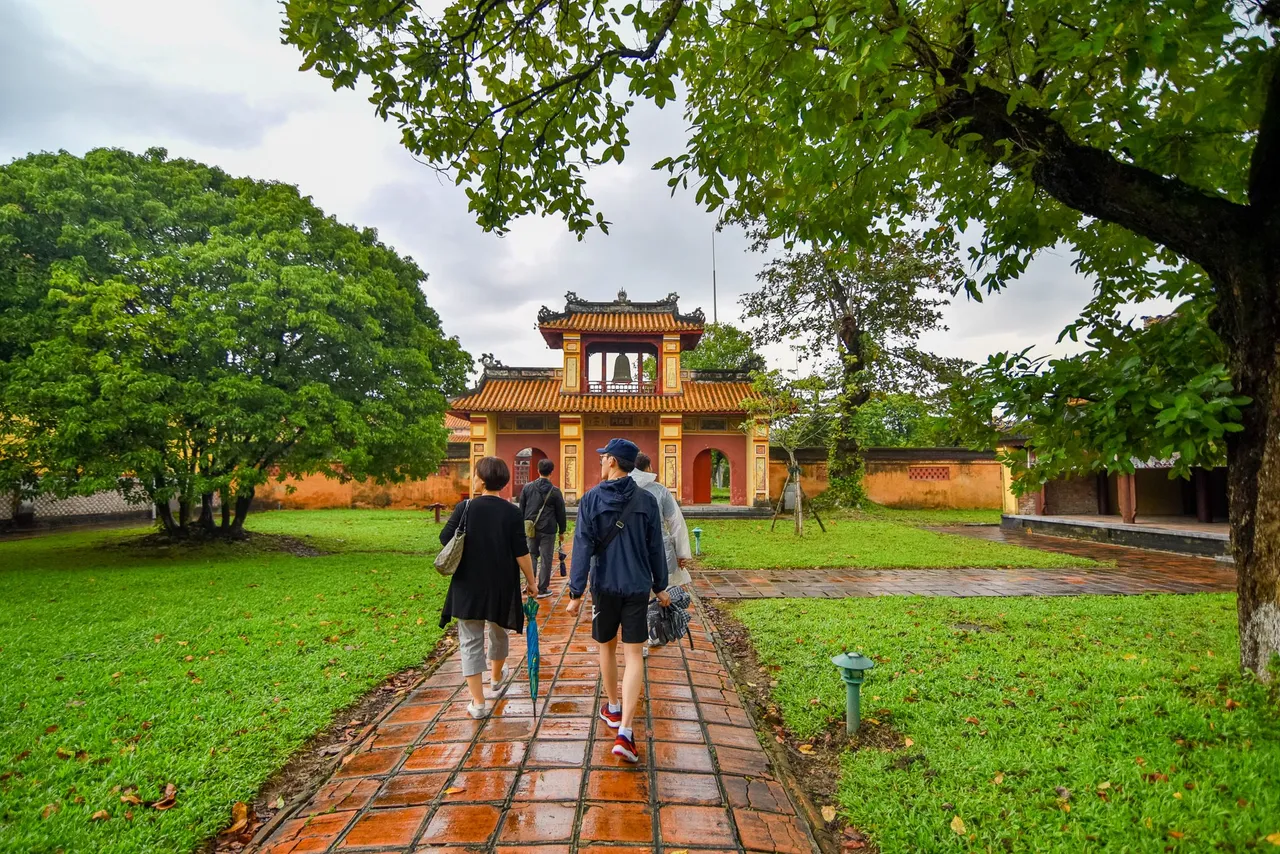
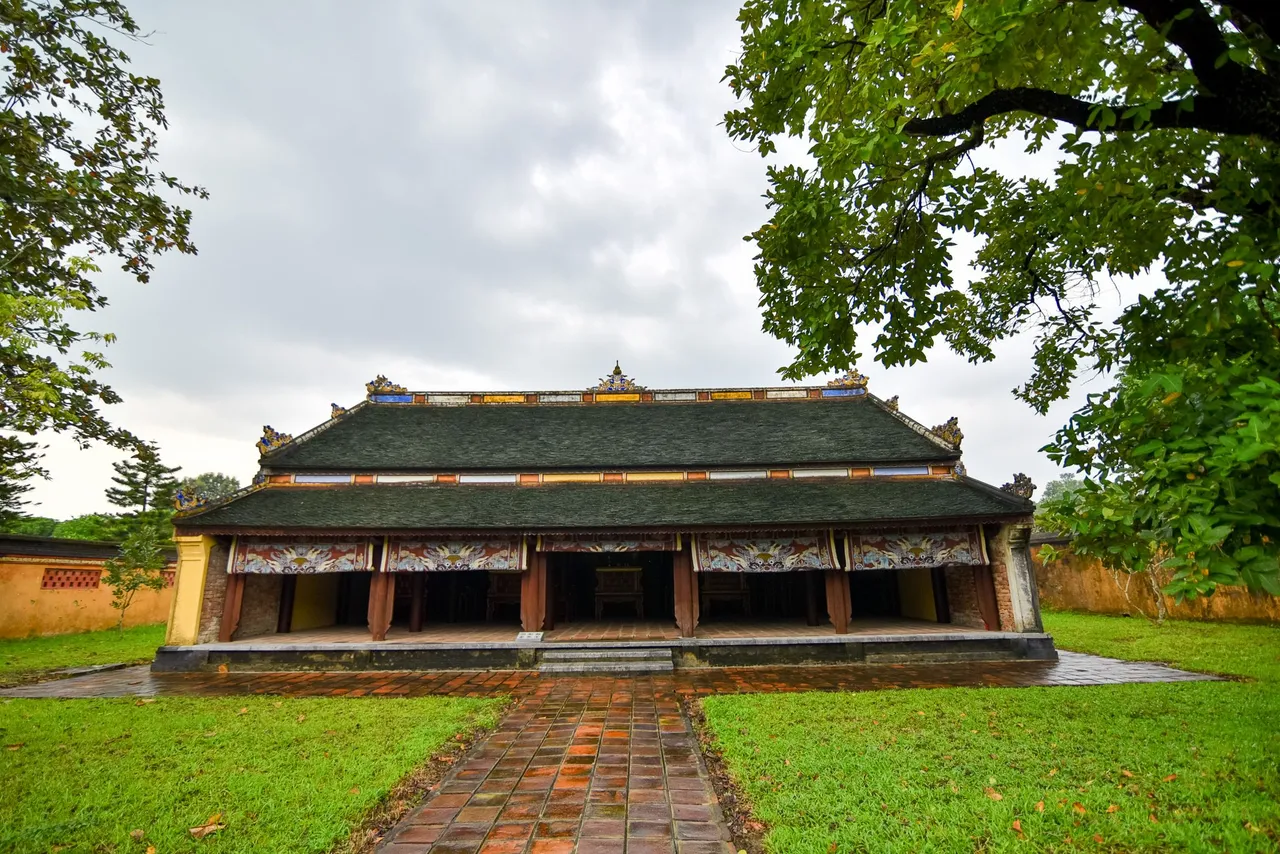
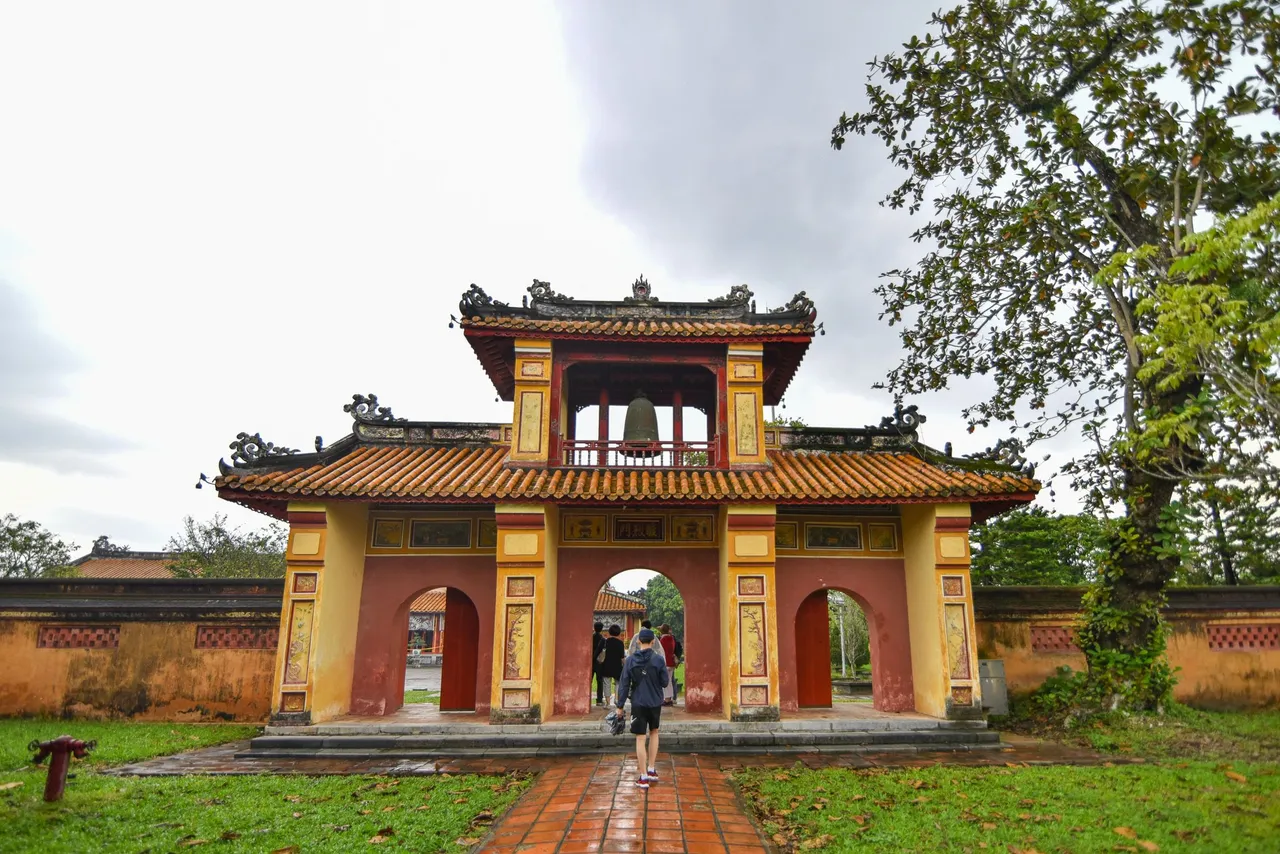
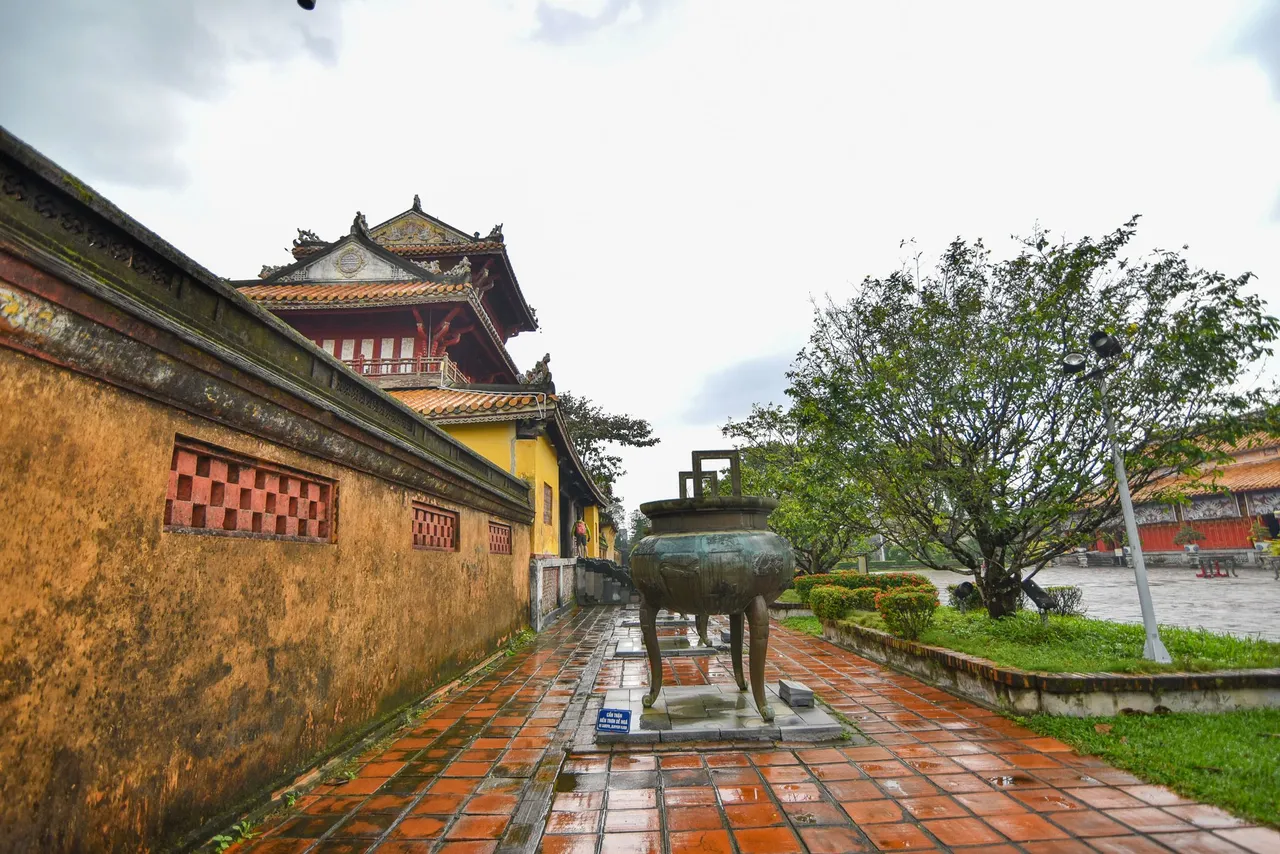
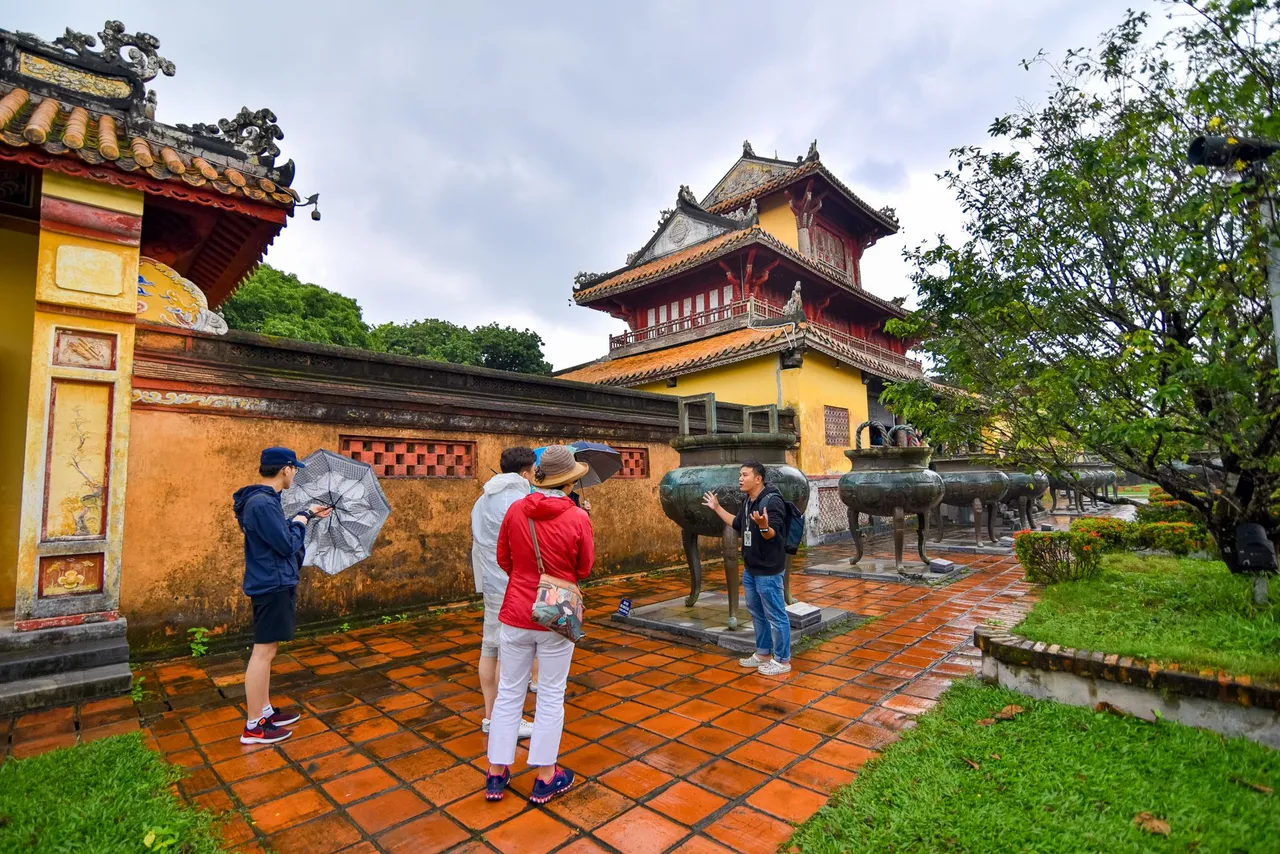


Located next to Hien Lam Cat Palace, is the Temple of the World. There will be 4 The Temples here: The To Mieu, Hung To Mieu, Thai To Mieu, and Trieu To Mieu. Which, The To Mieu is the largest place, inside this place is worshipping the kings of the Nguyen Dynasty. The remaining The Mieu are the place to worship the queens and the place of worship of the Nguyen Dynasty.
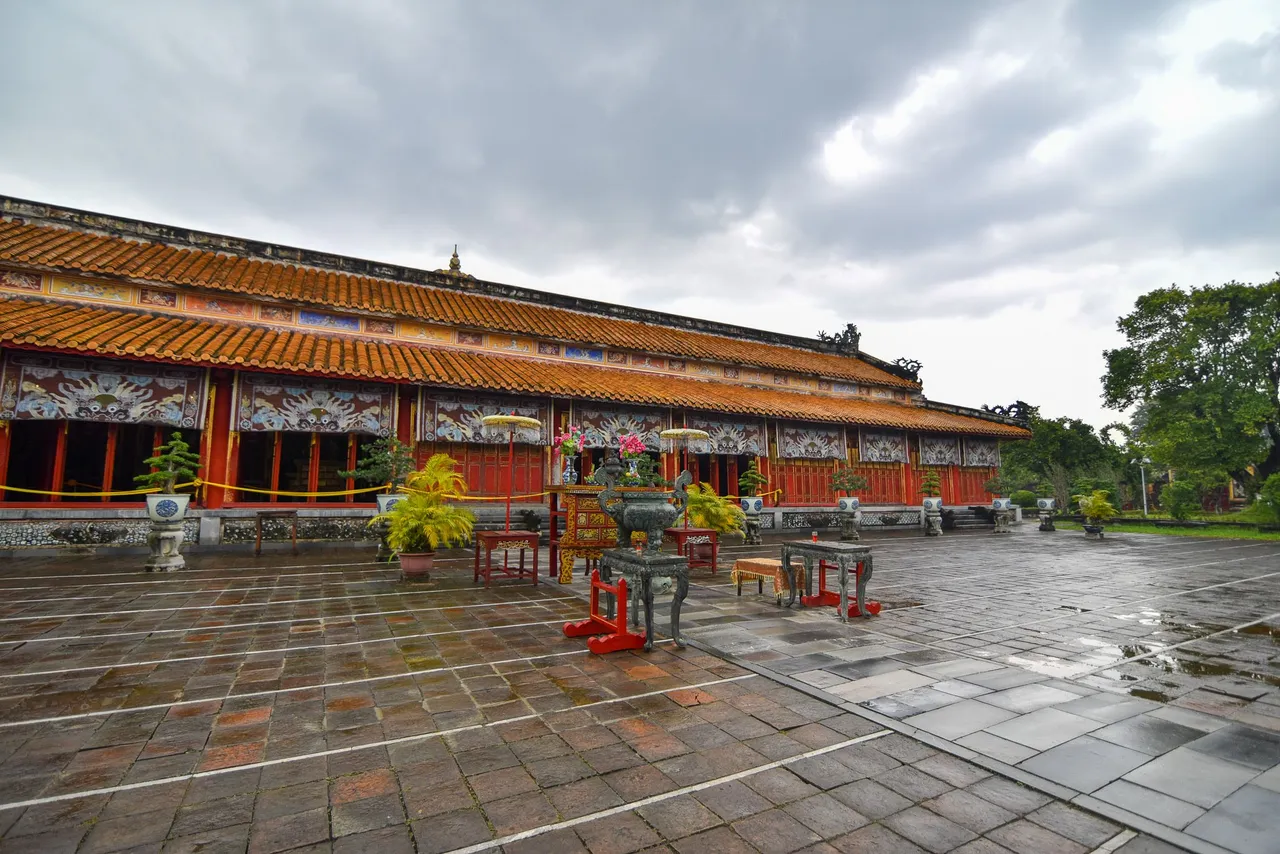
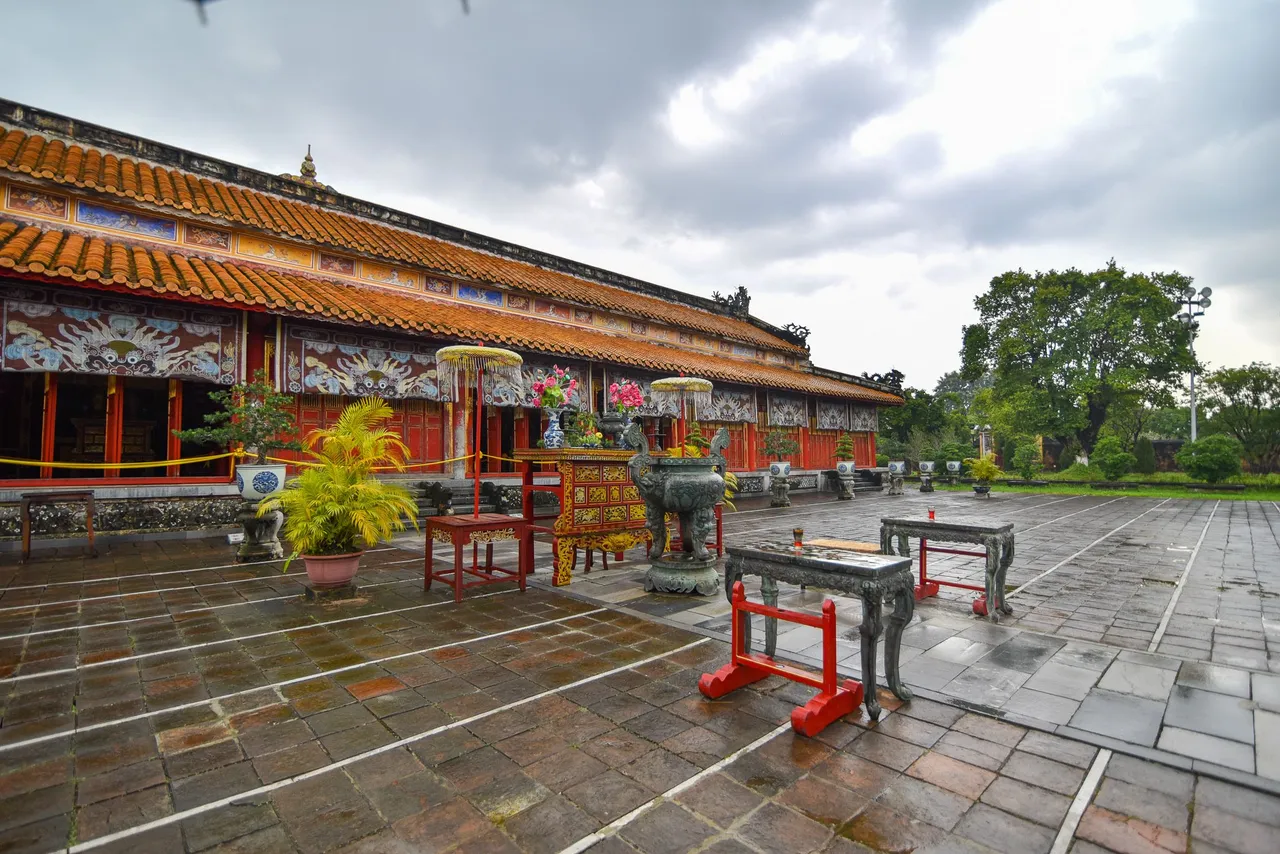

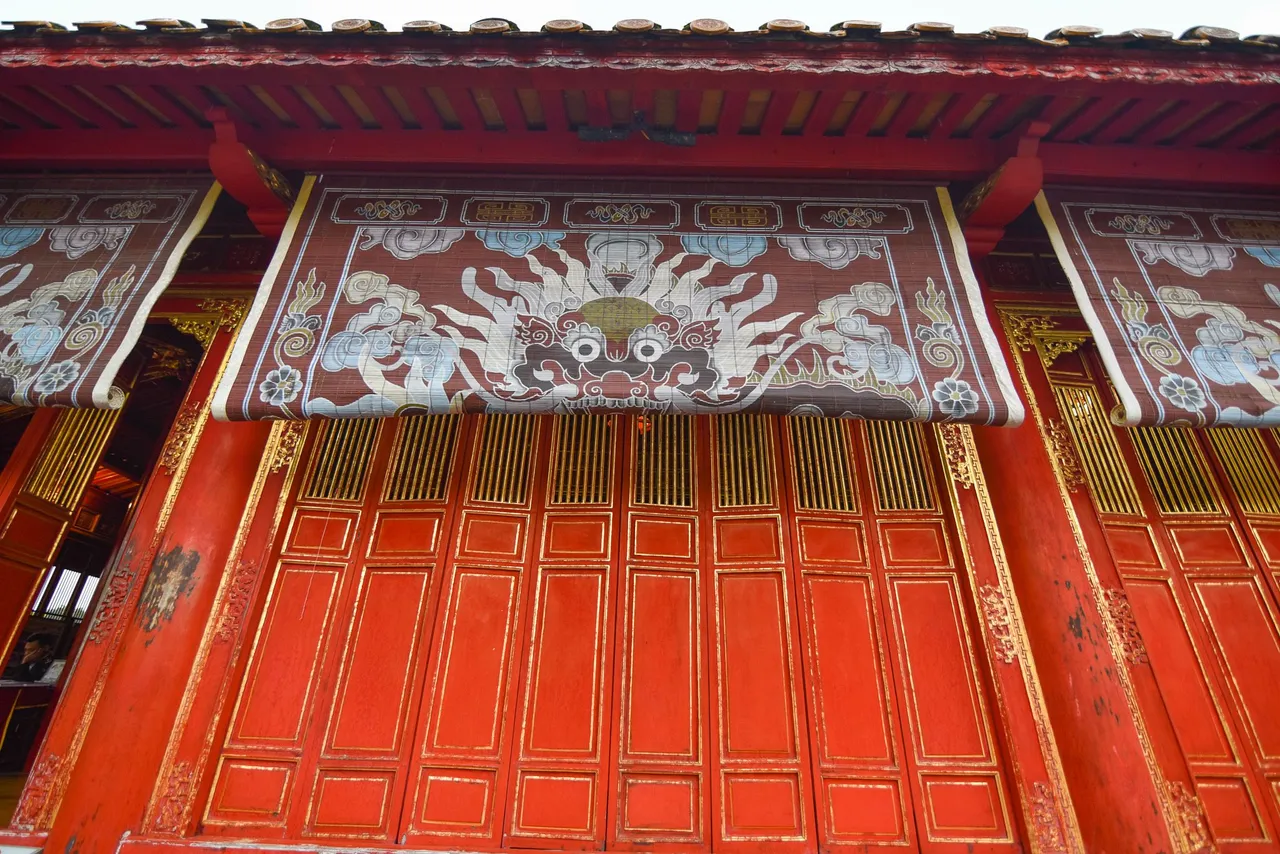
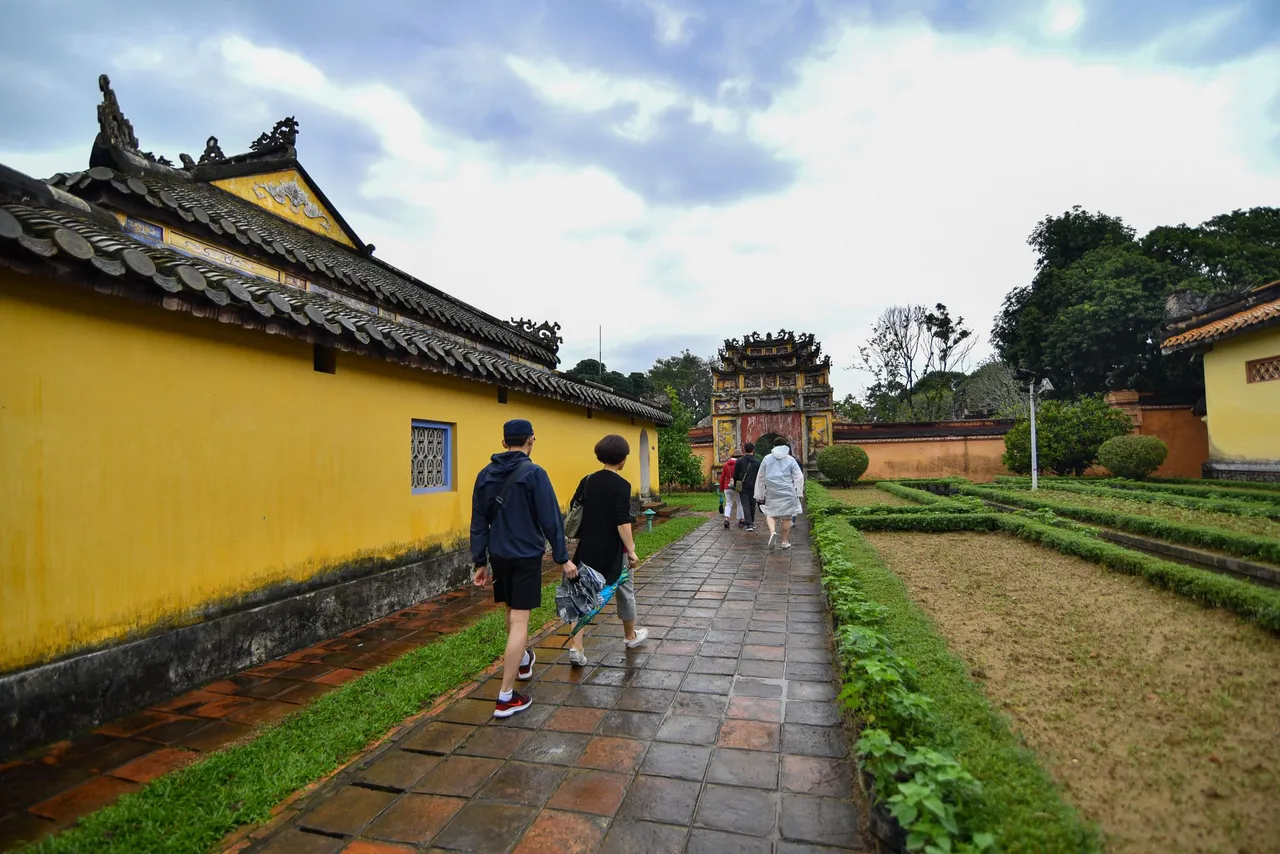
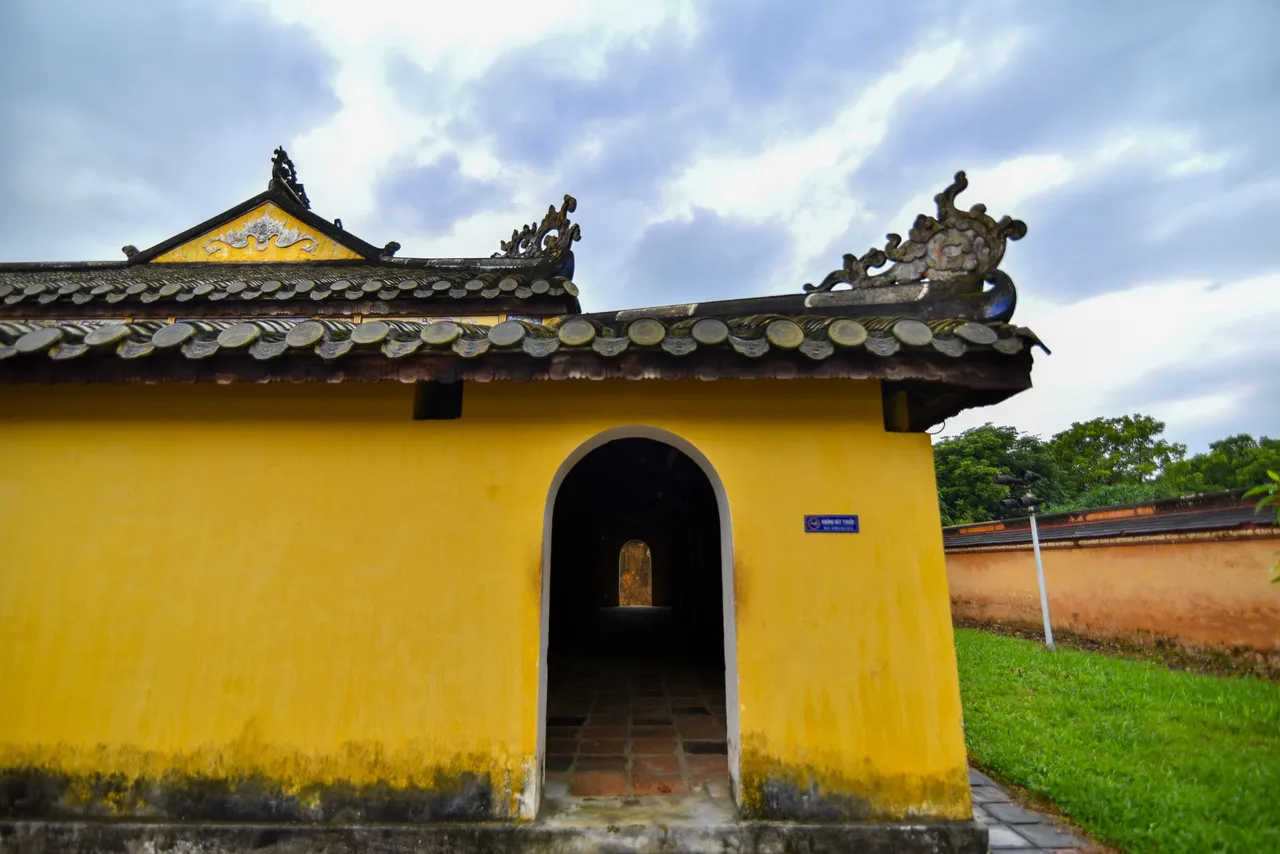
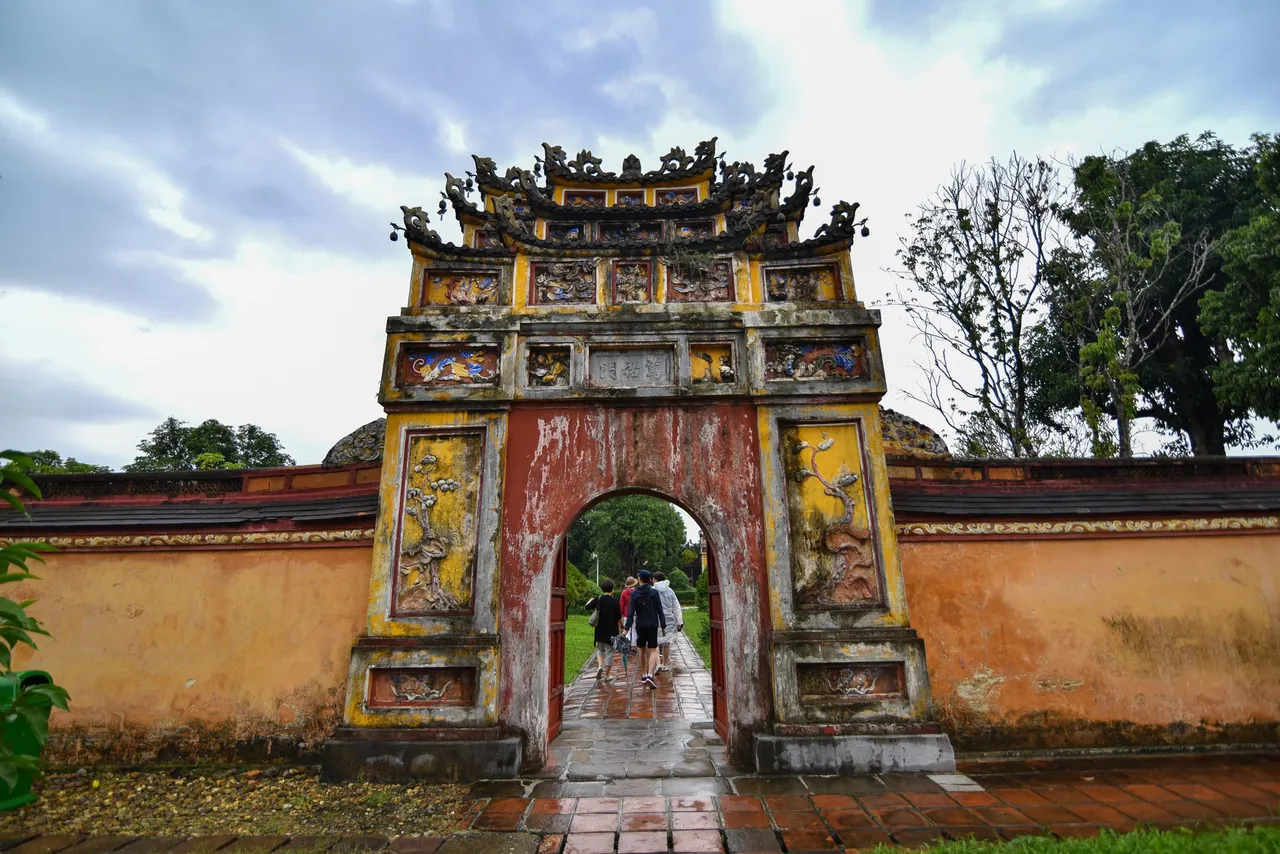
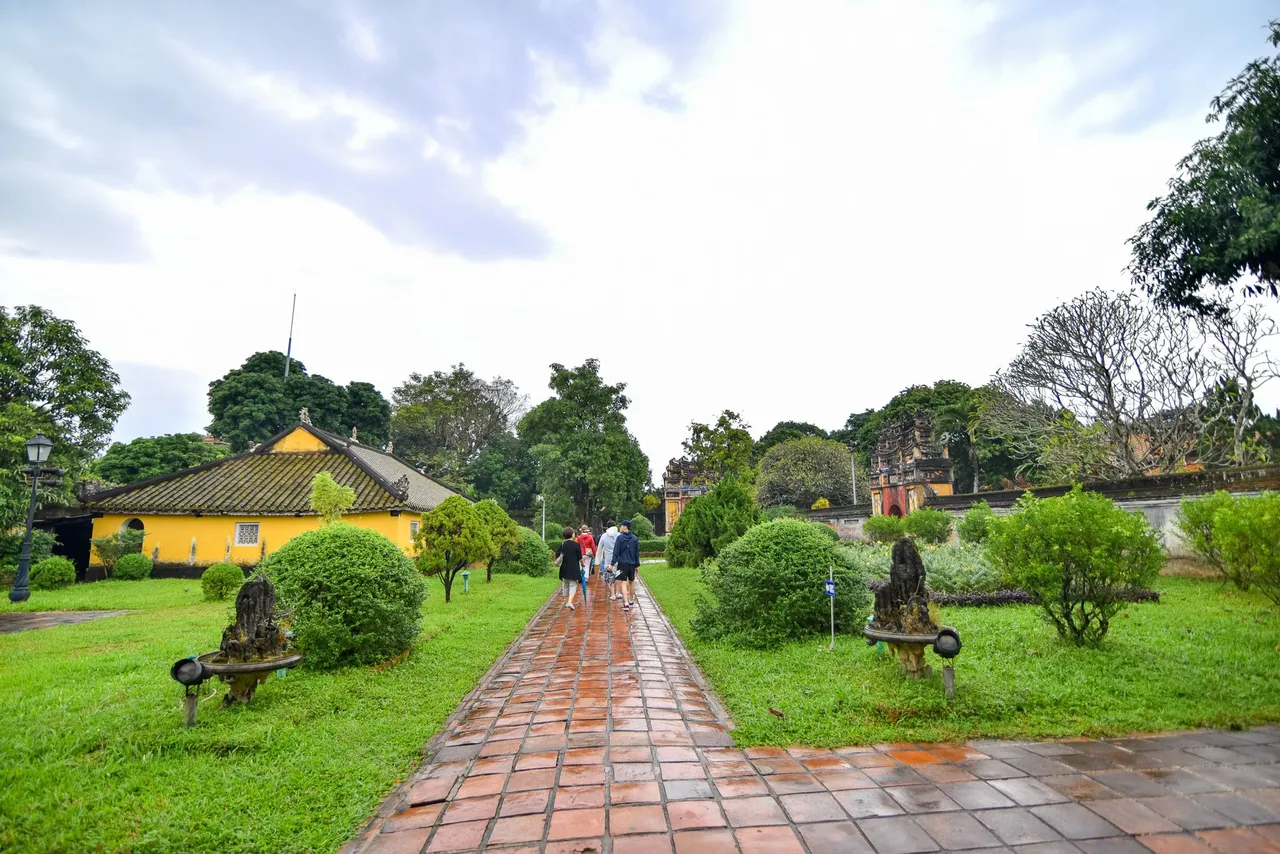

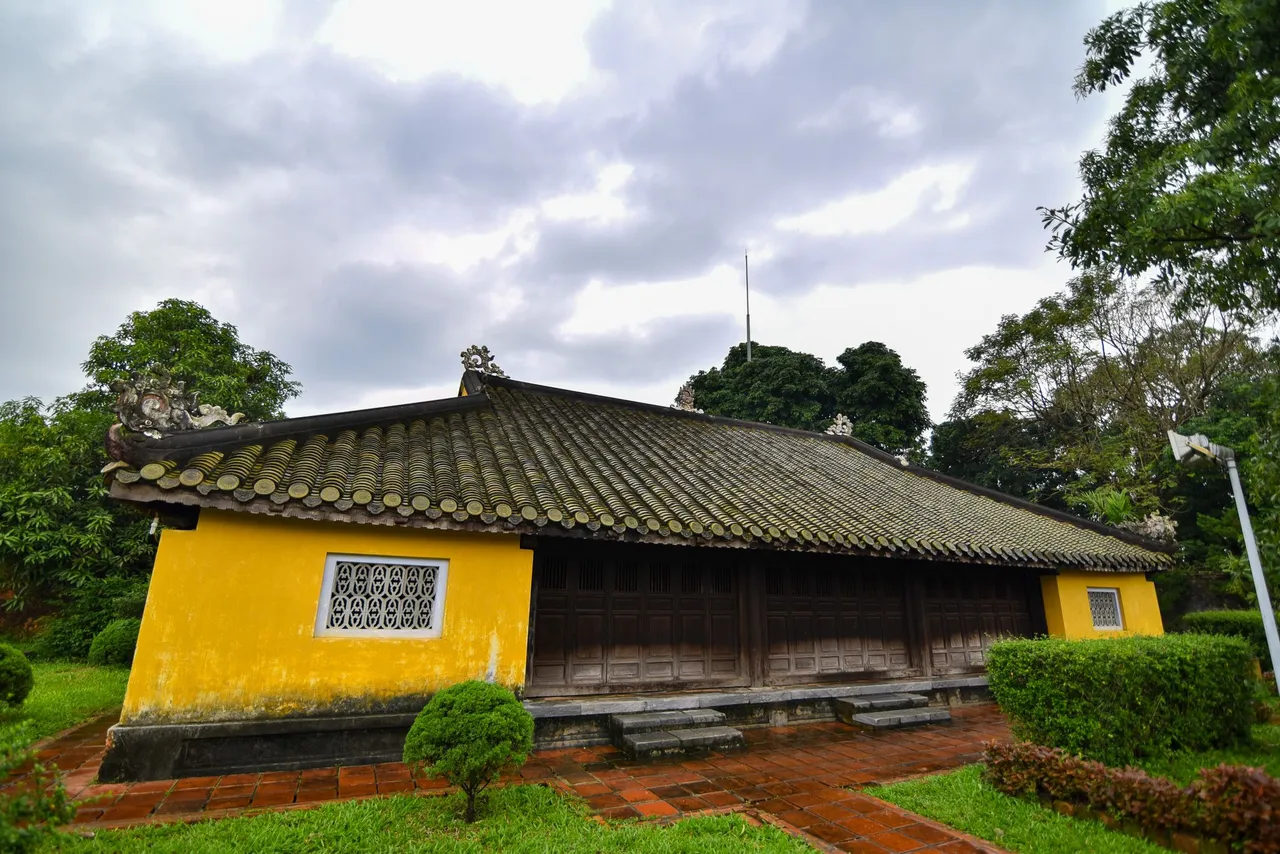
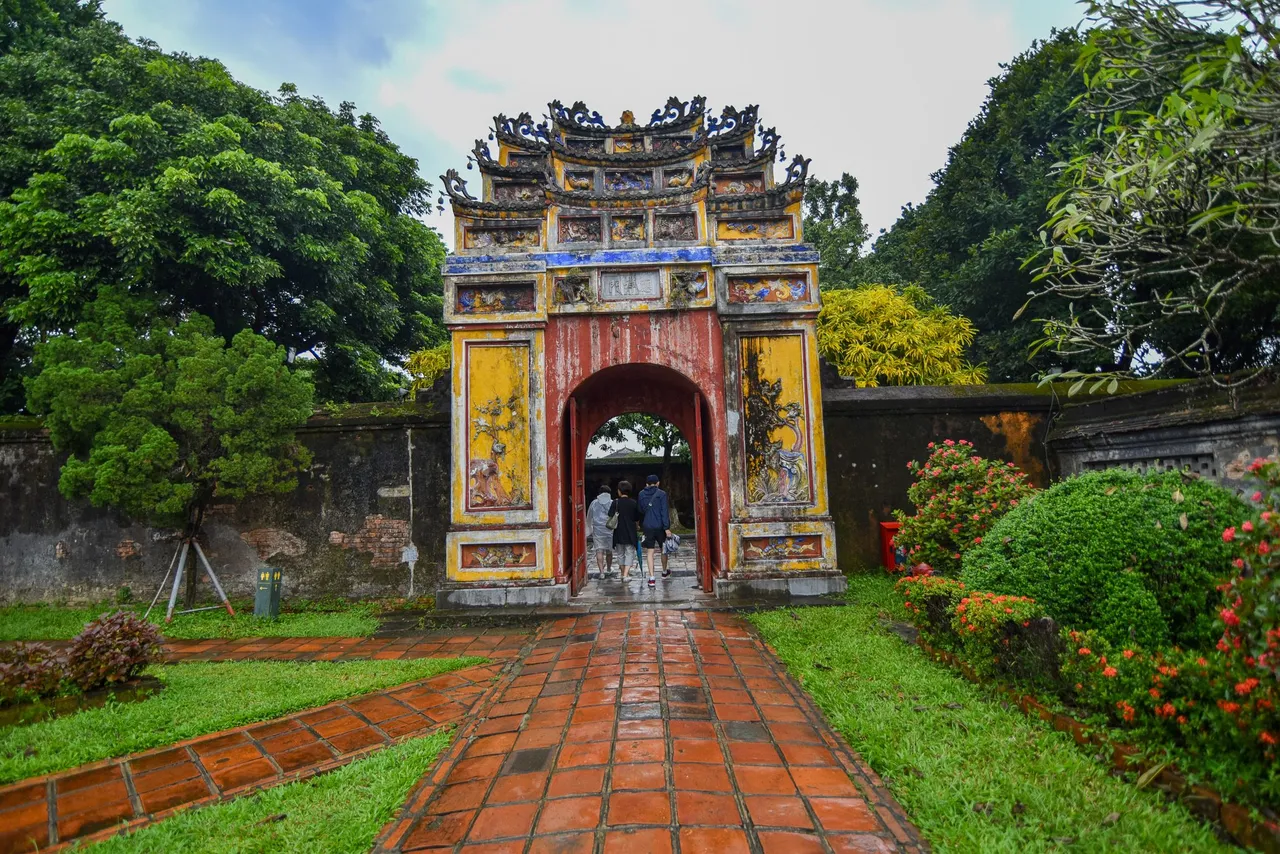

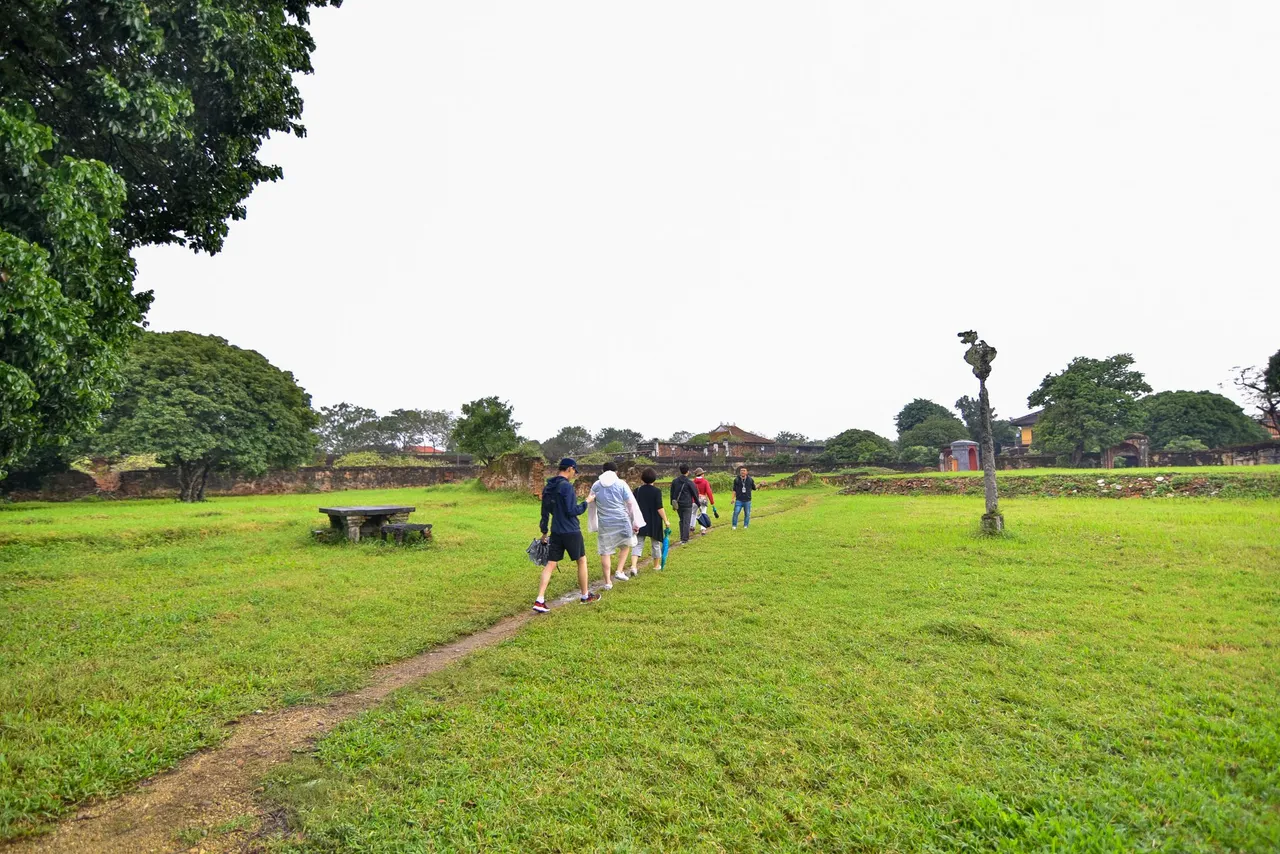
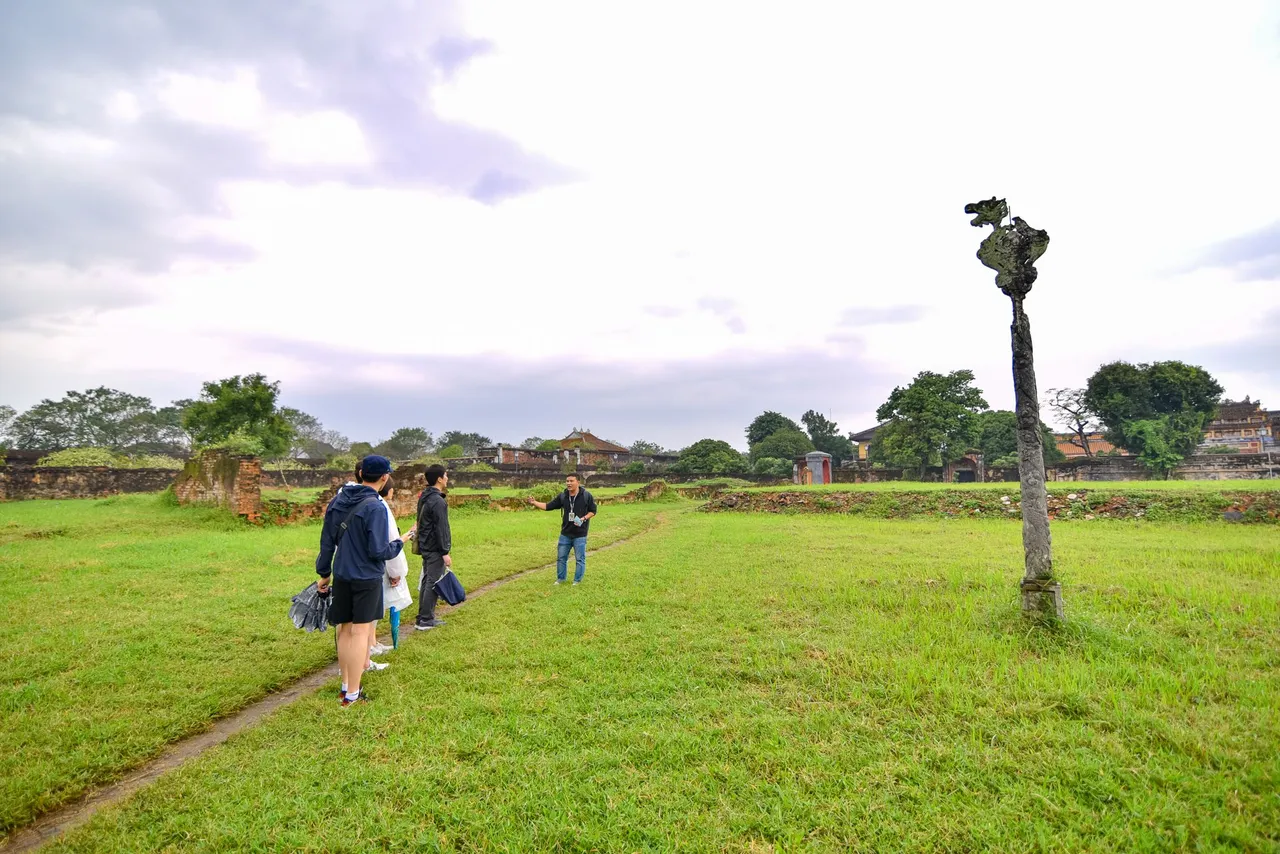
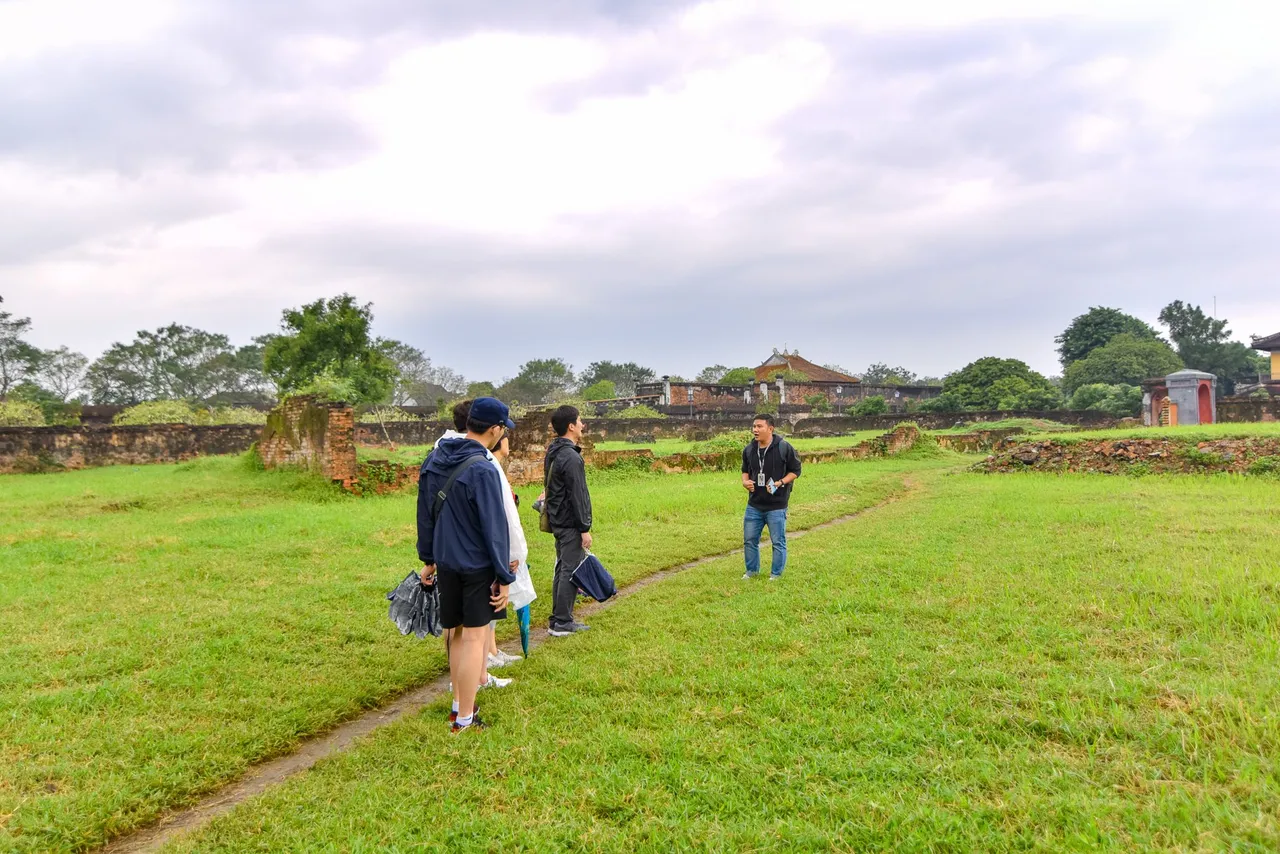
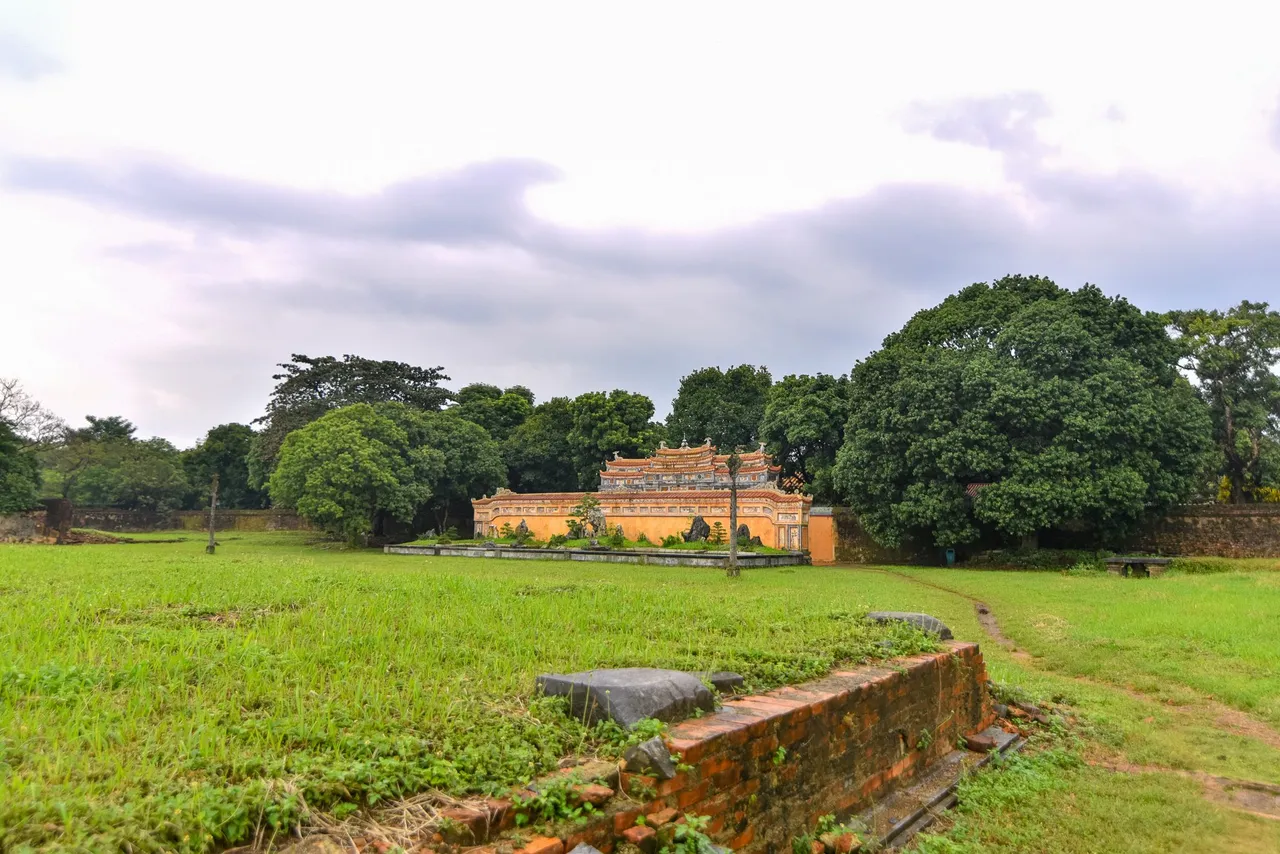
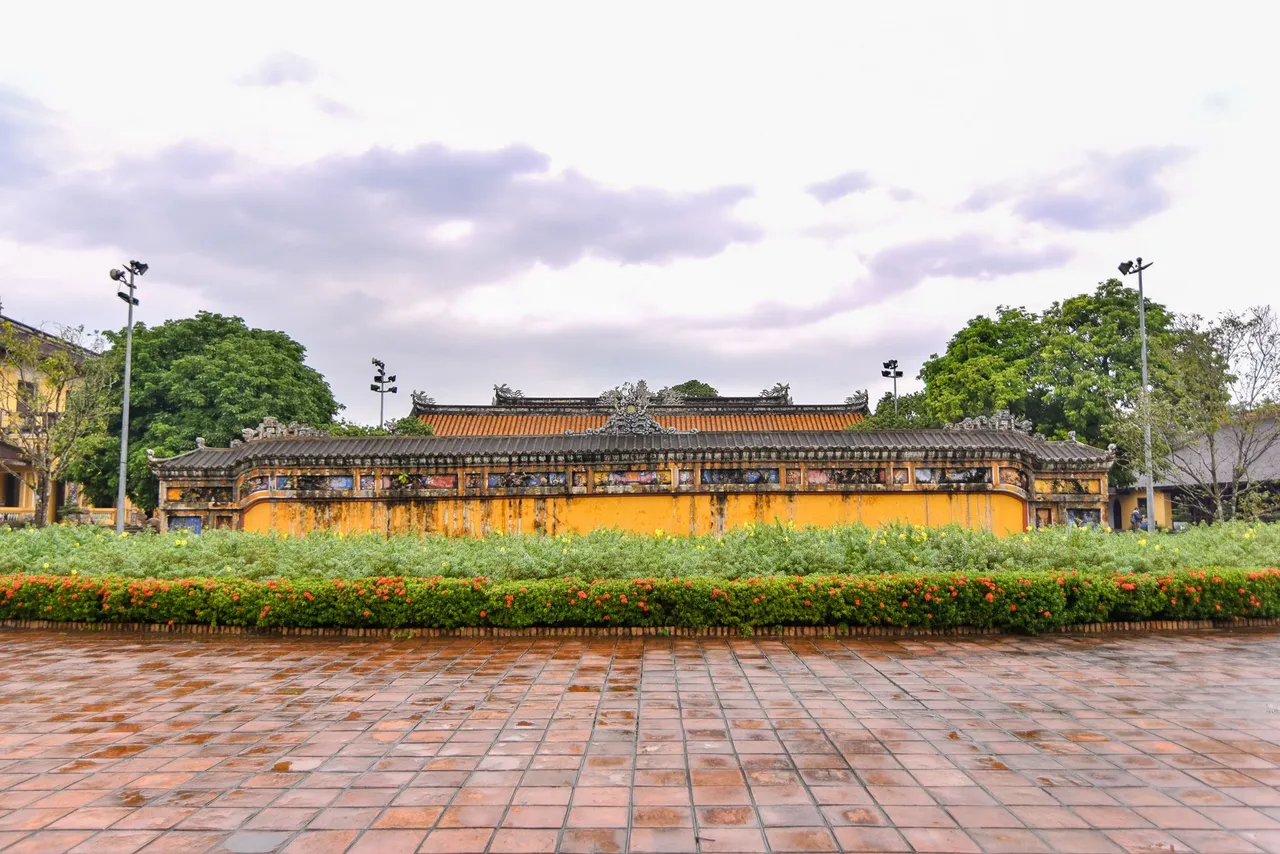
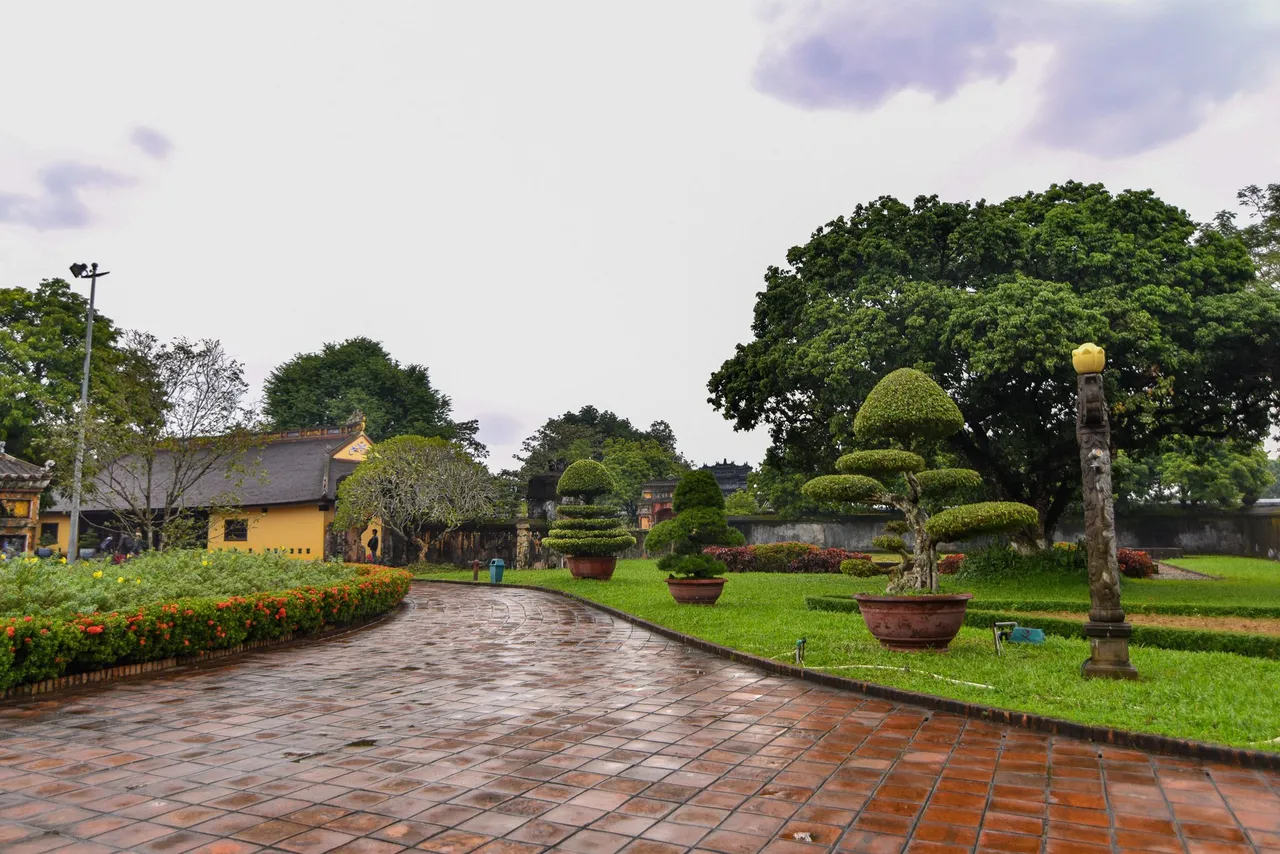
Dien Tho Palace is one of the largest palaces of Hue citadel, which is the residence of the empress dowager. This is also one of the most beautiful palaces of Hue citadel. All the architecture here is still intact, after two wars. The most famous in Dien Tho Palace is Tinh Minh Pavilion, built-in 1927. This is the residence of Empress Dowager Tu Cung, who is the mother of King Bao Dai. After 1945, when the last feudal dynasty of Vietnam collapsed, this place was the temporary residence of King Bao Dai's family. Inside the palace, there are also treasures of the queens and queens.
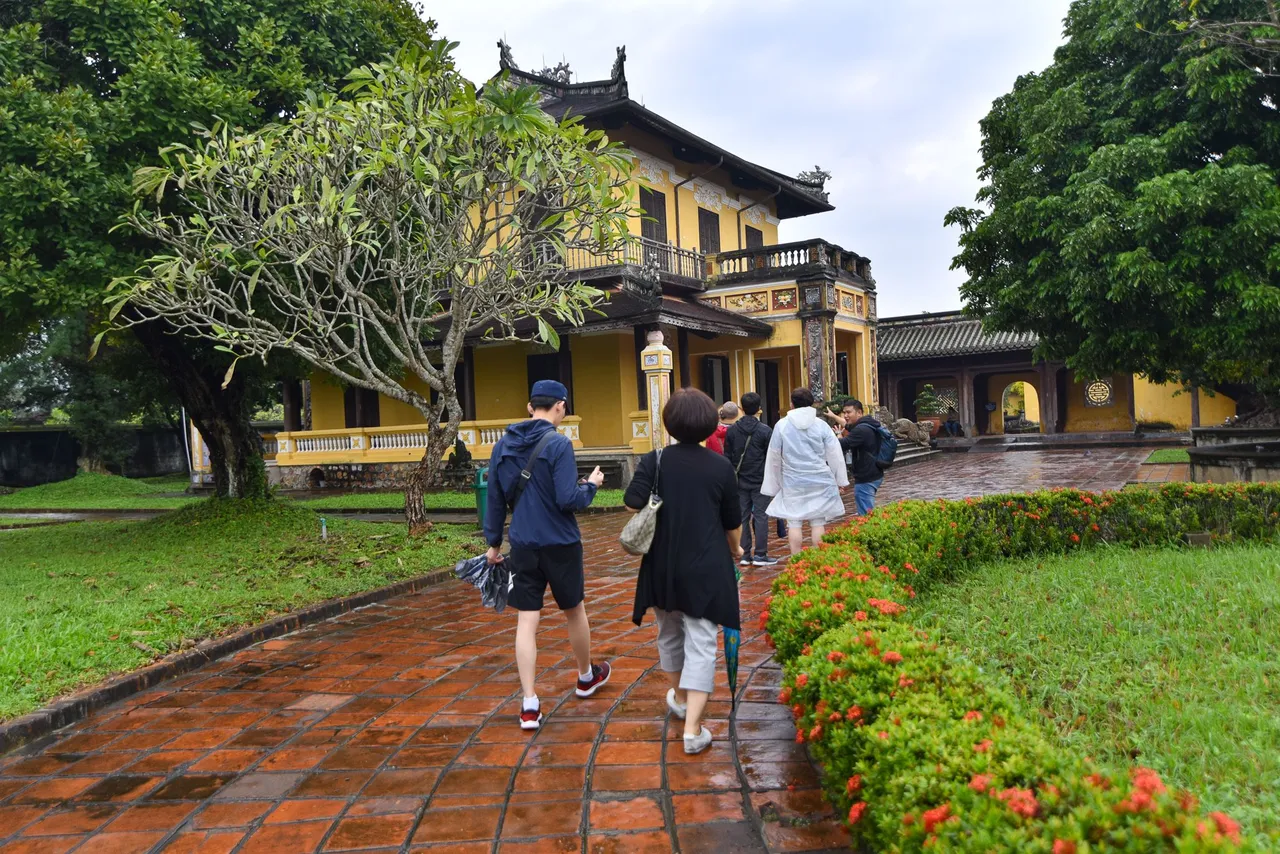
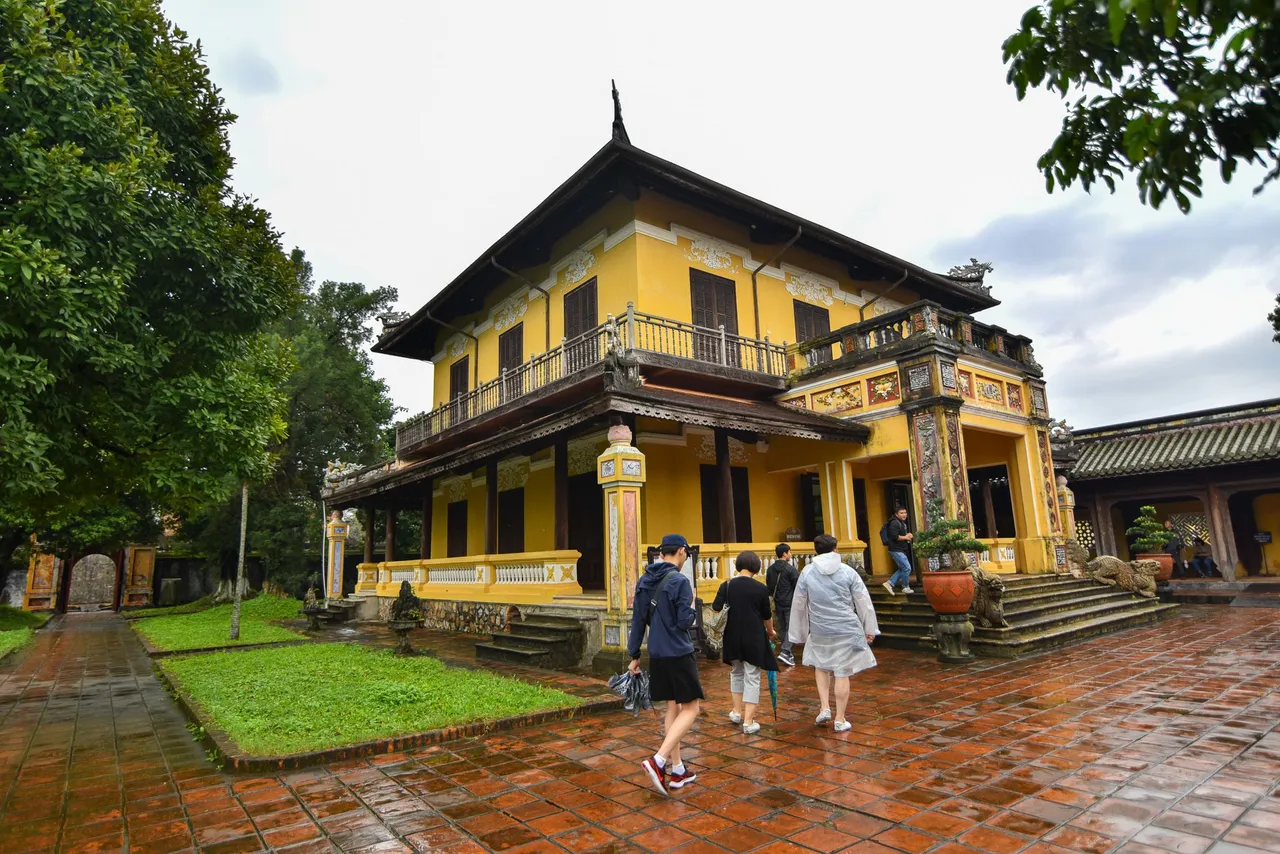
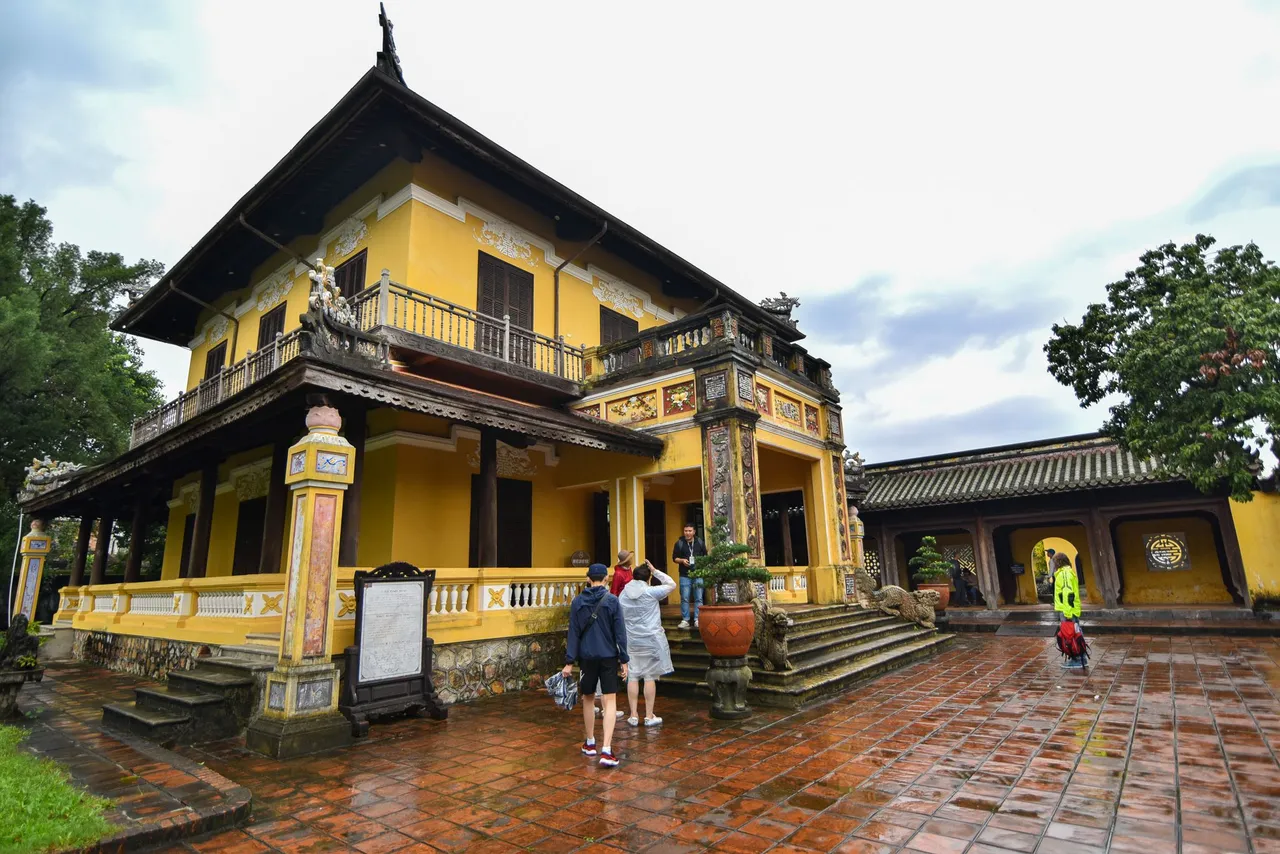
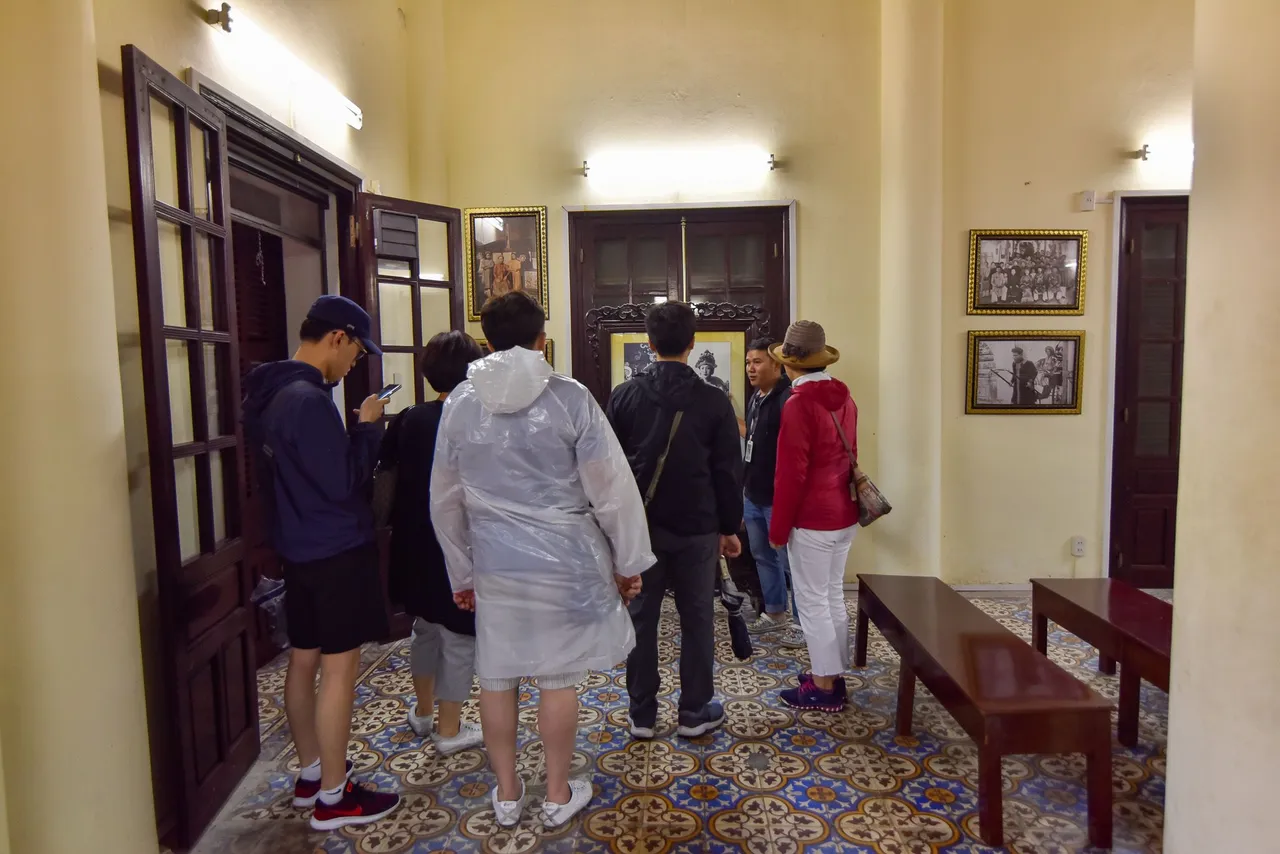
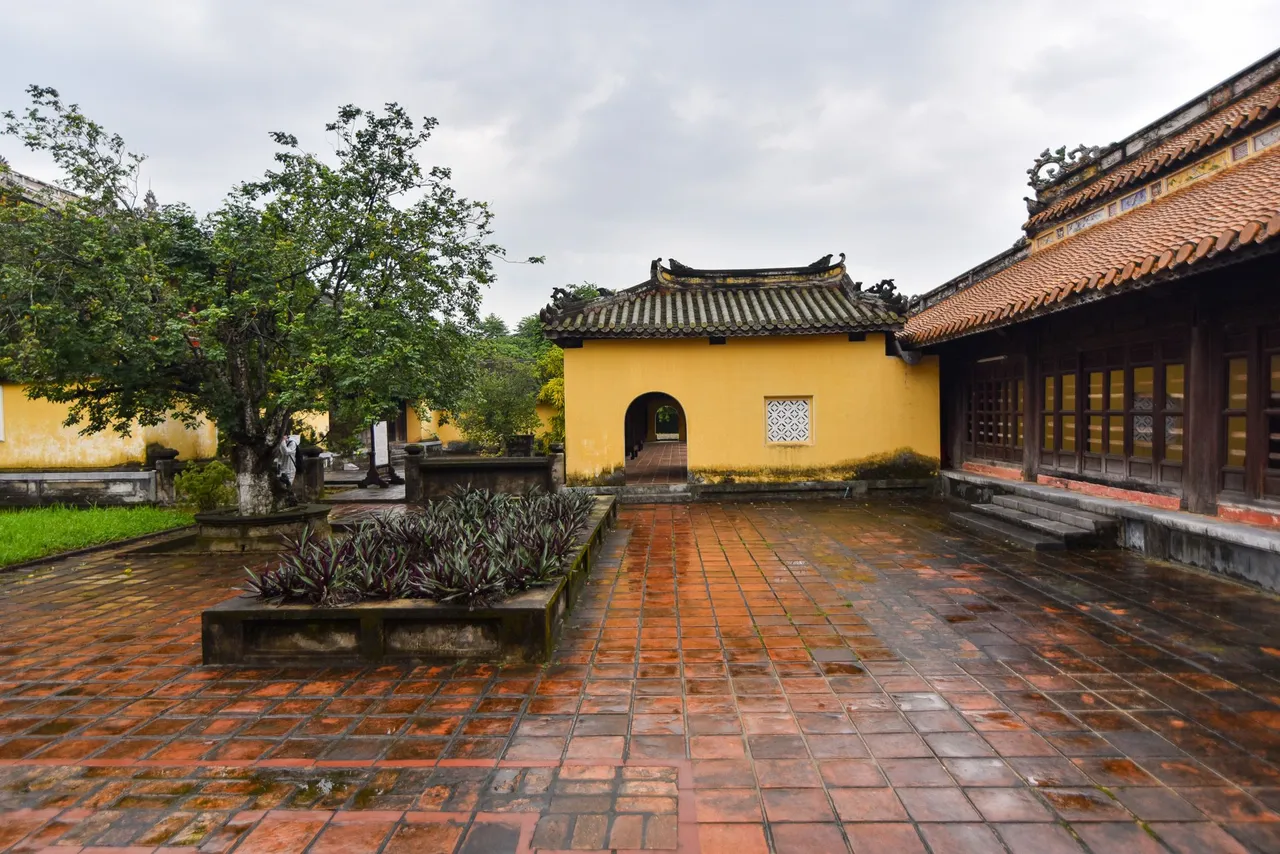

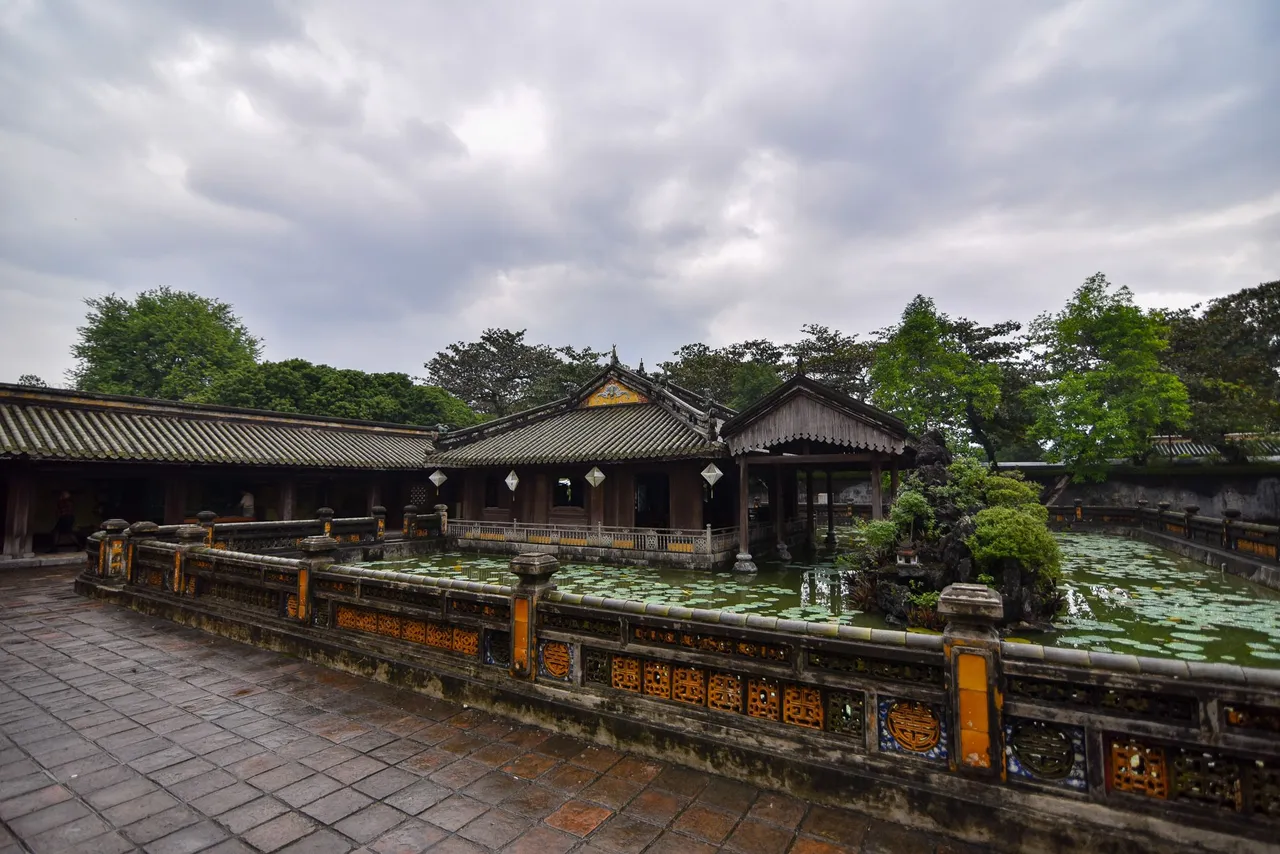
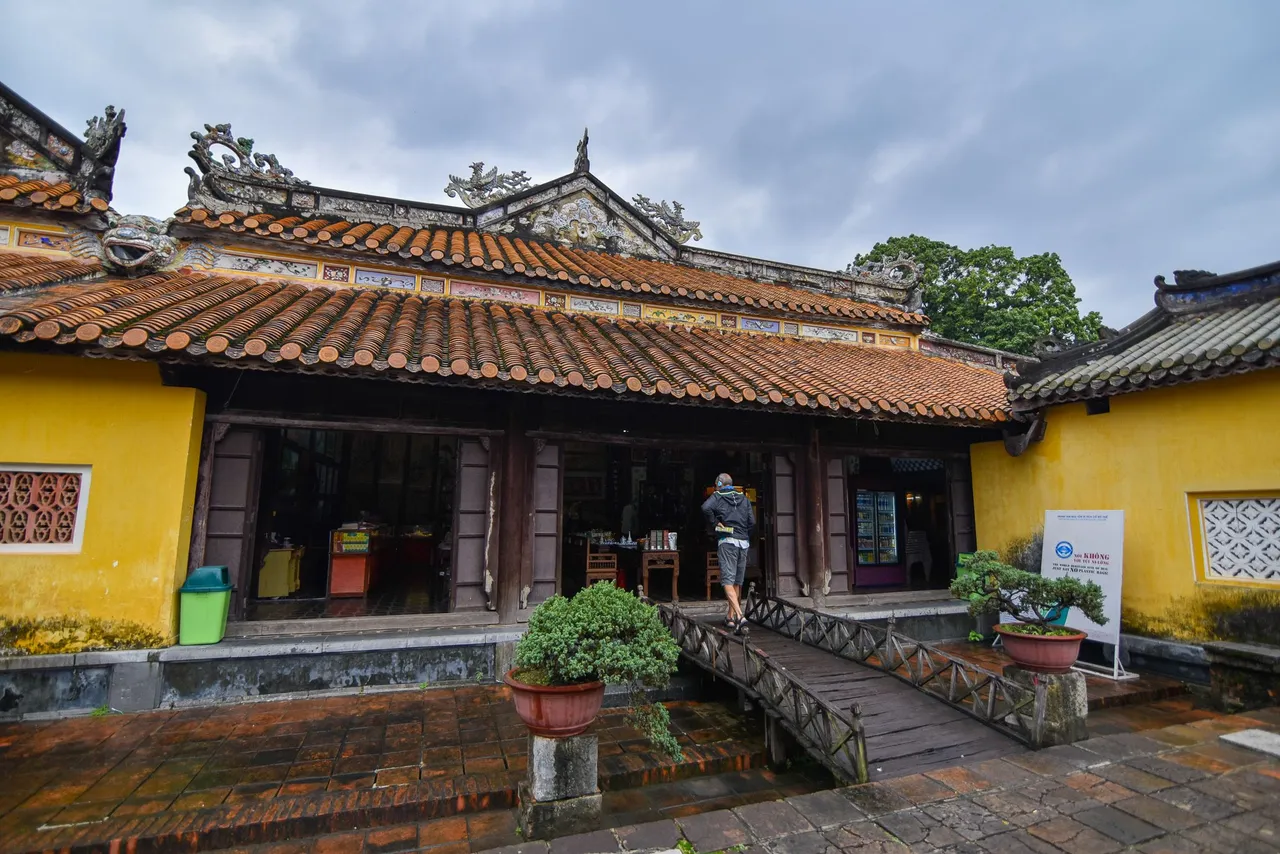
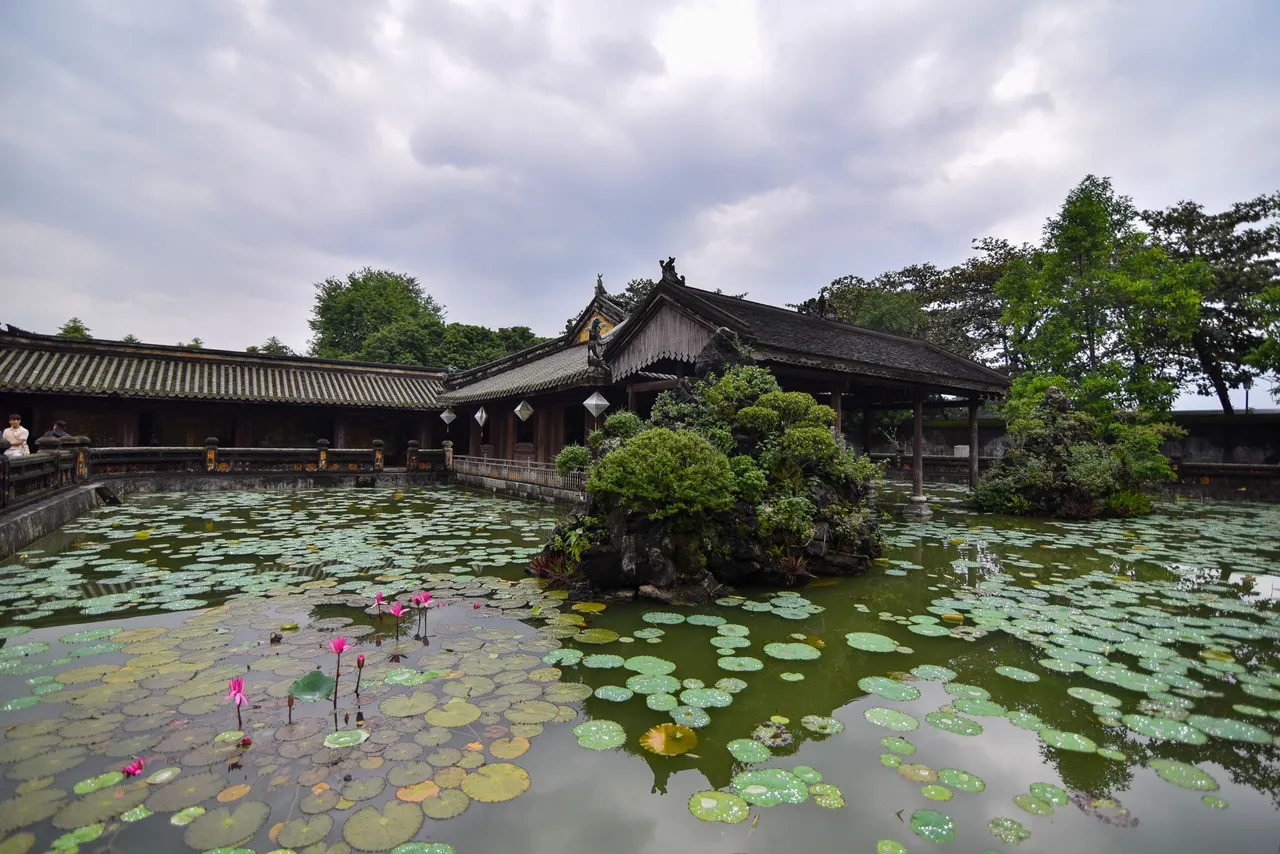
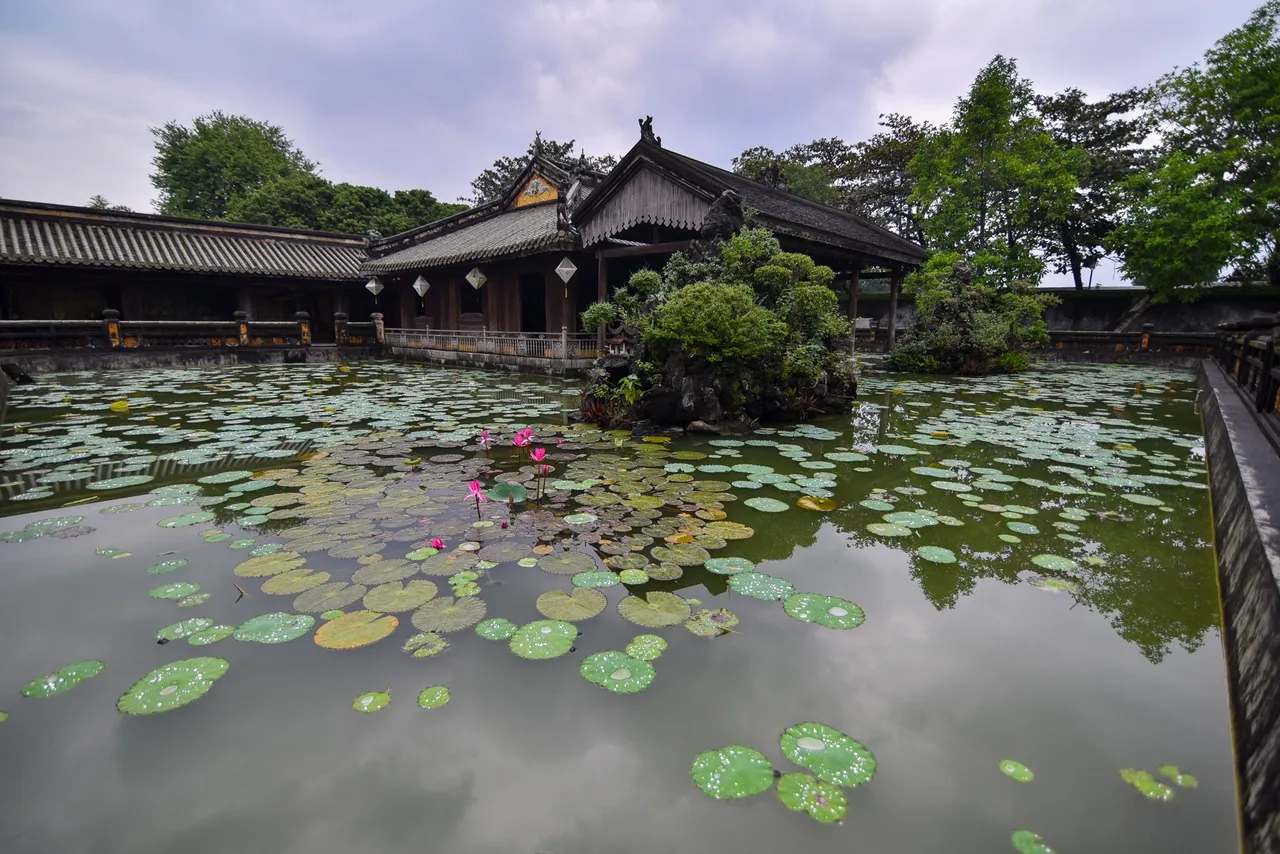
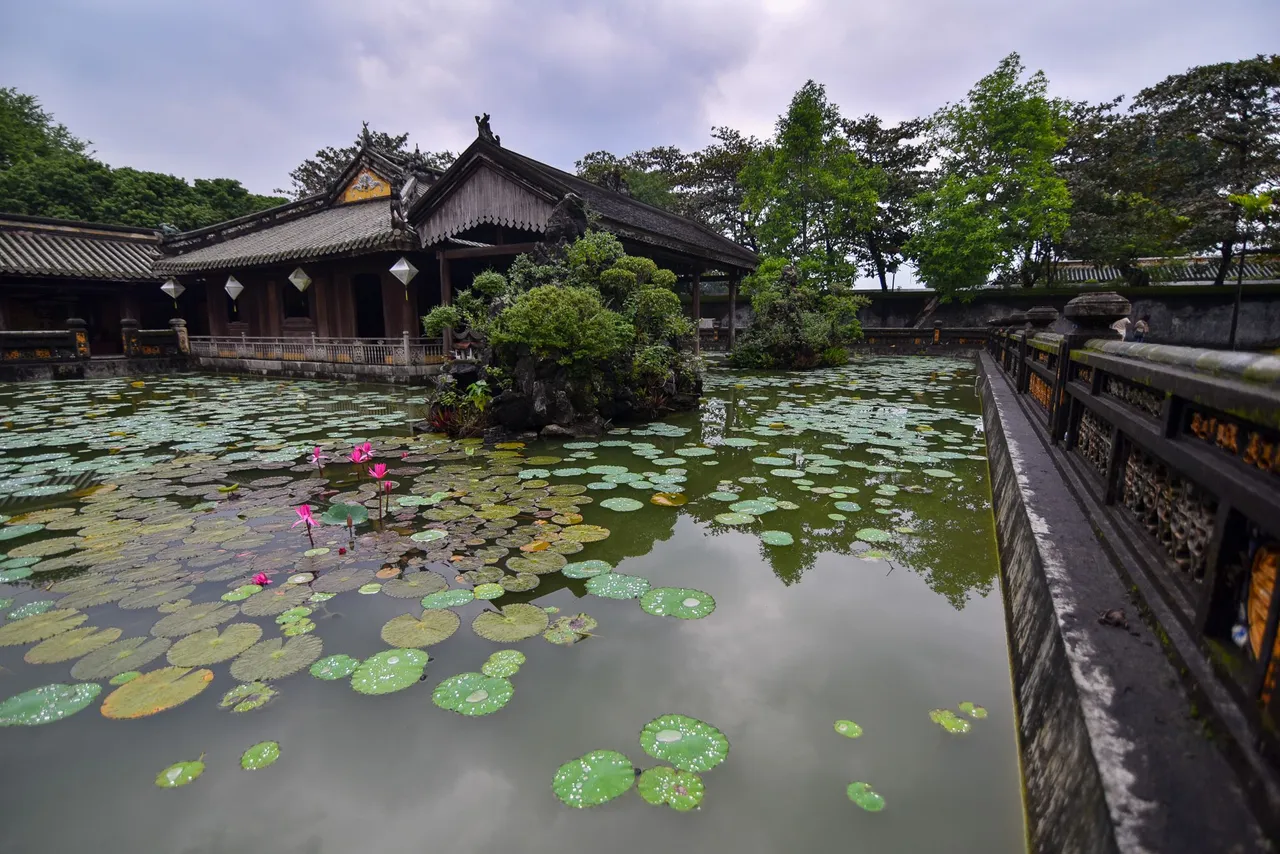
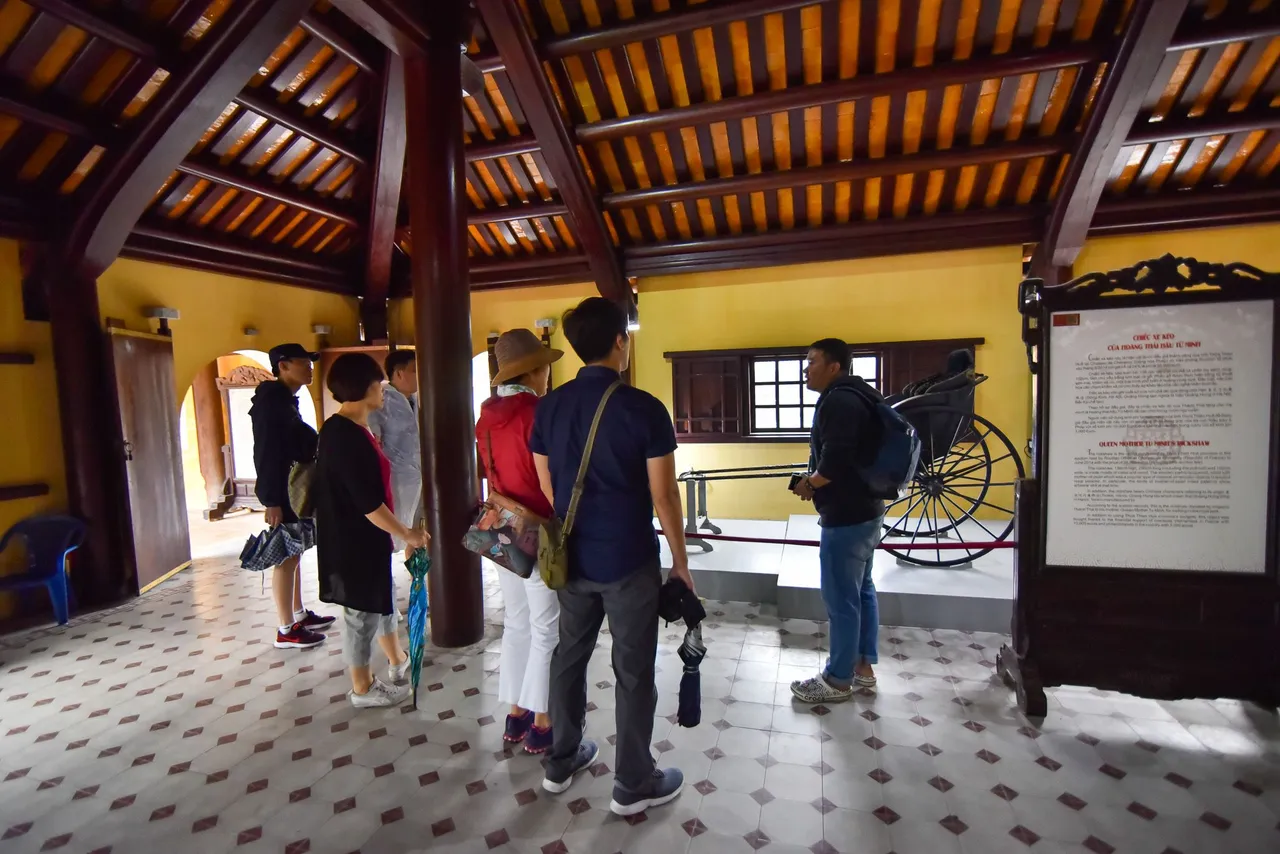
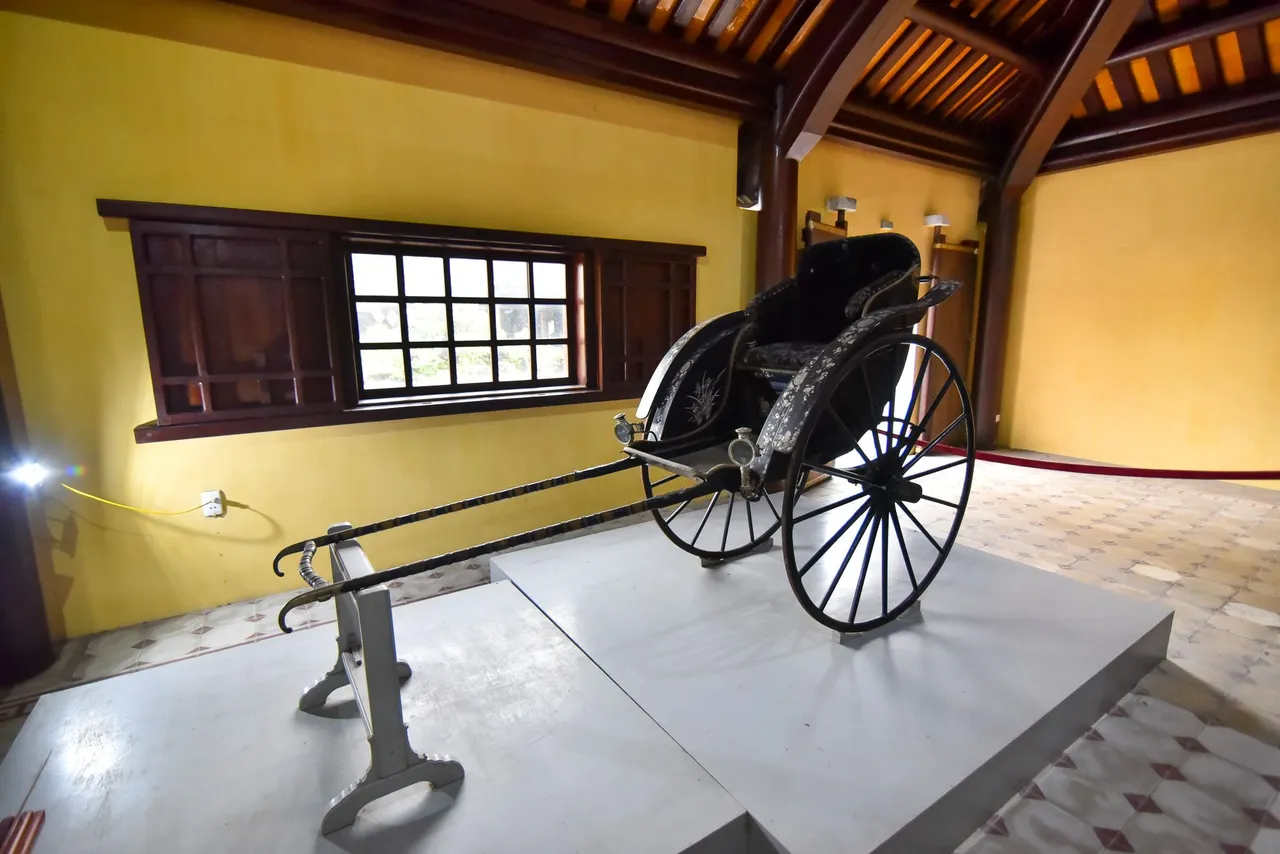
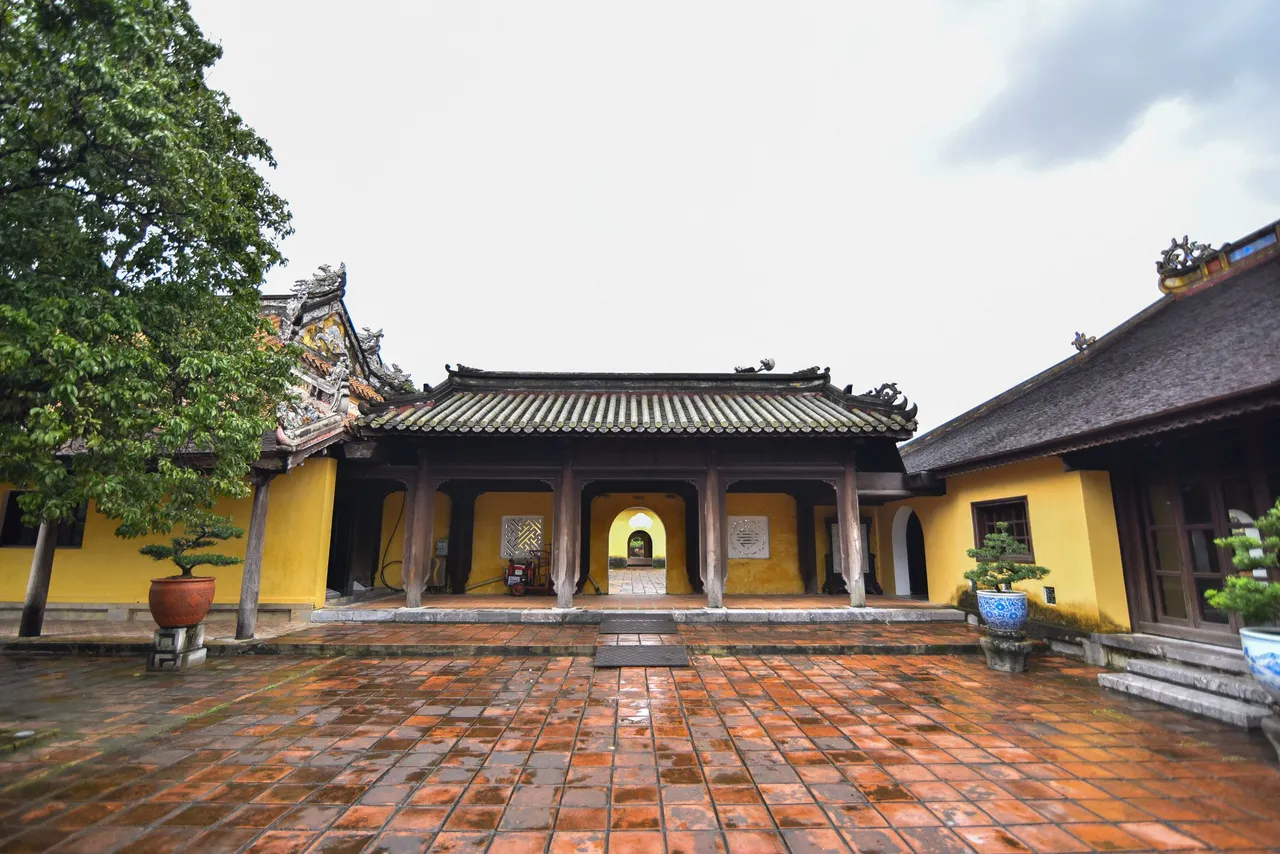
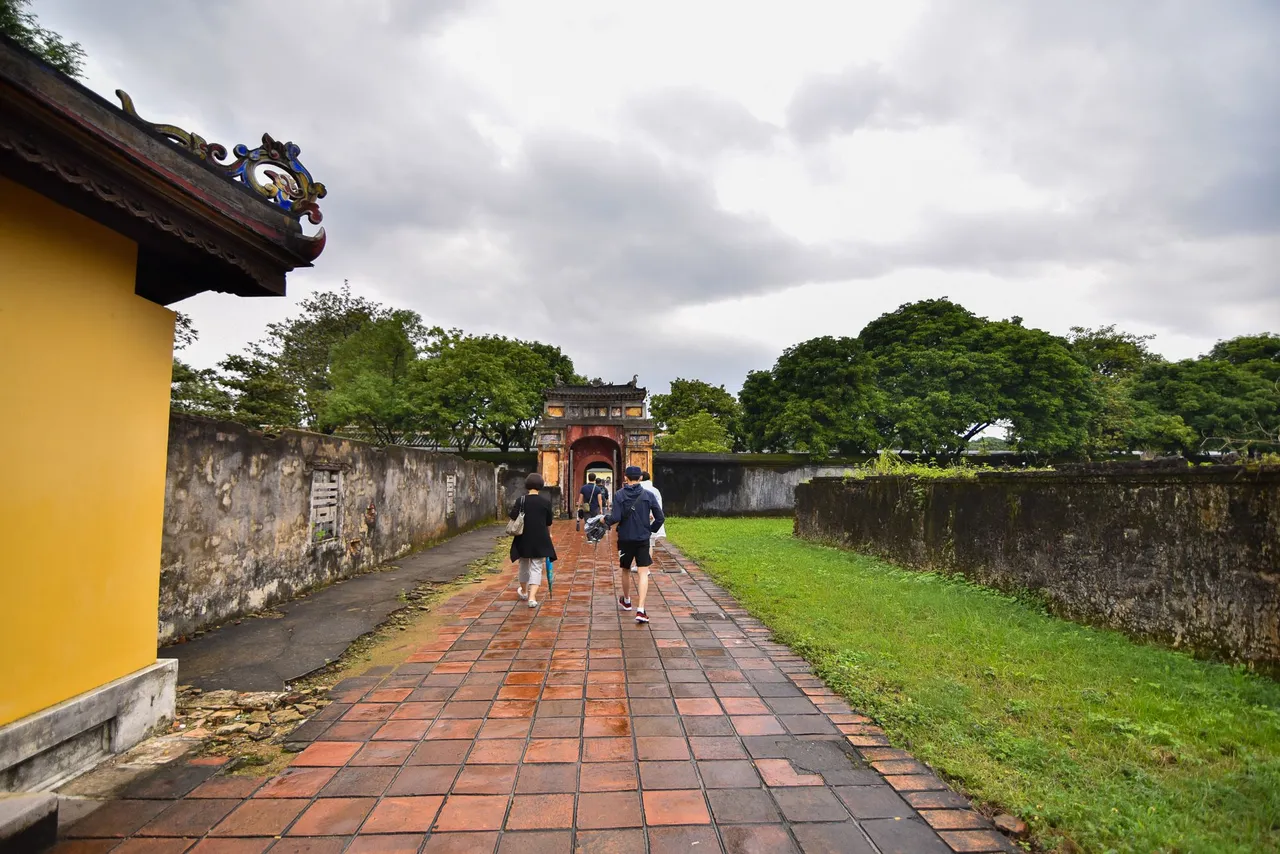
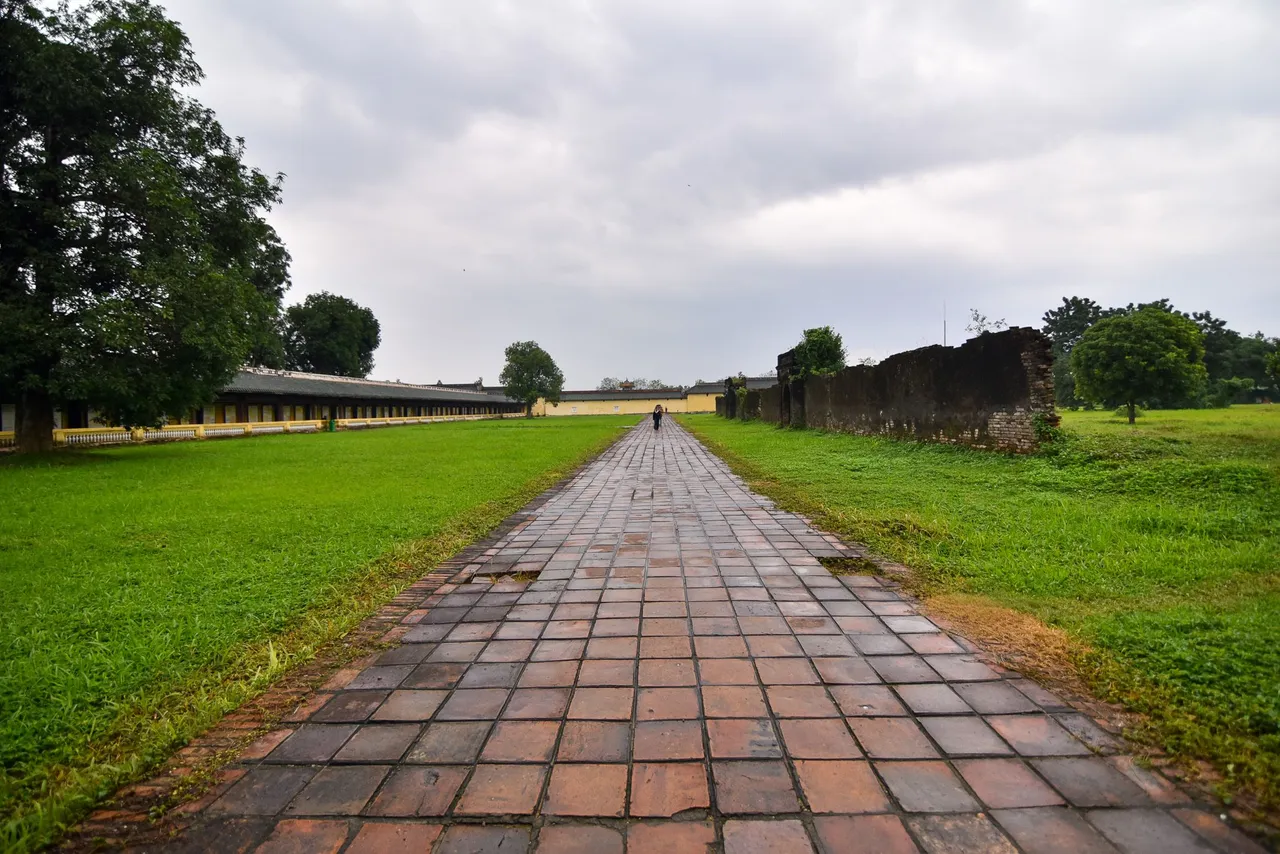
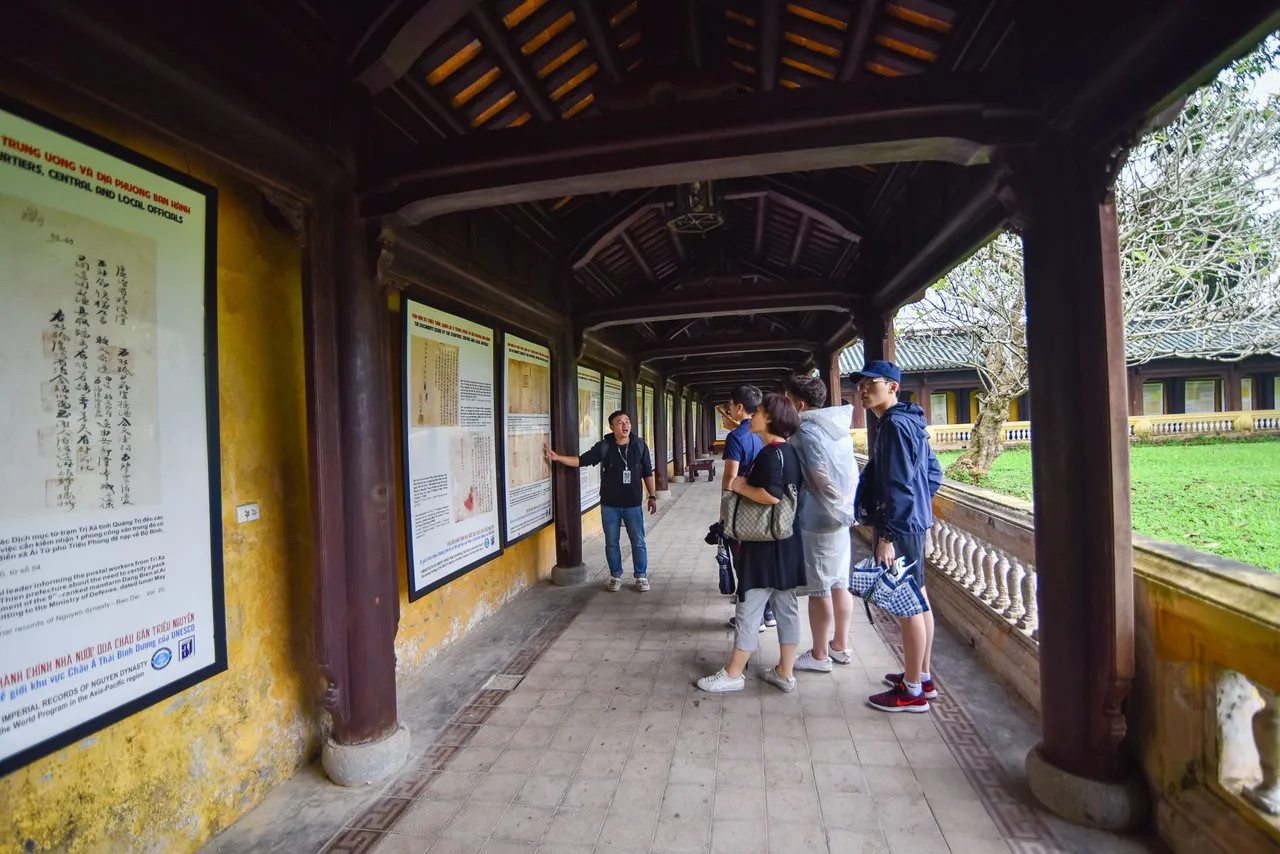

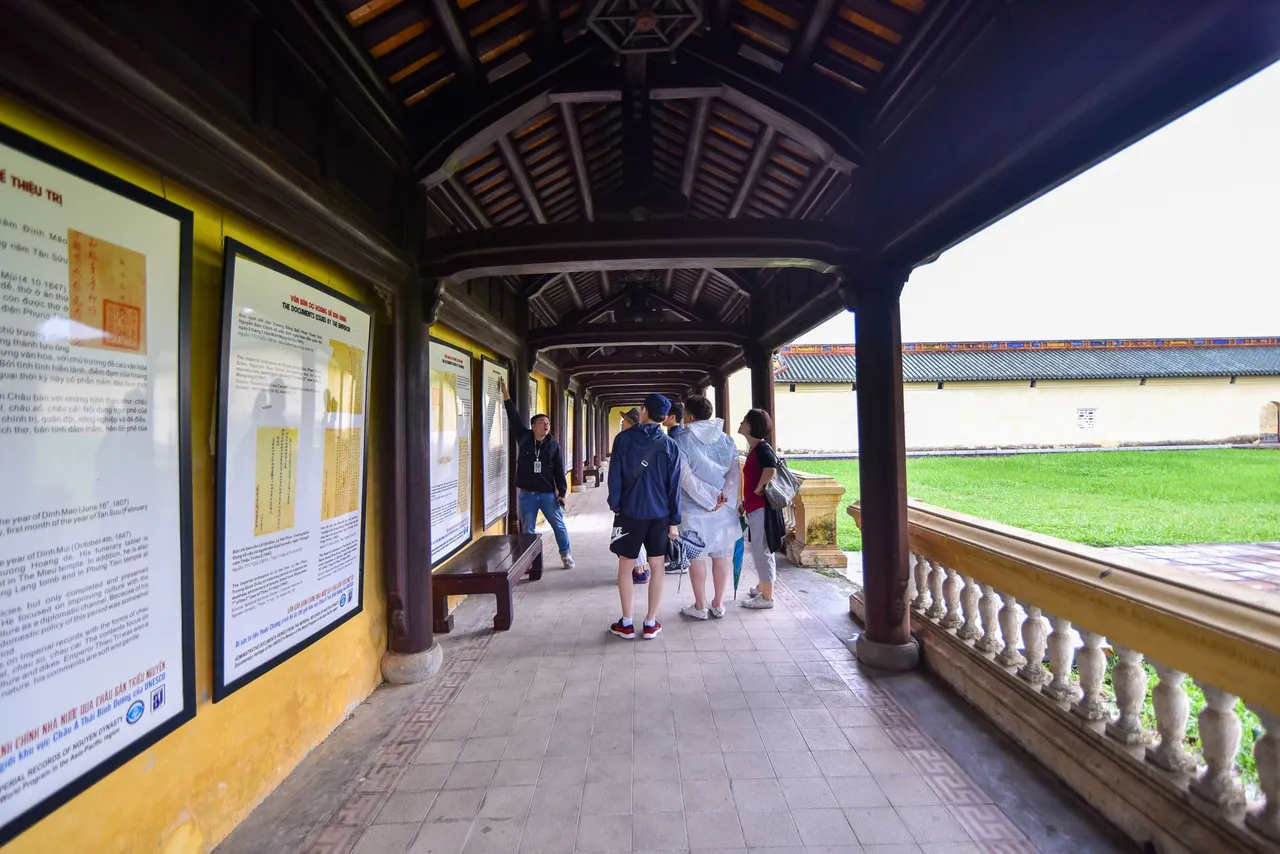
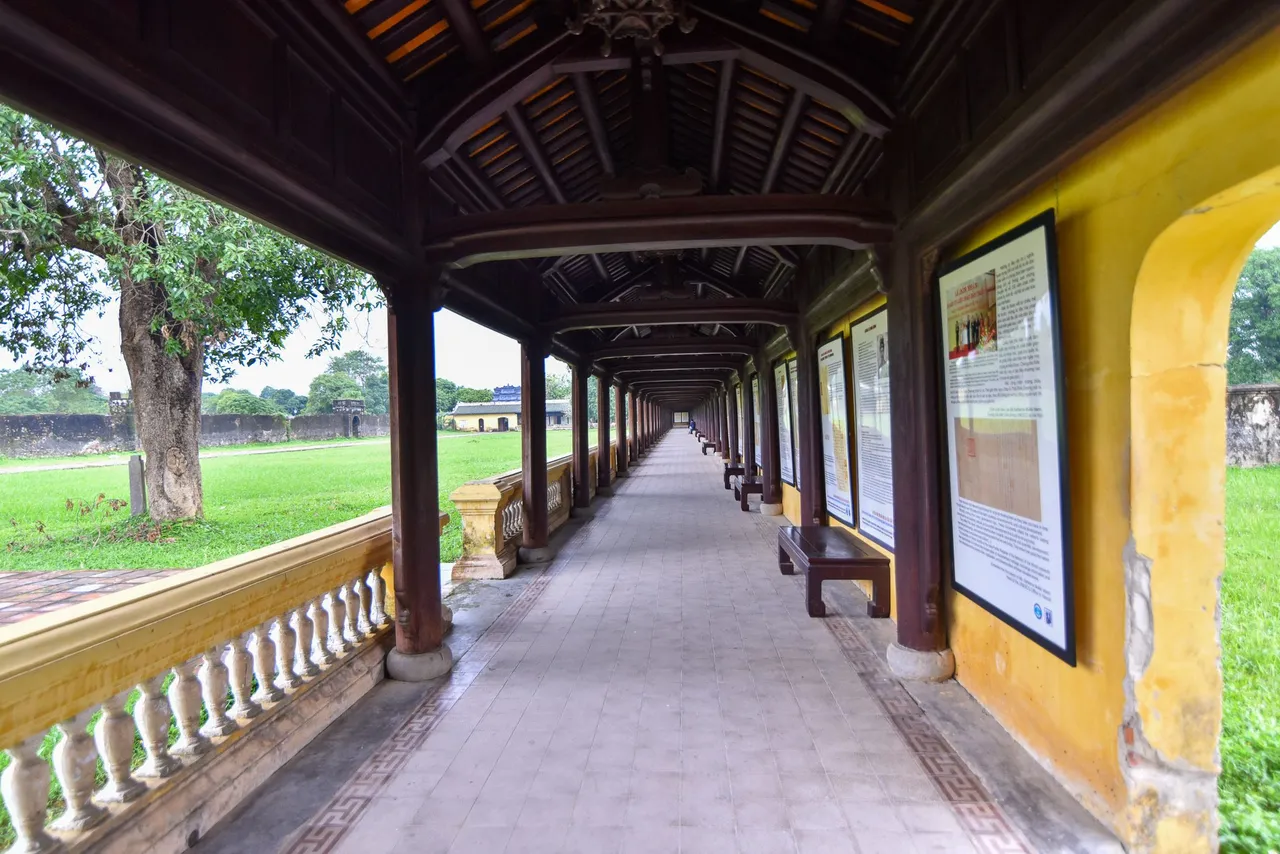
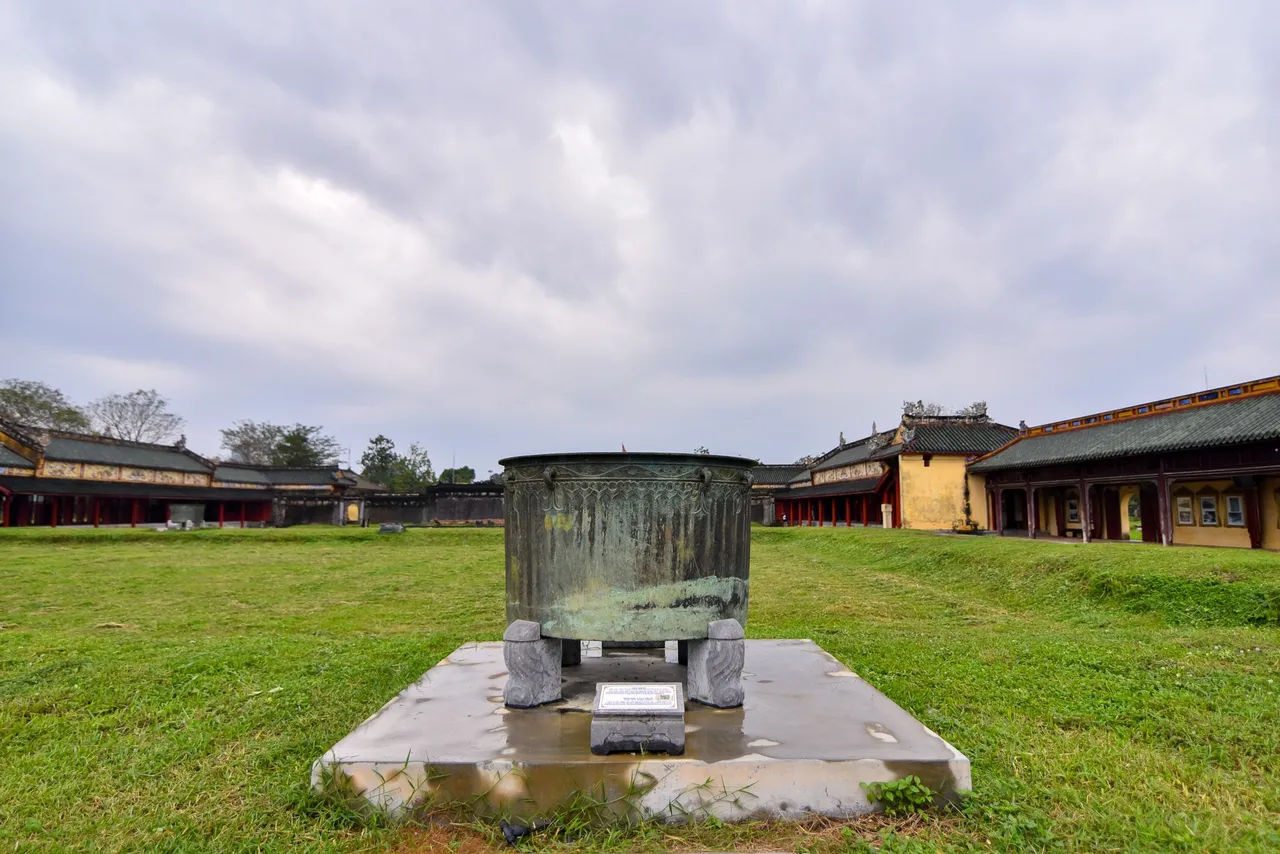
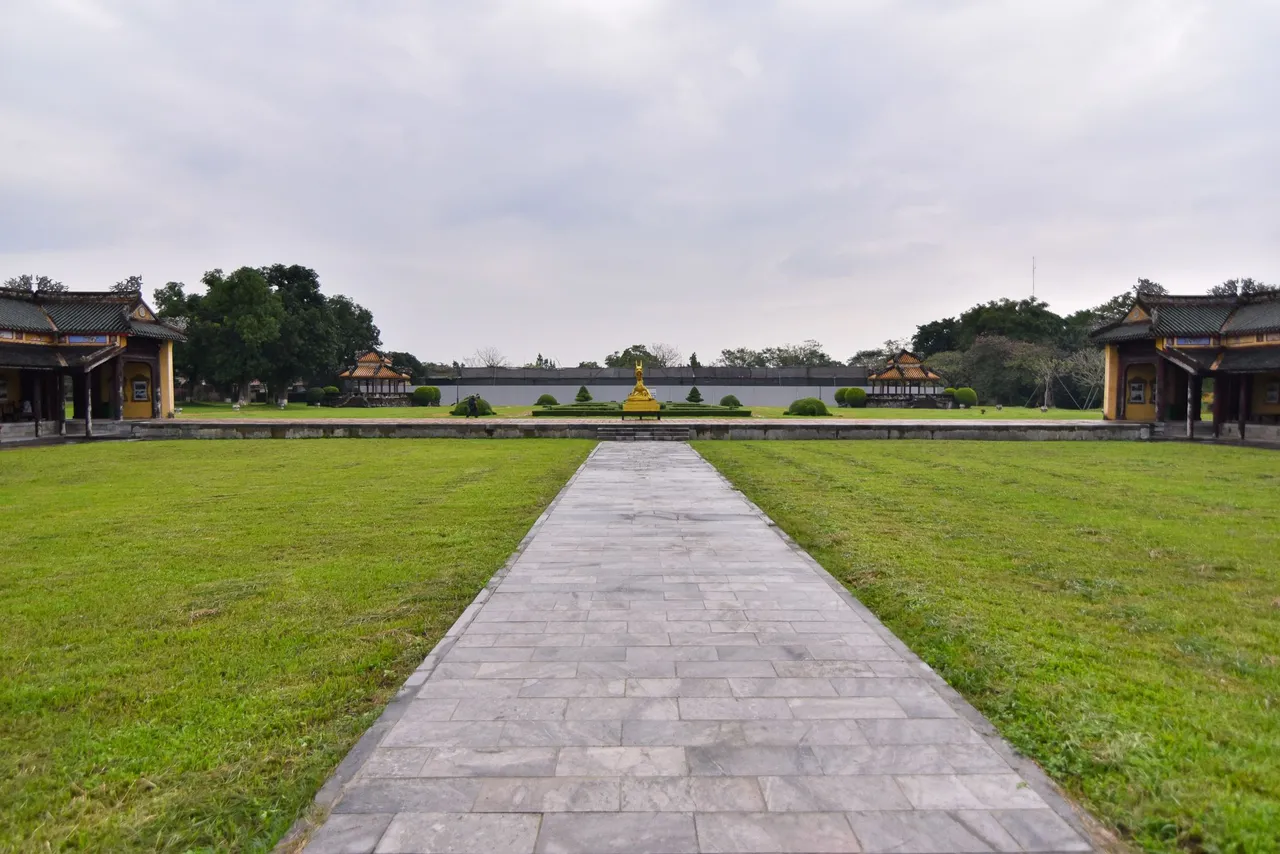
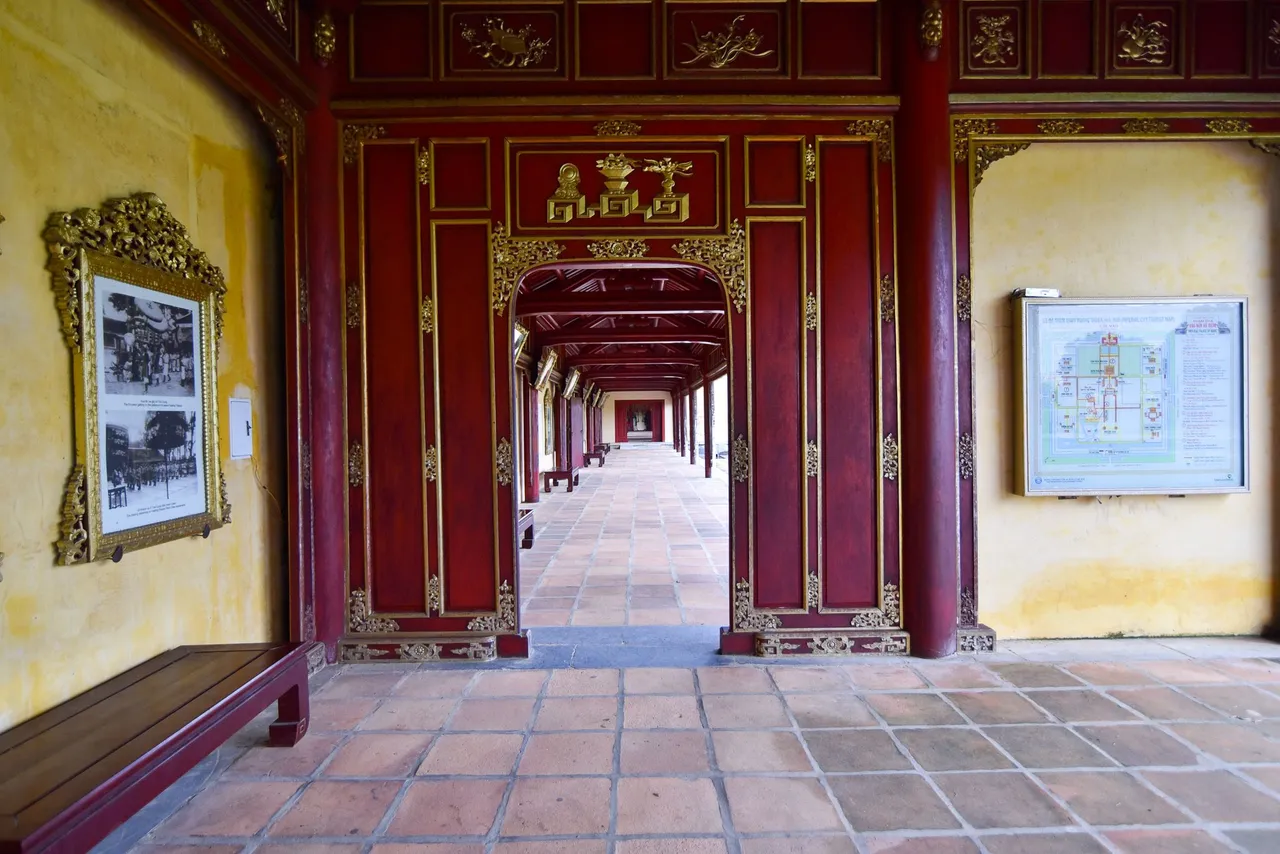
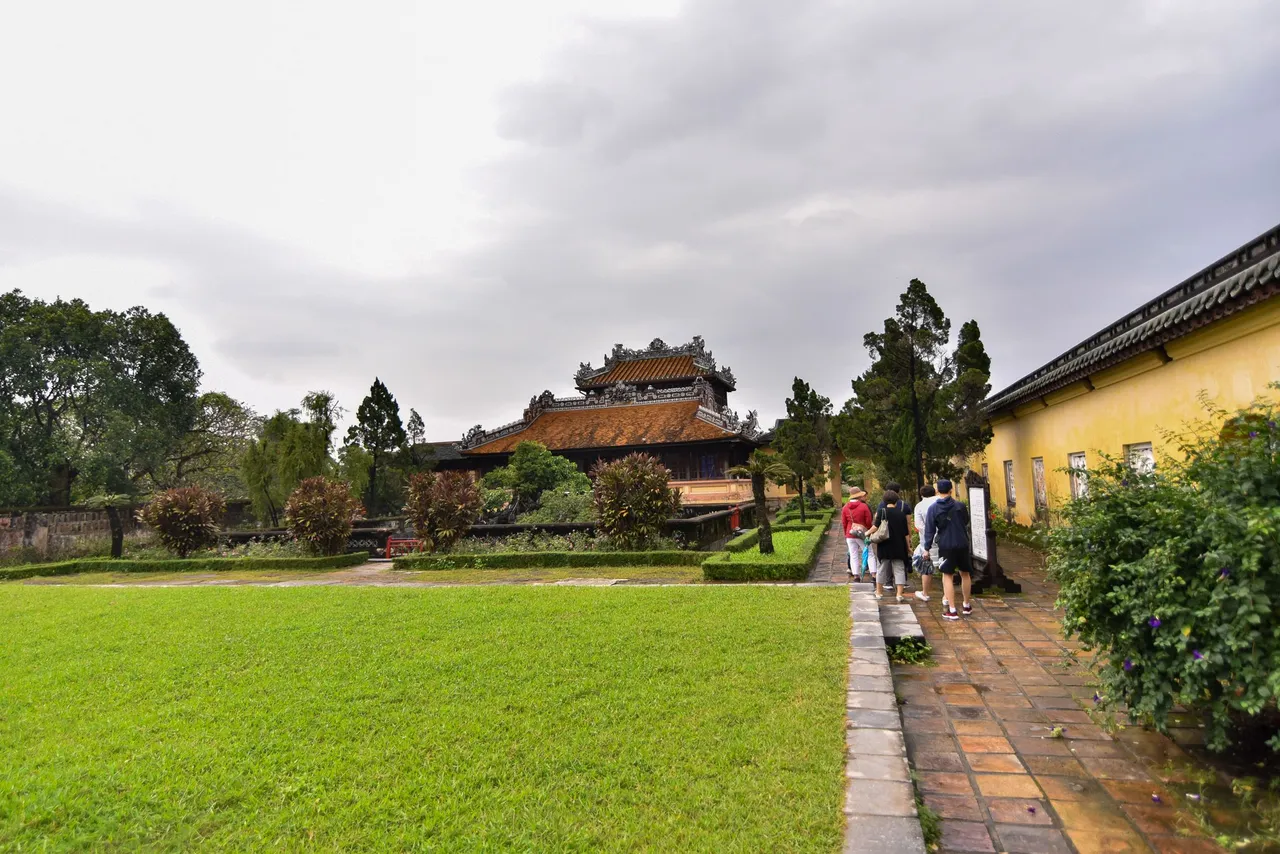
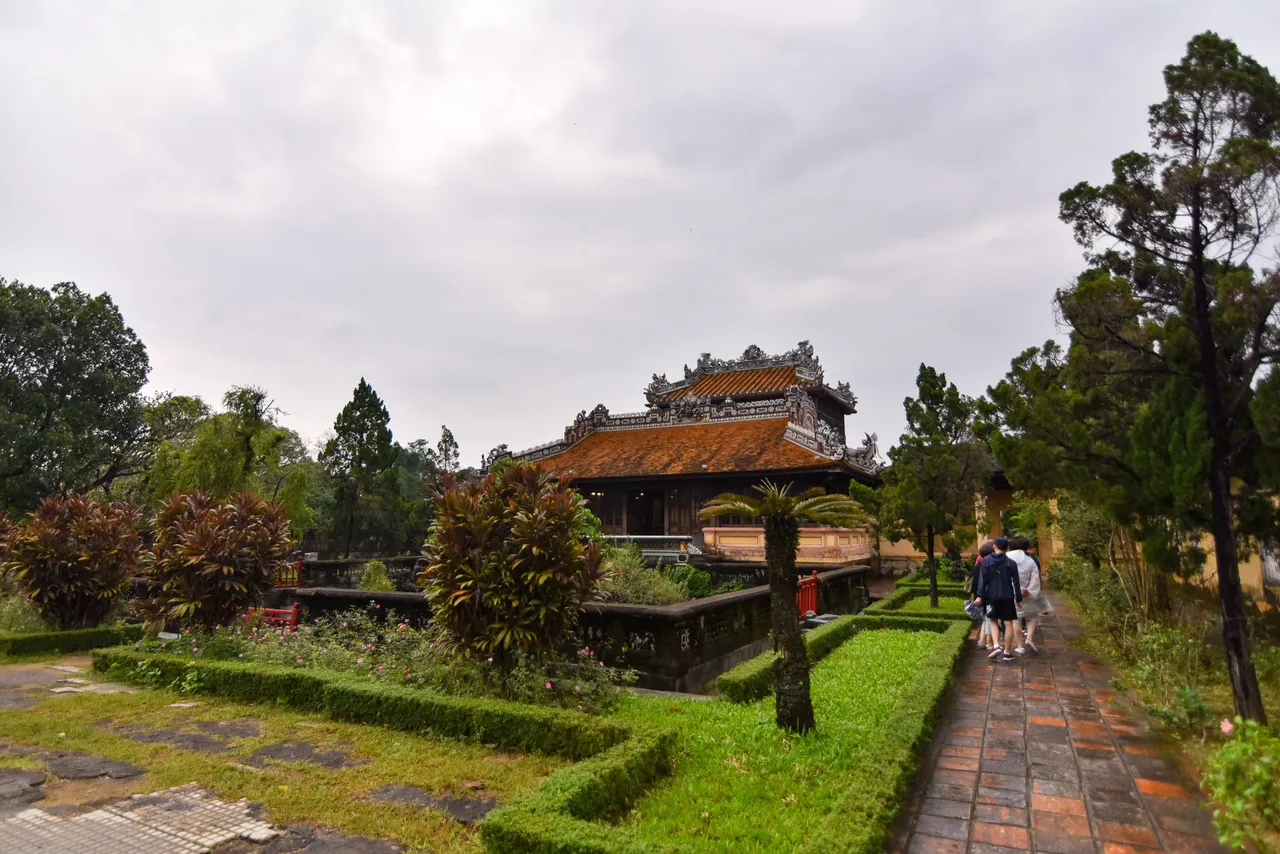
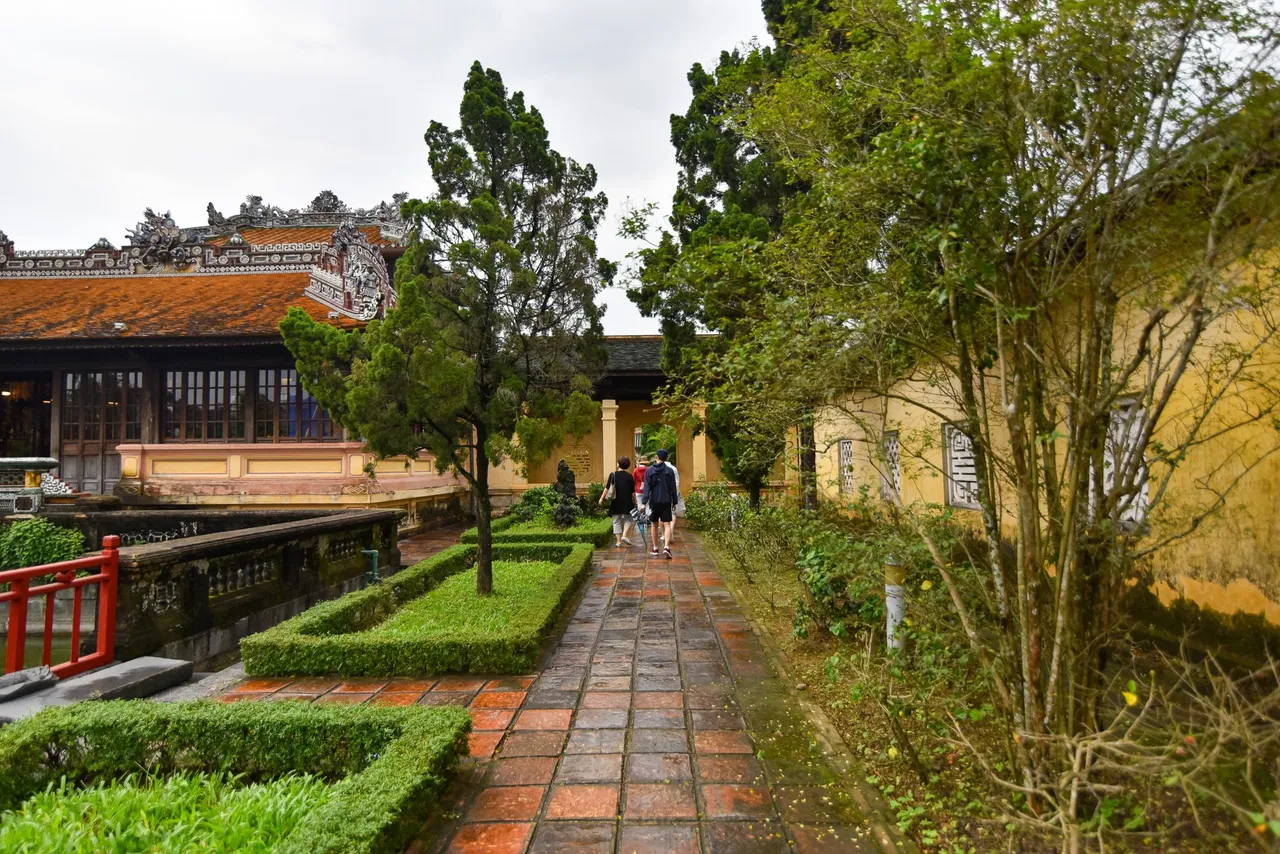
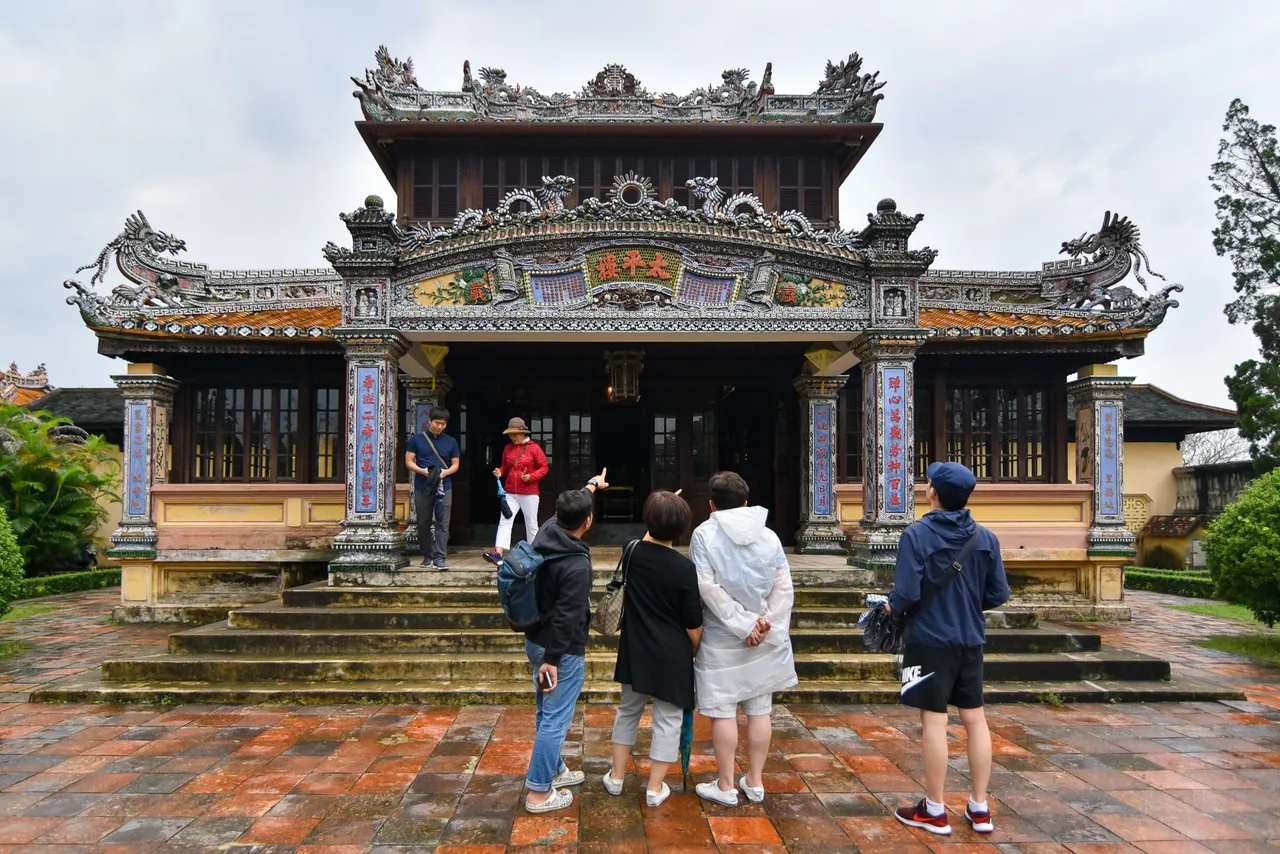
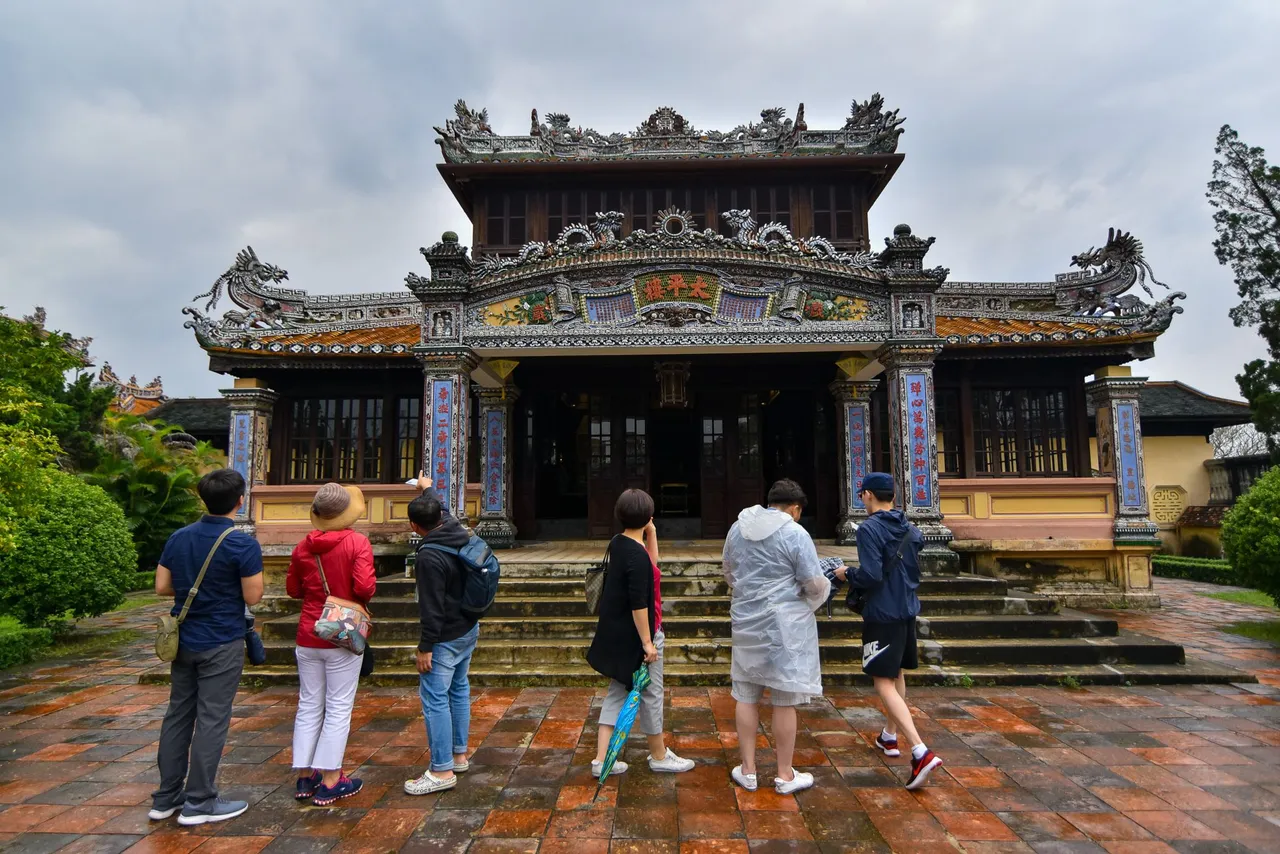

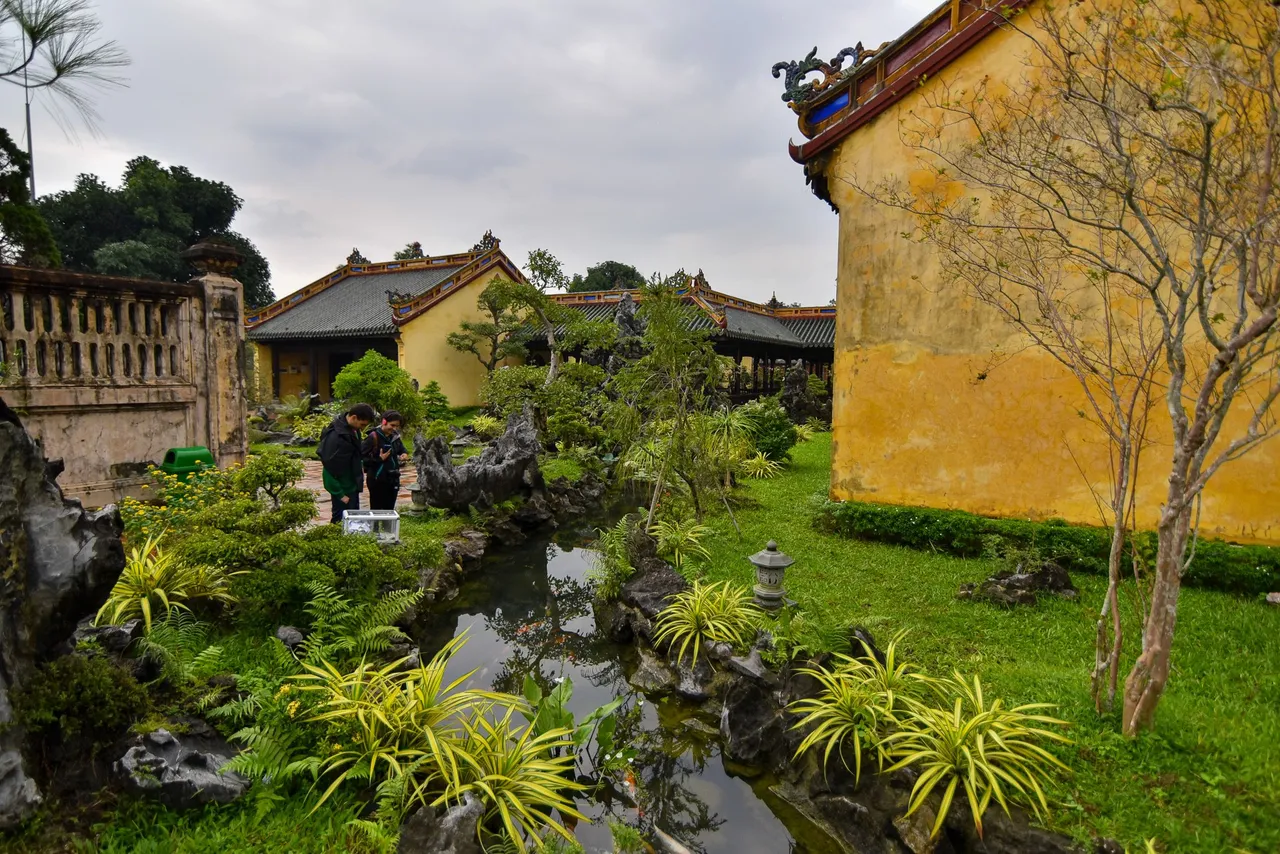
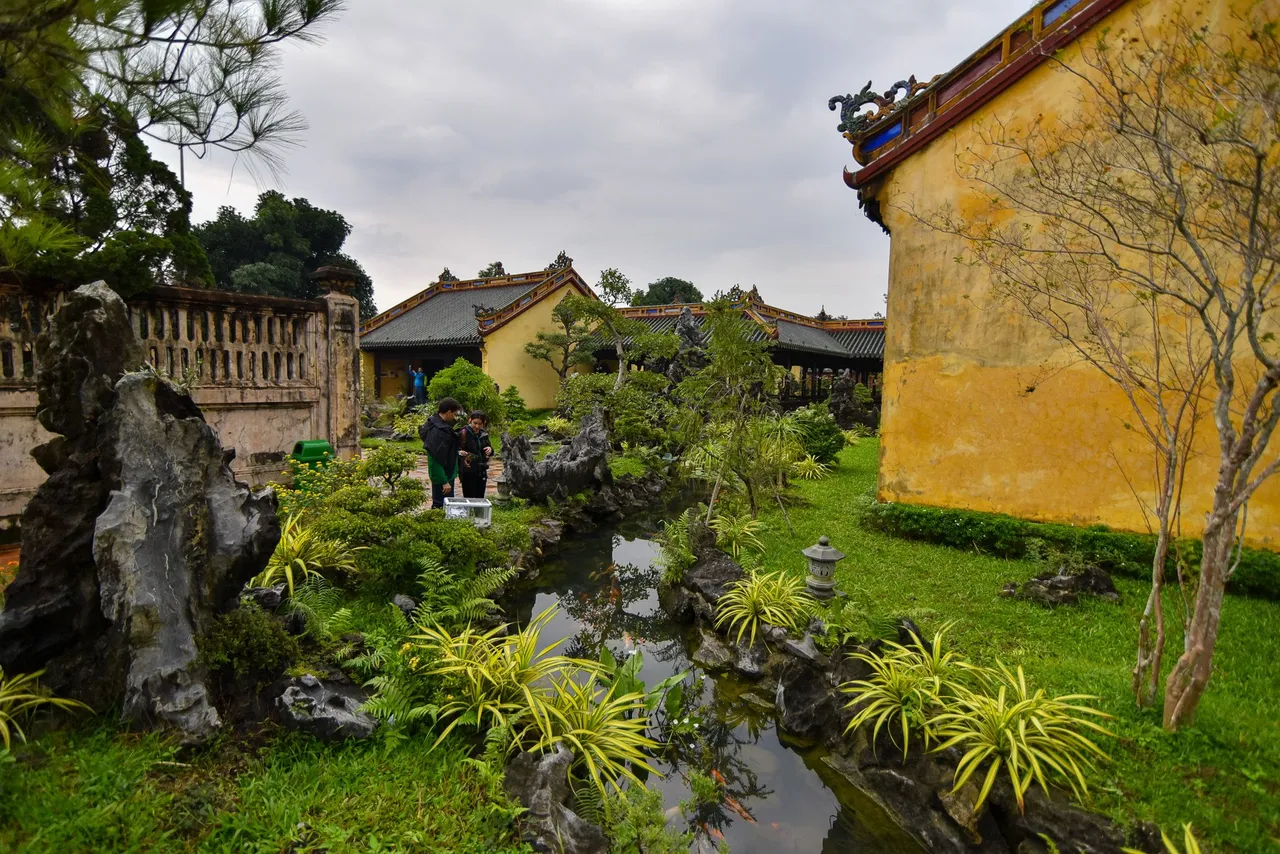

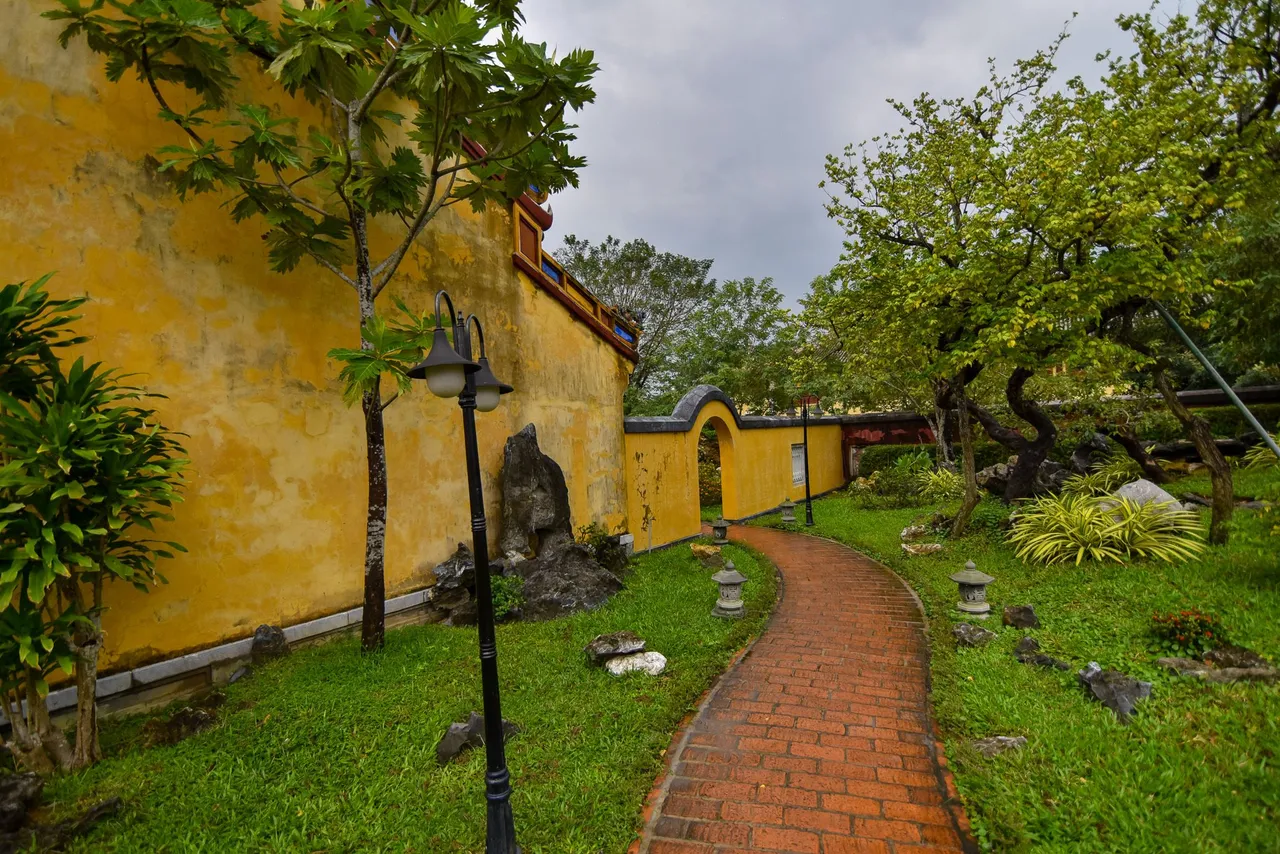
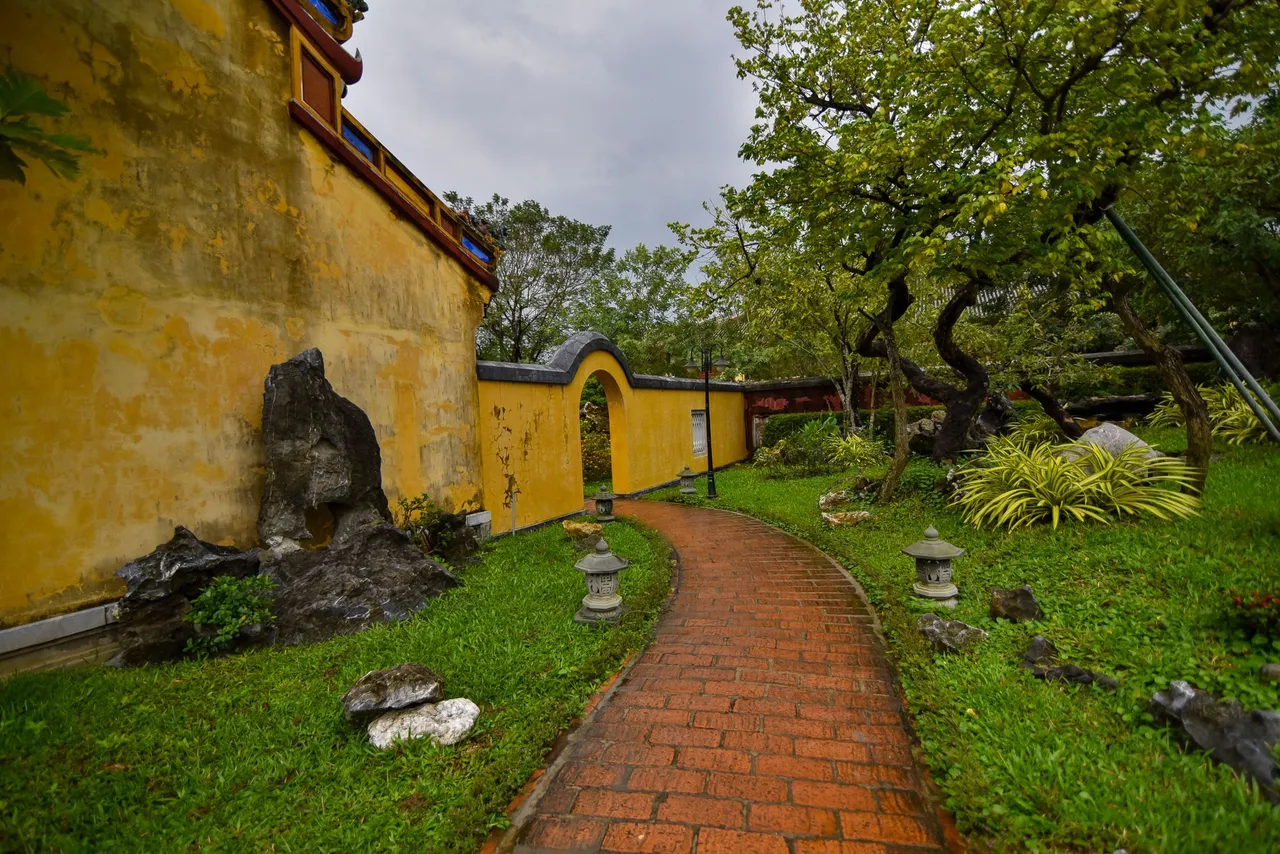
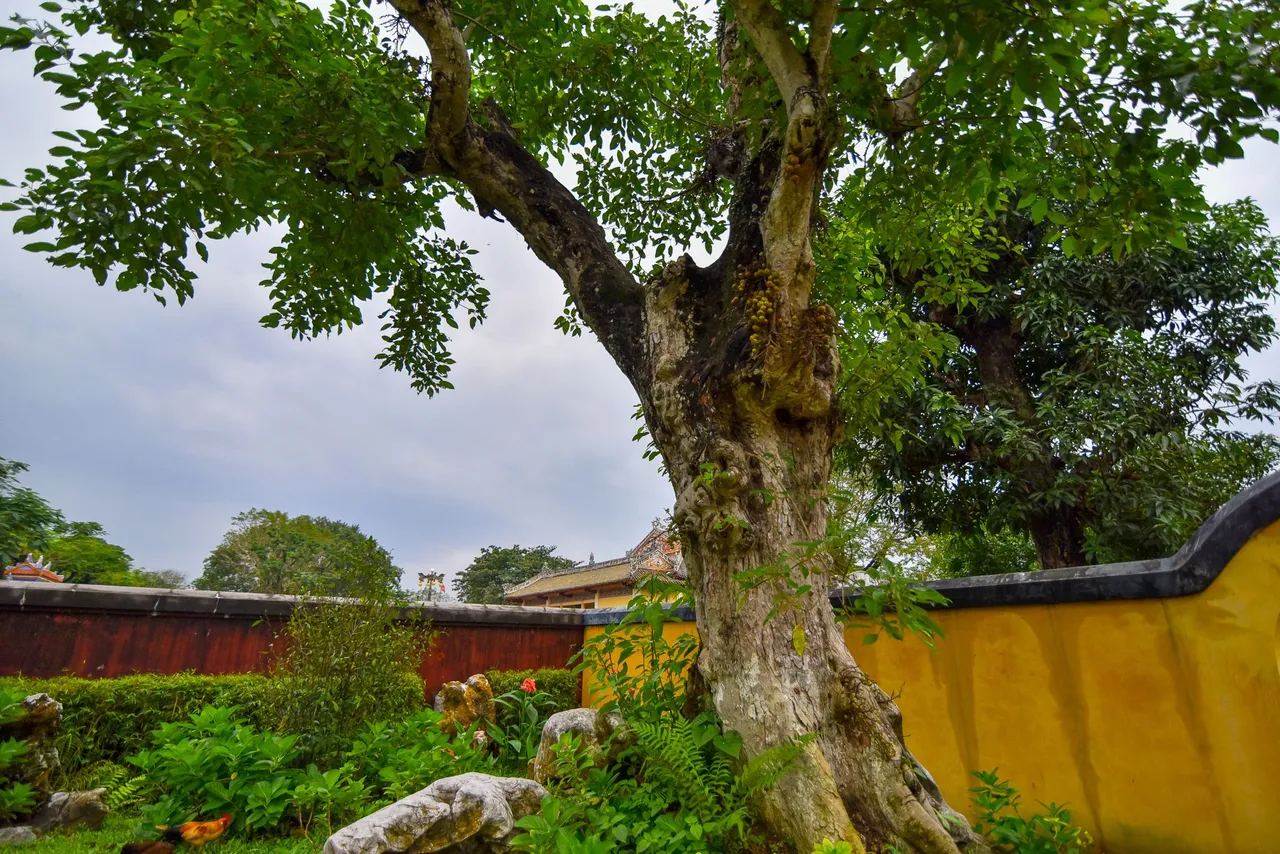
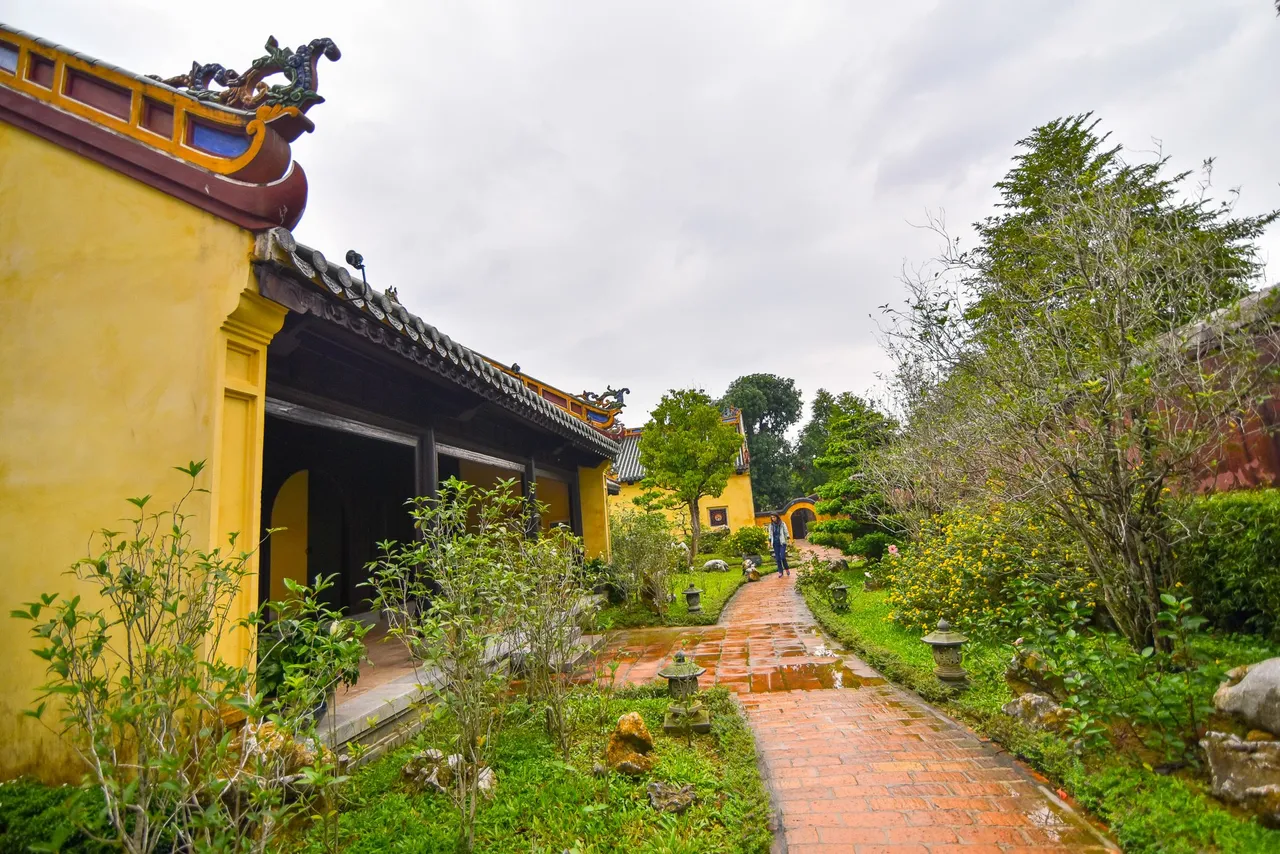
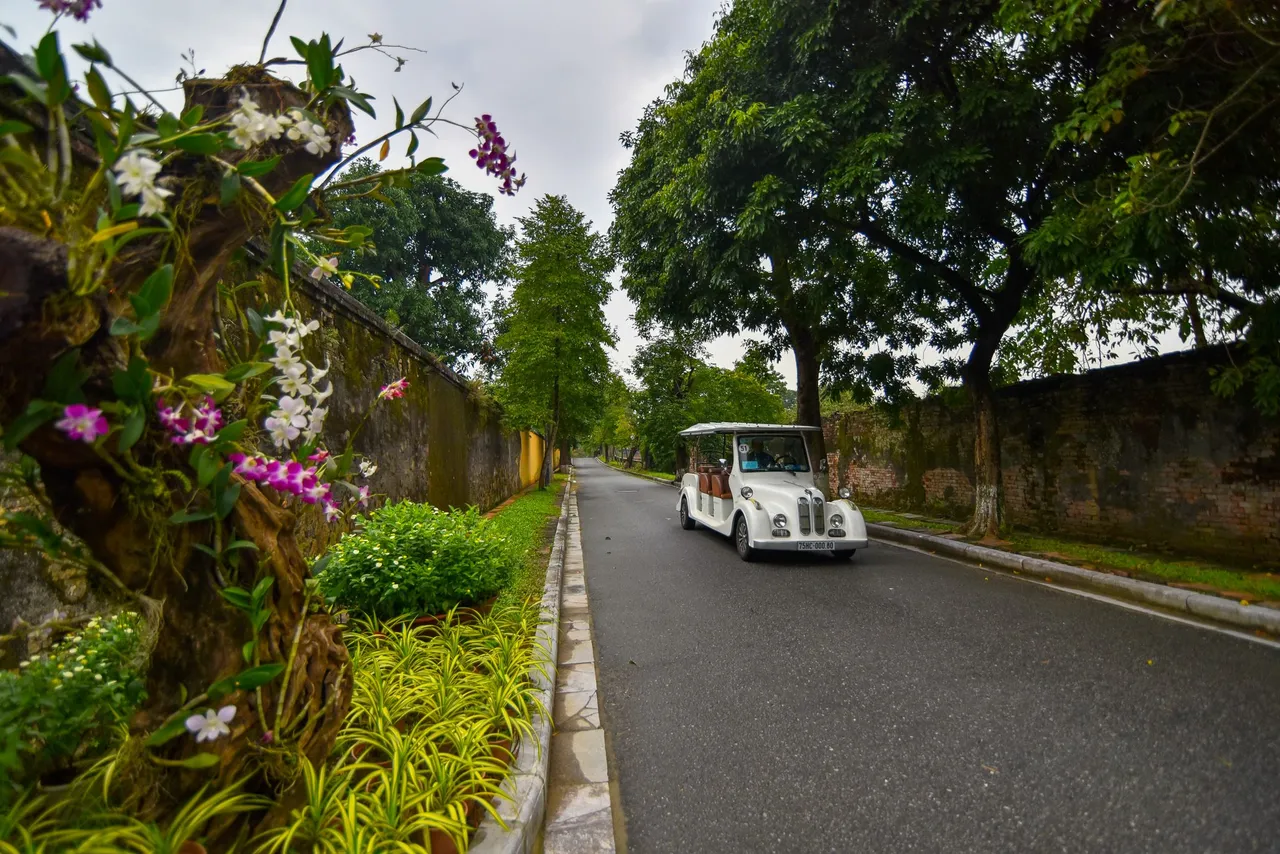
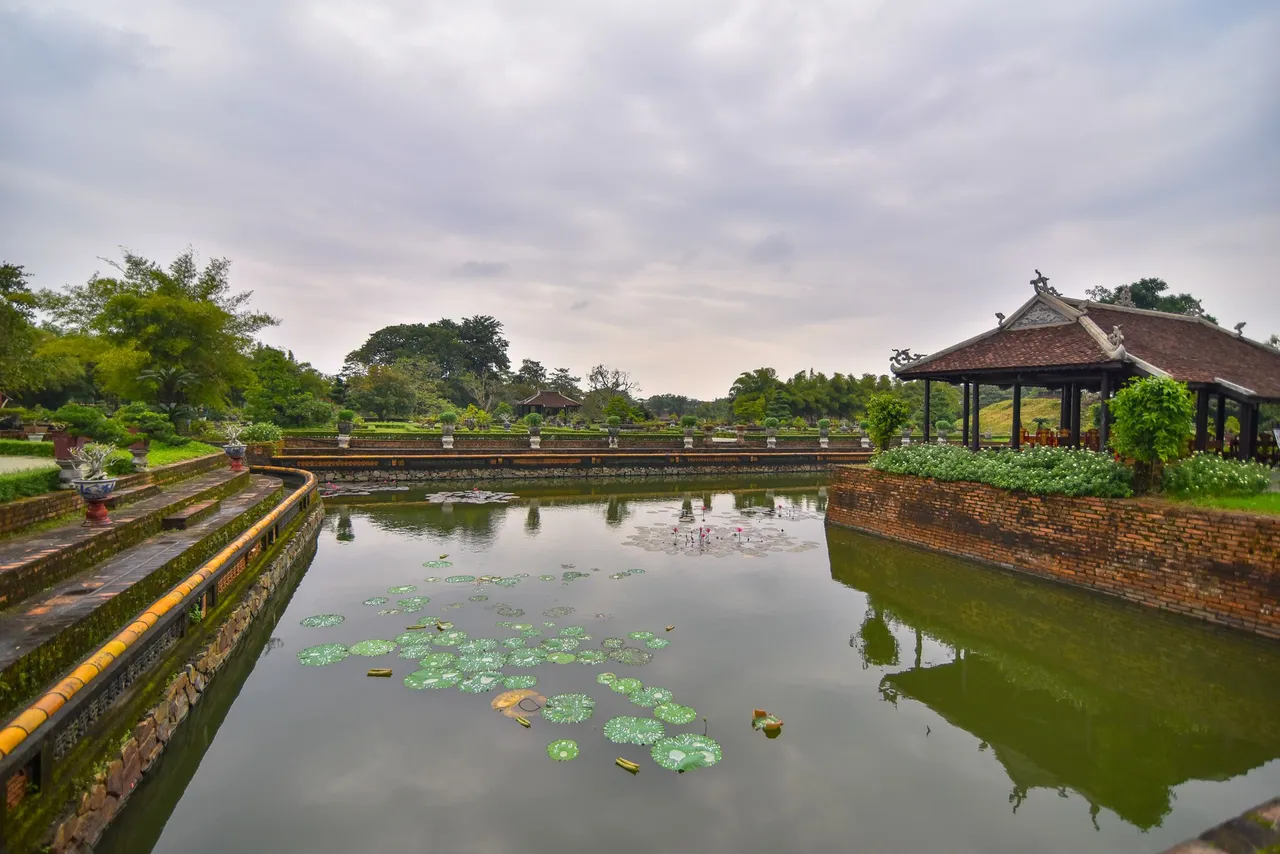
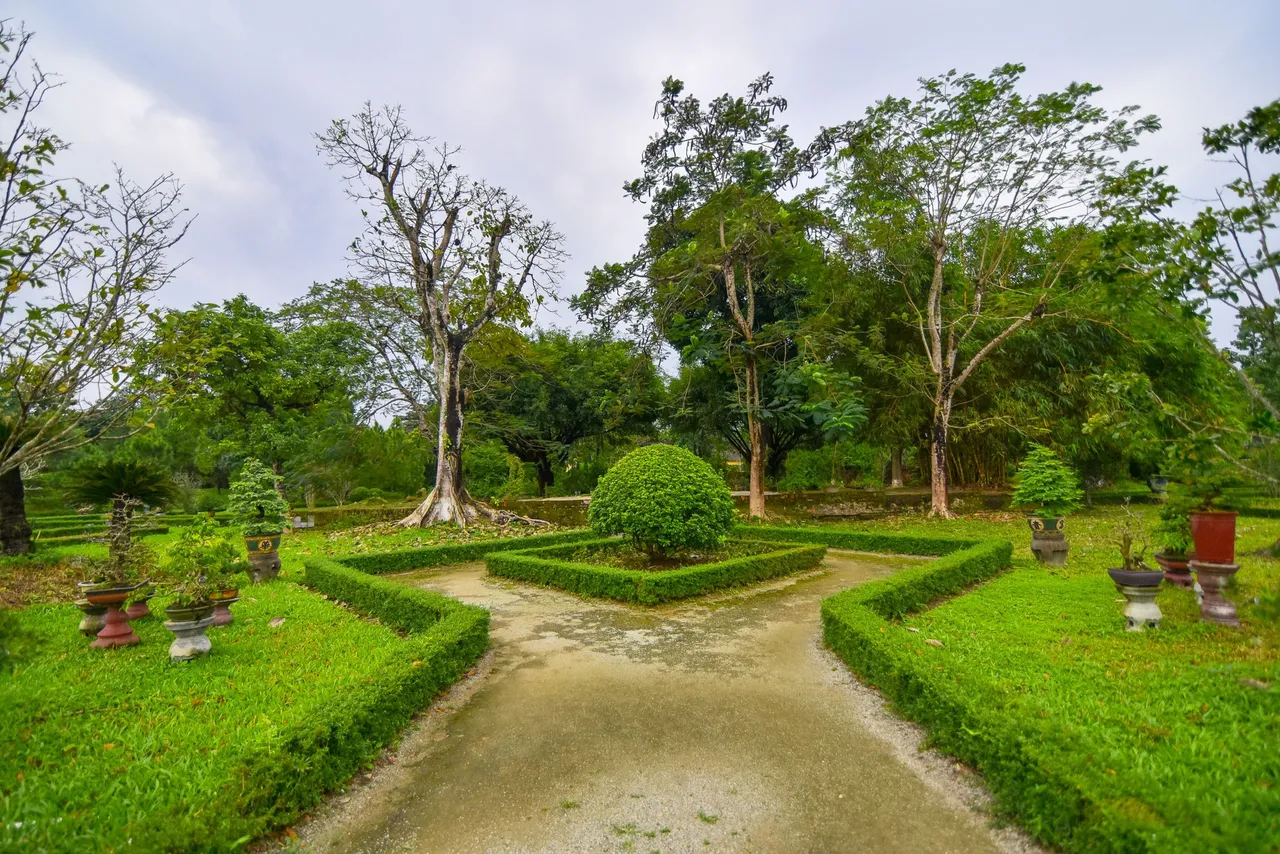
After visiting Dien Tho Palace, visitors will go to Hien Nhon Gate, which is the gate going out of Hue Citadel. In addition to the places that I have introduced in today's article, there are many places in Hue Citadel that I have not updated in today's article, maybe I will have another article and earn many pictures. more photos, to talk about the rest of the locations. Today's article of Khoa comes to an end, thank you everyone for viewing Khoa's article today. See you all in the next articles on Vietnamese history.

